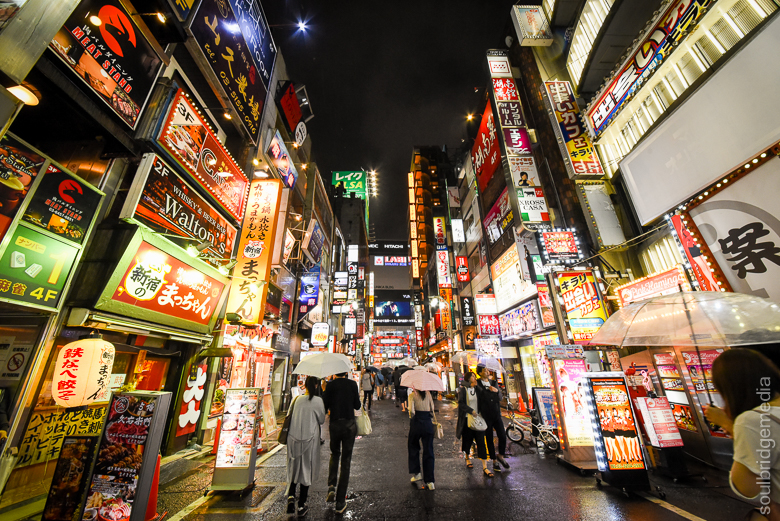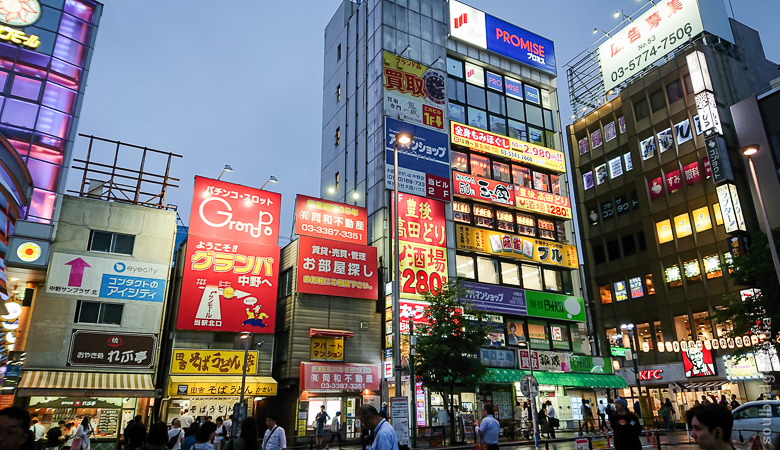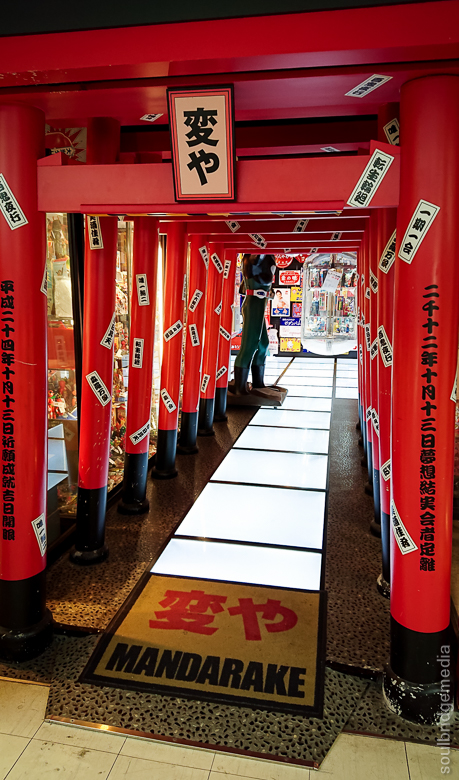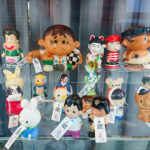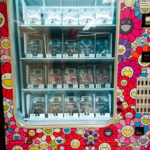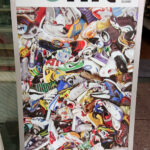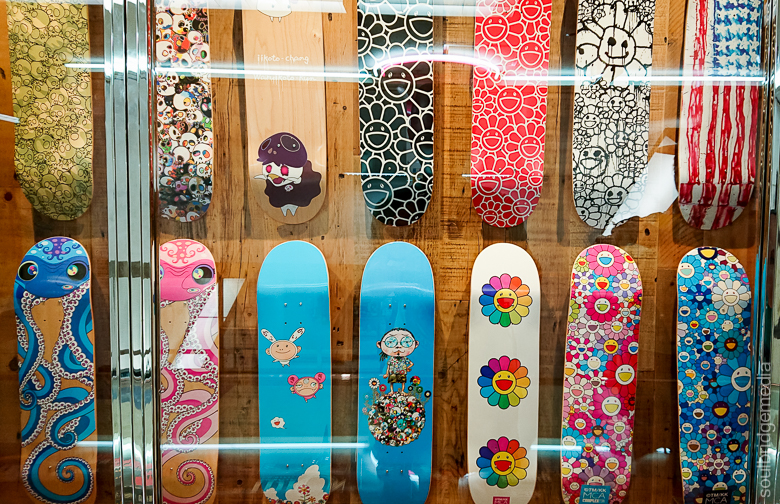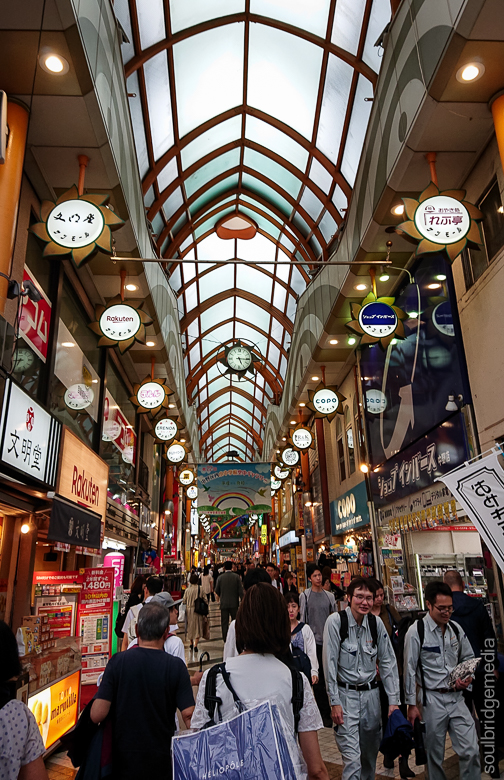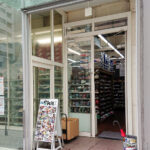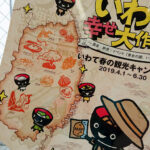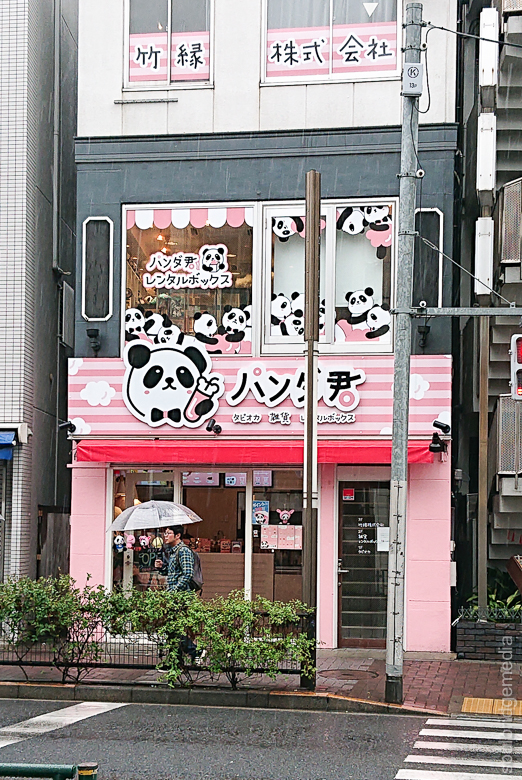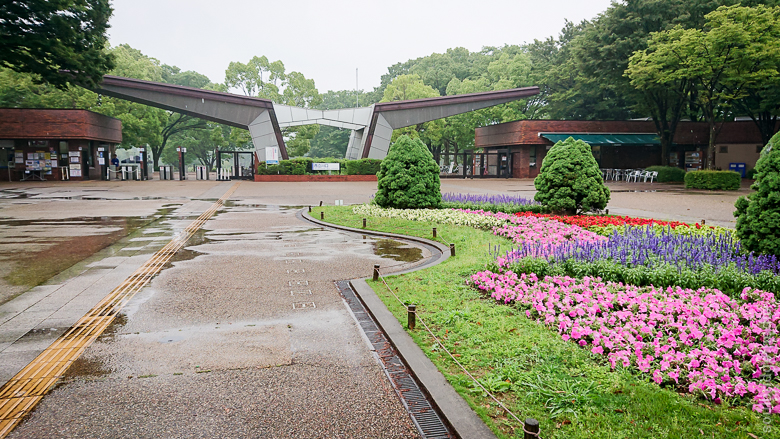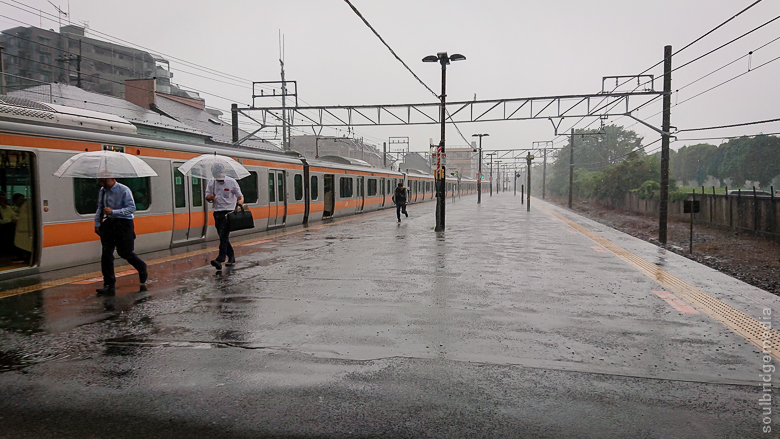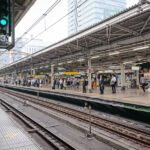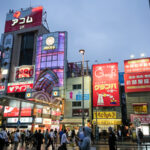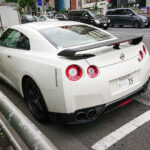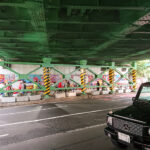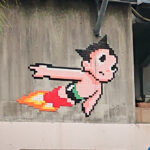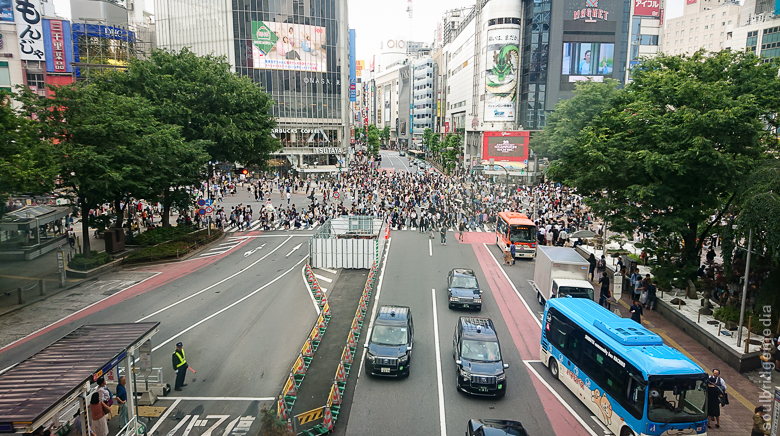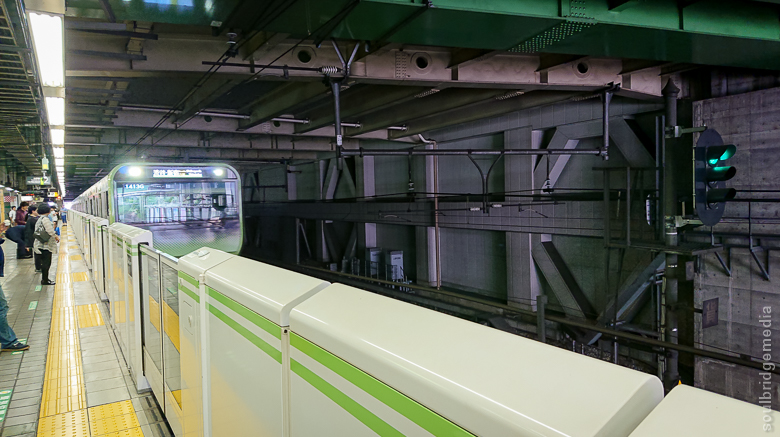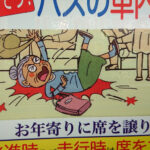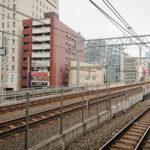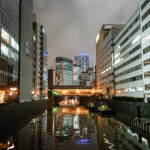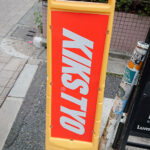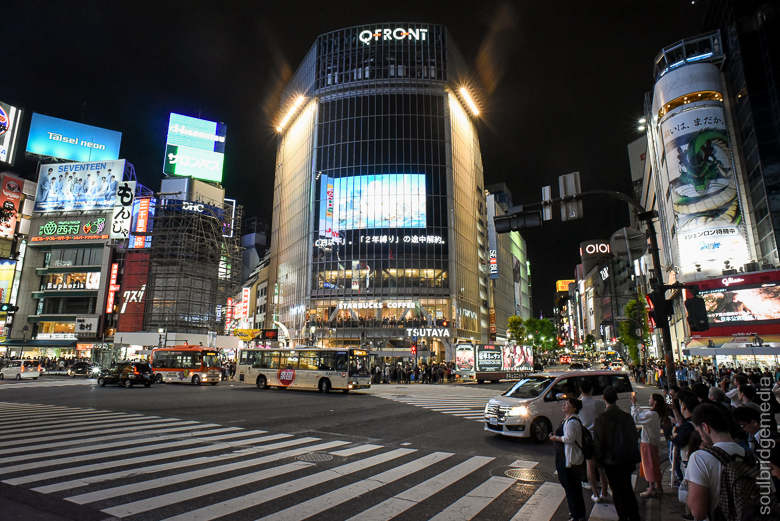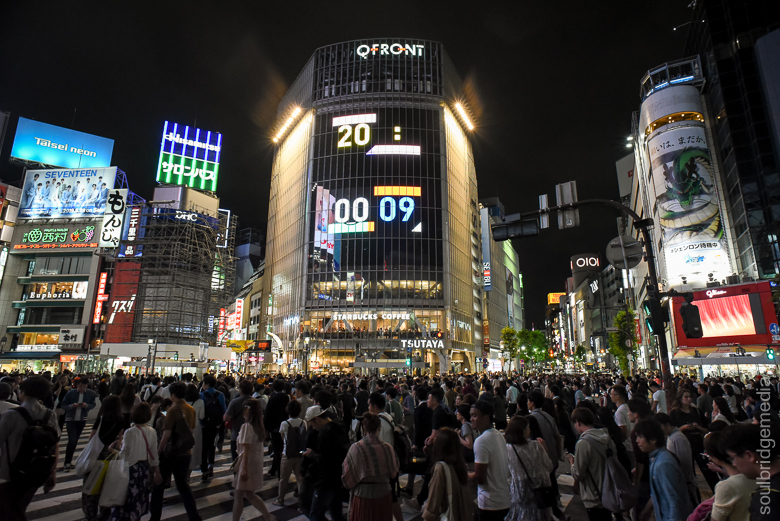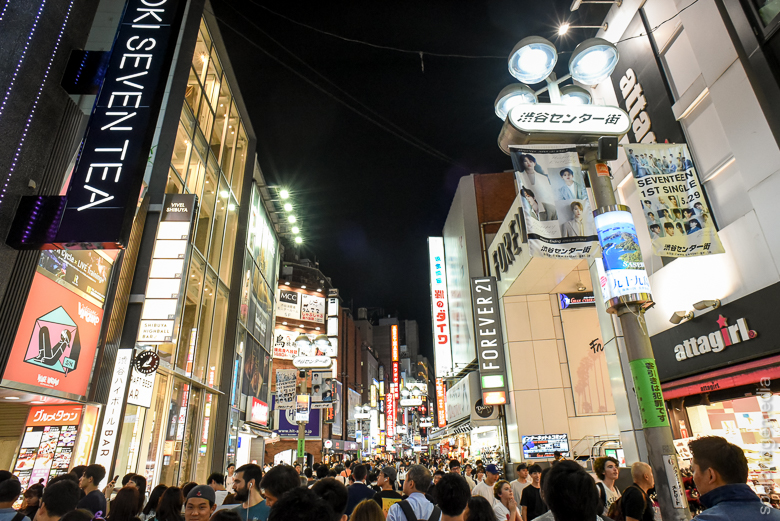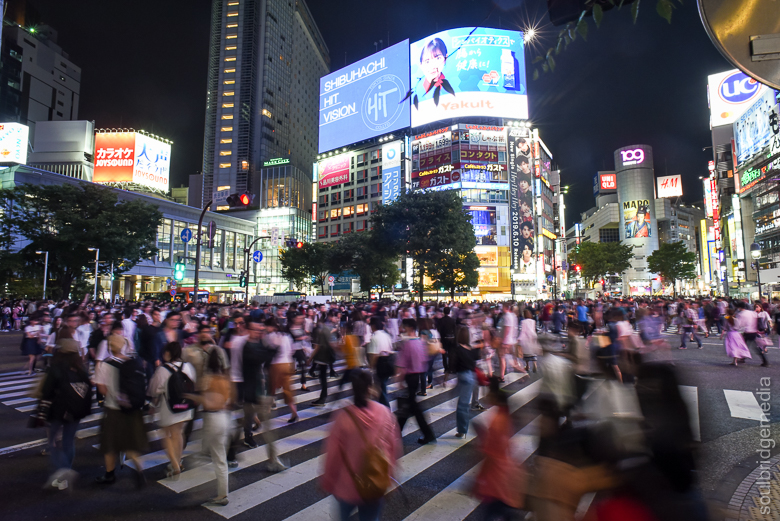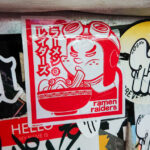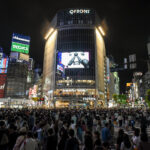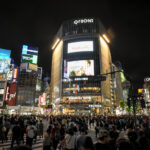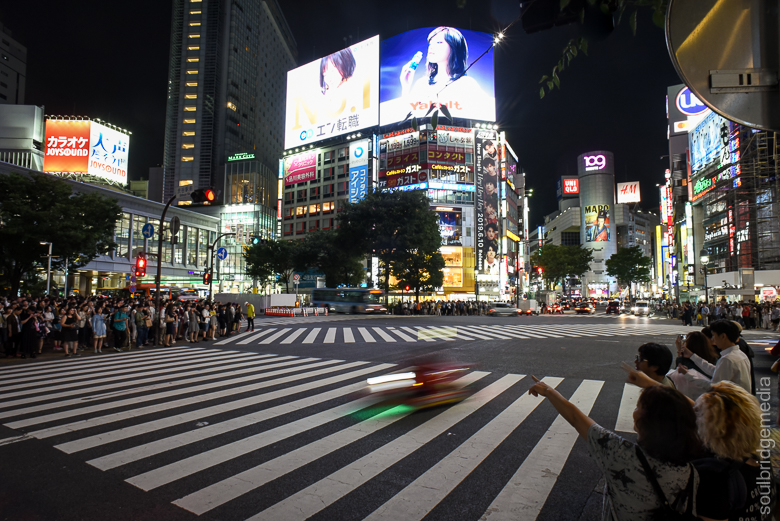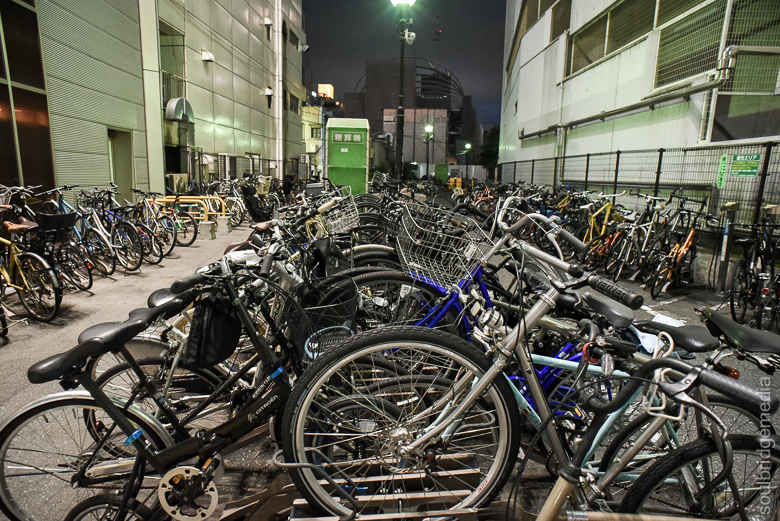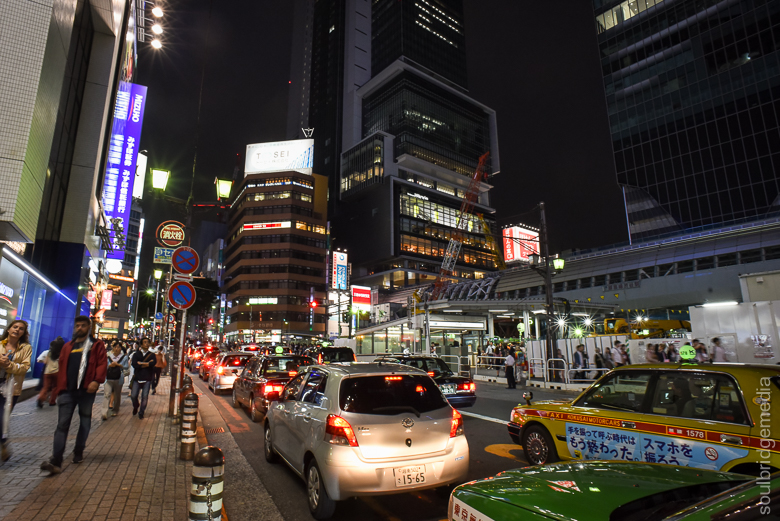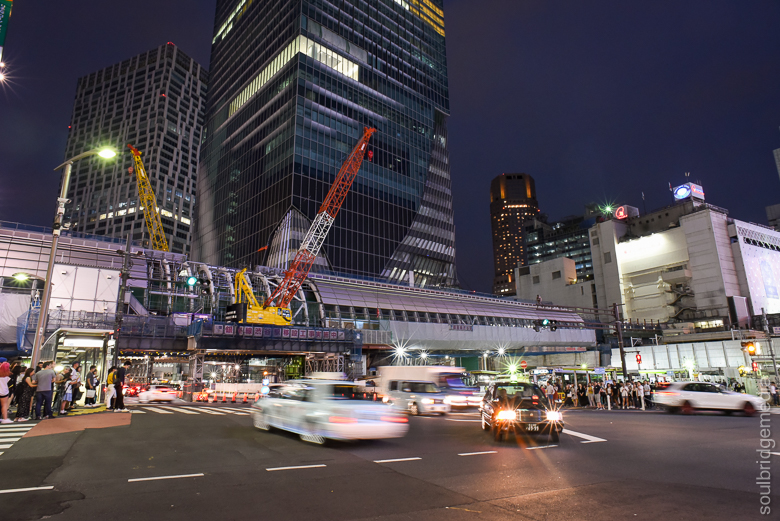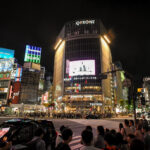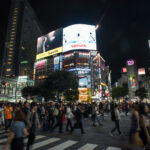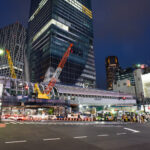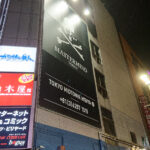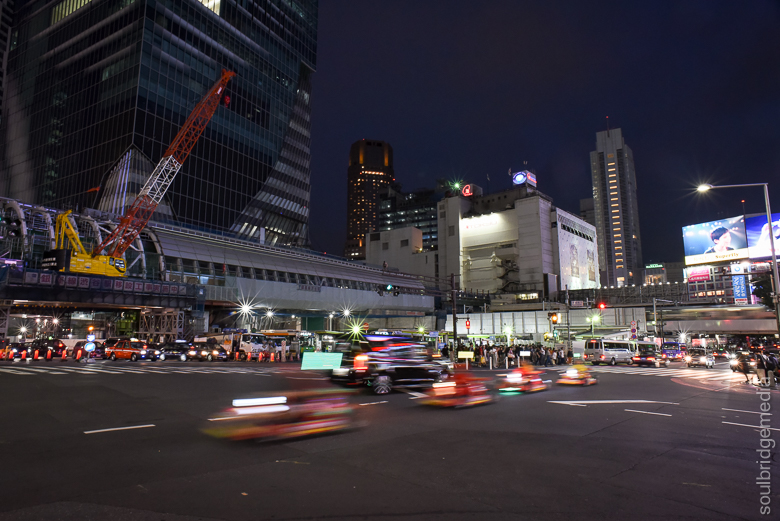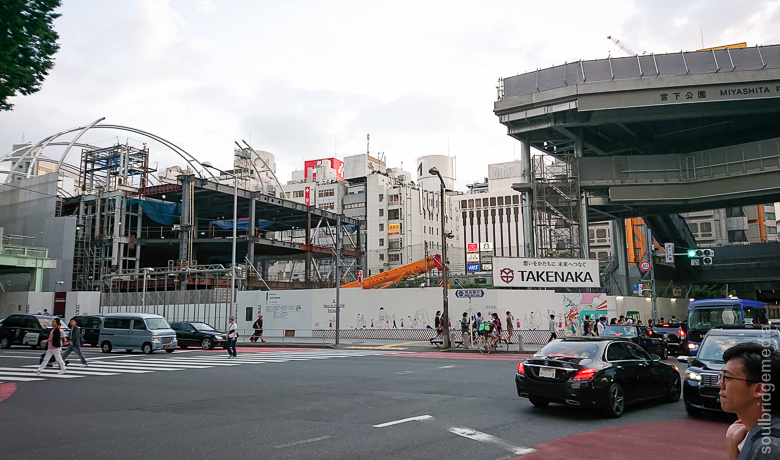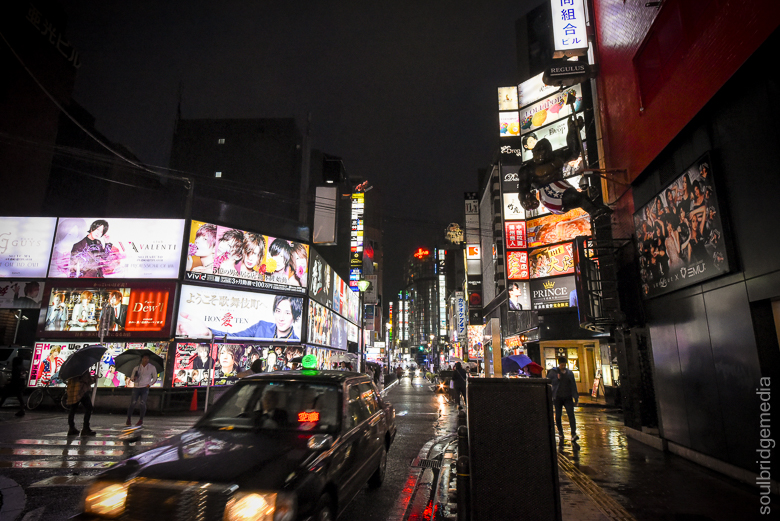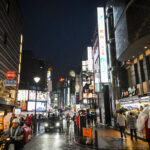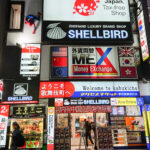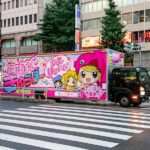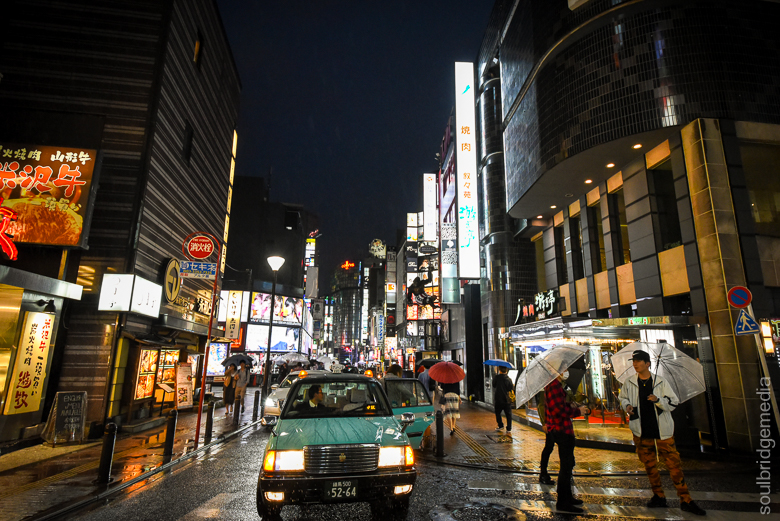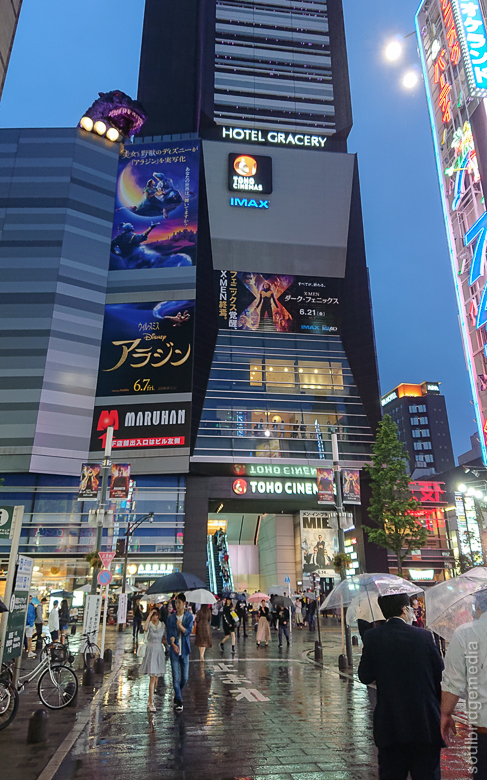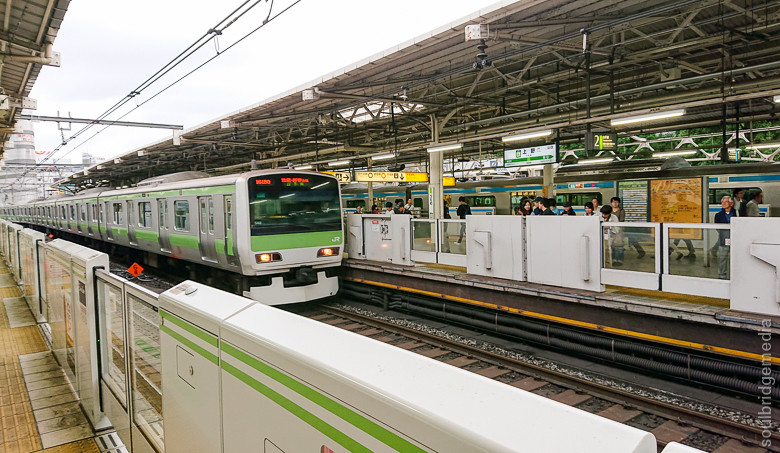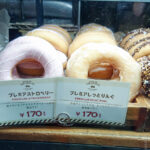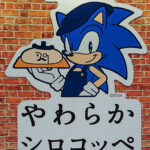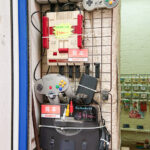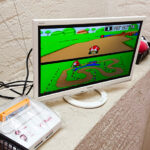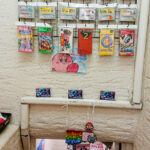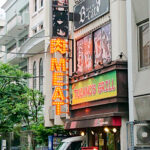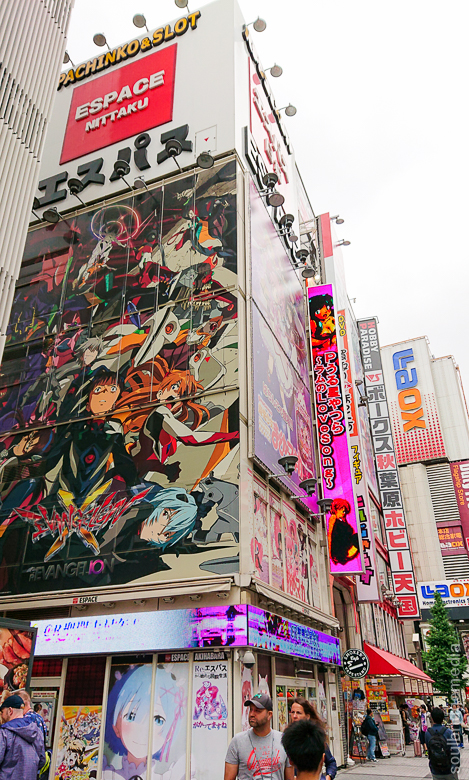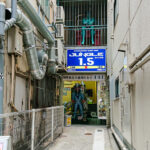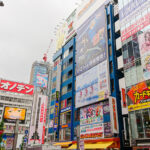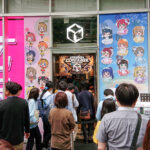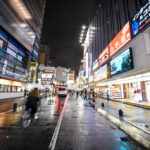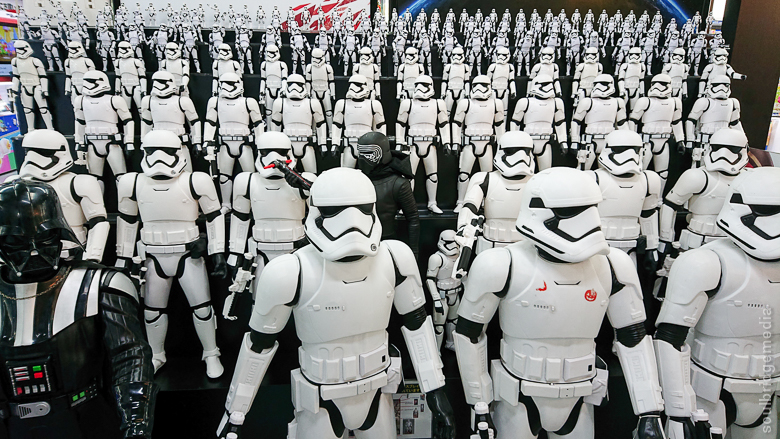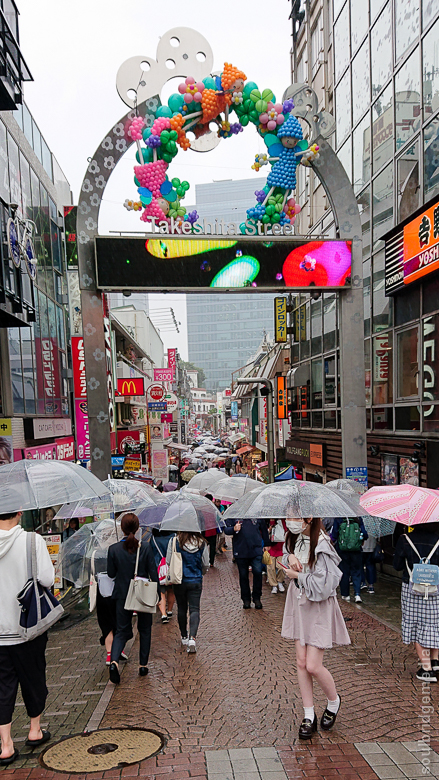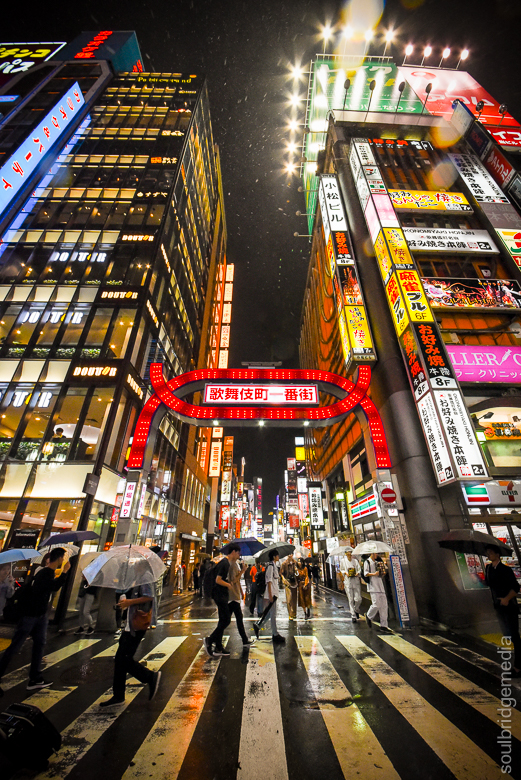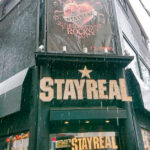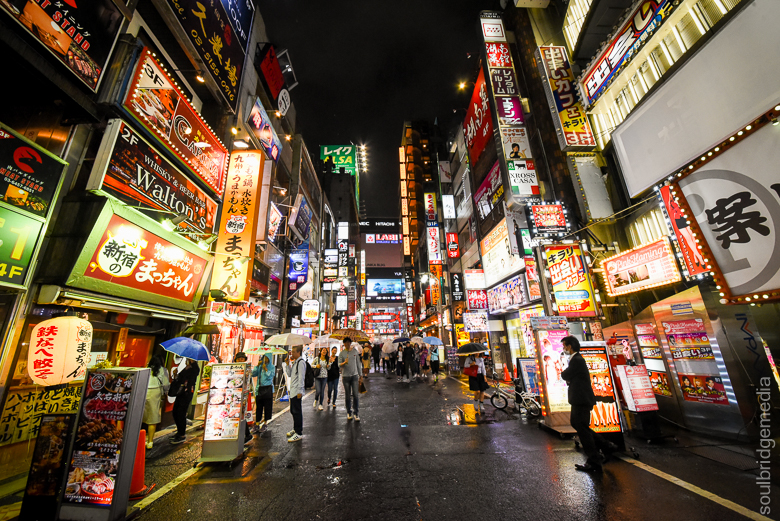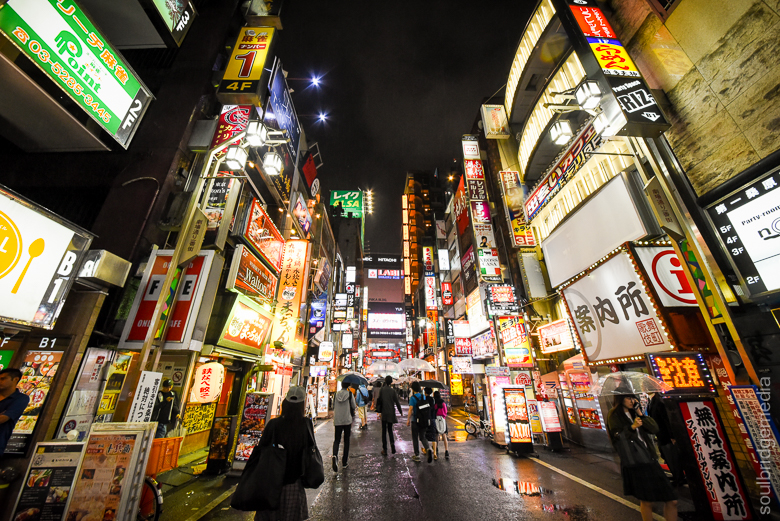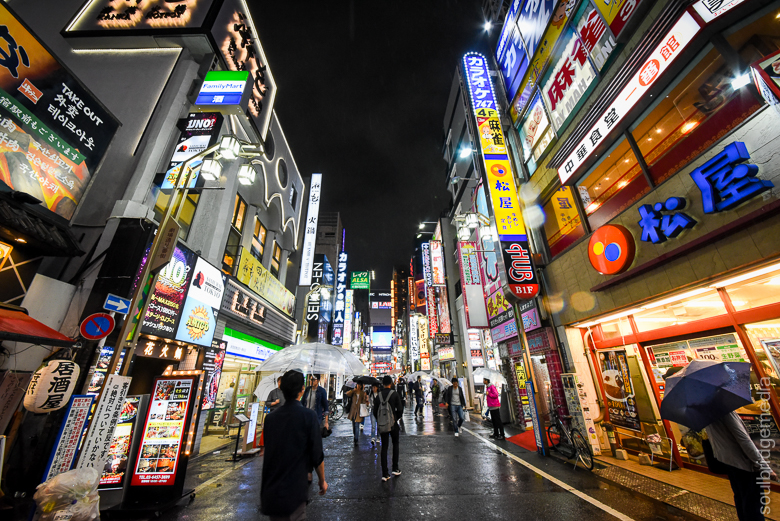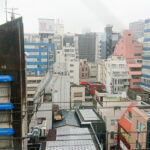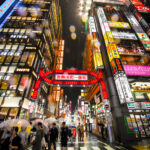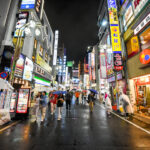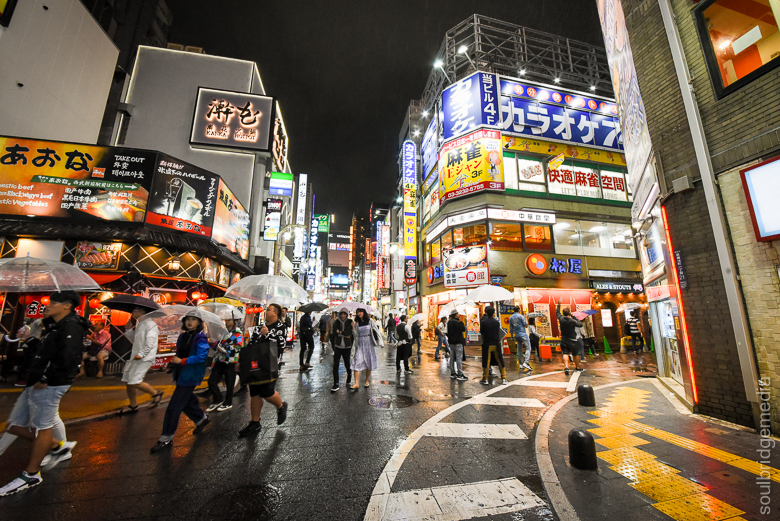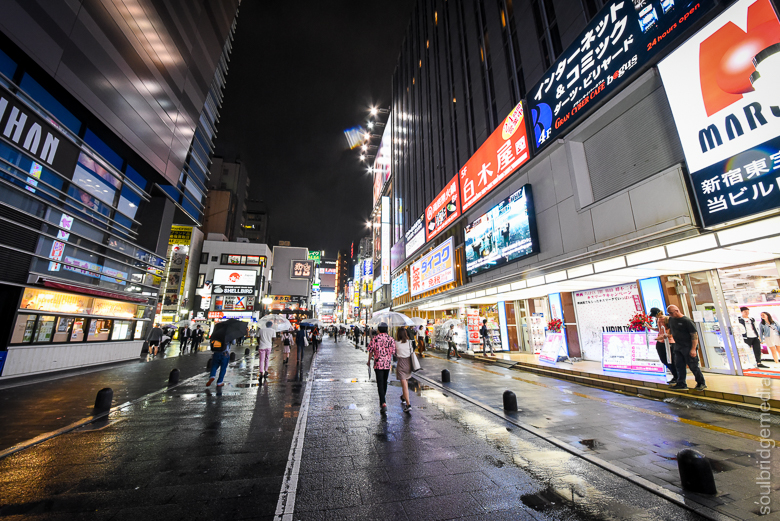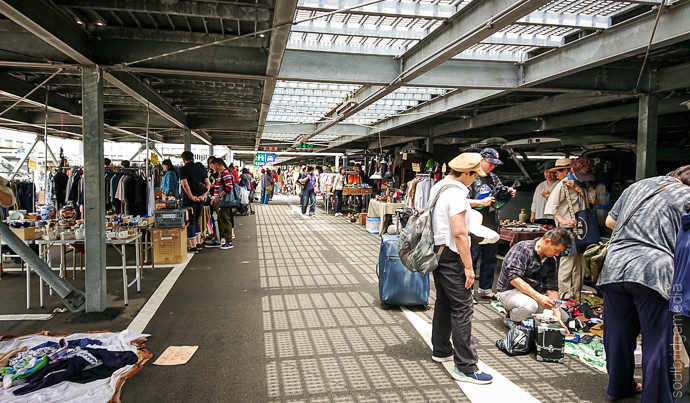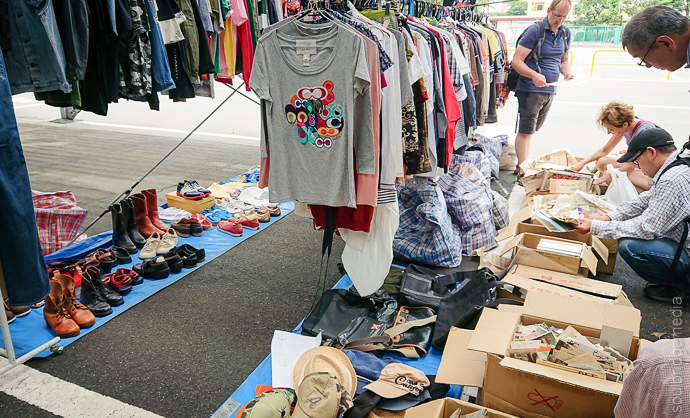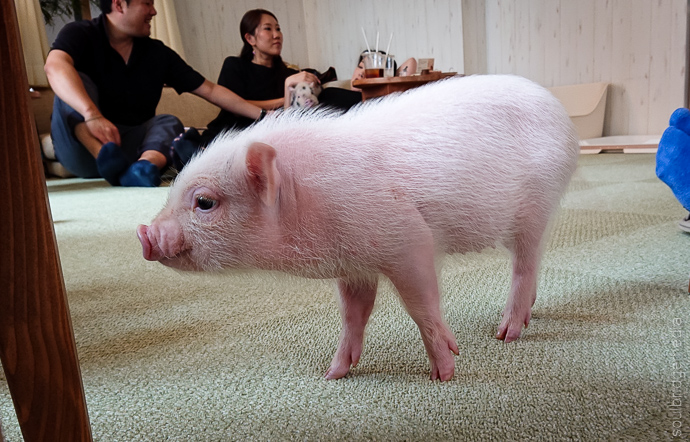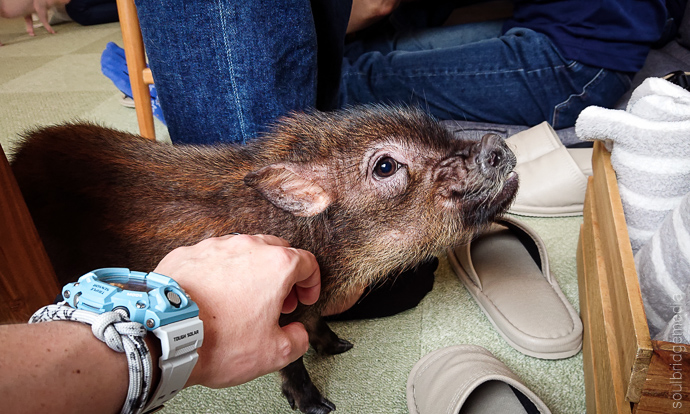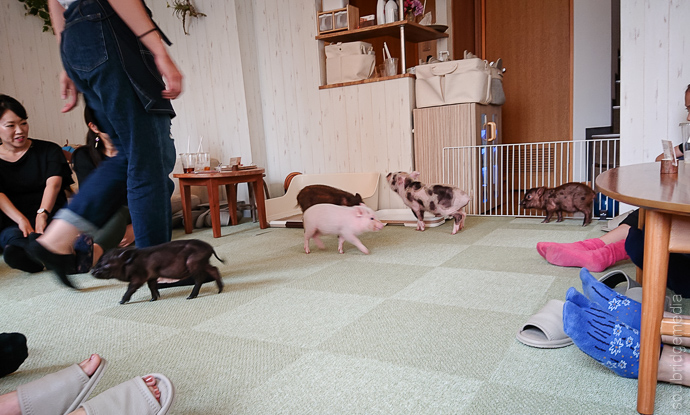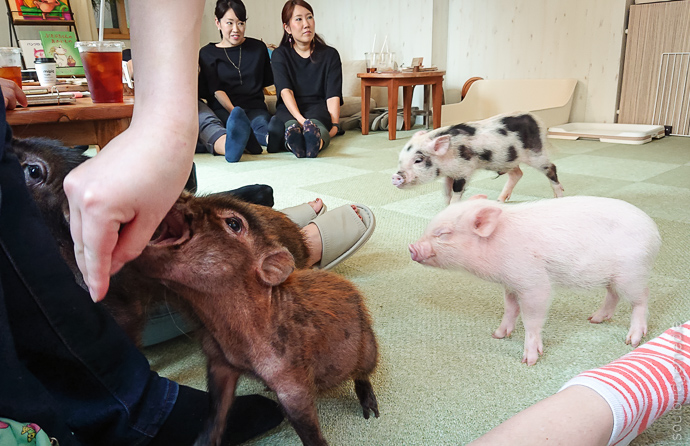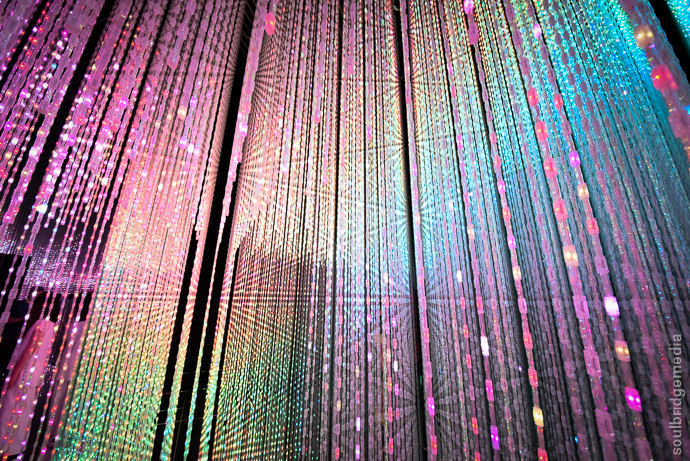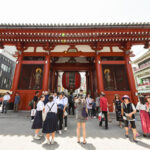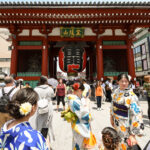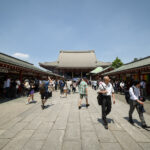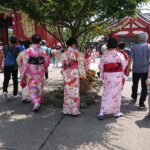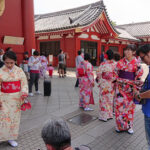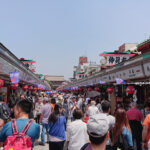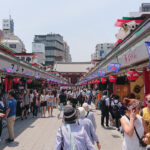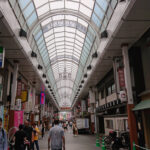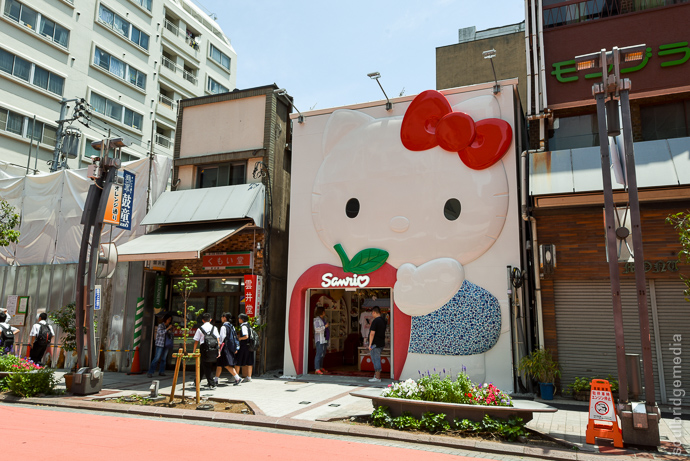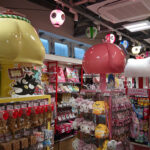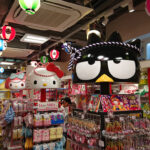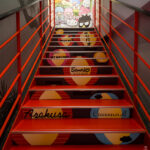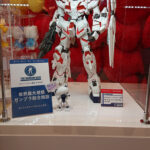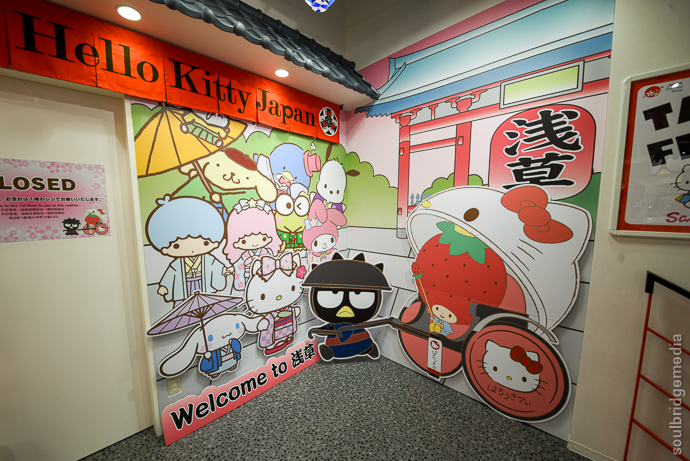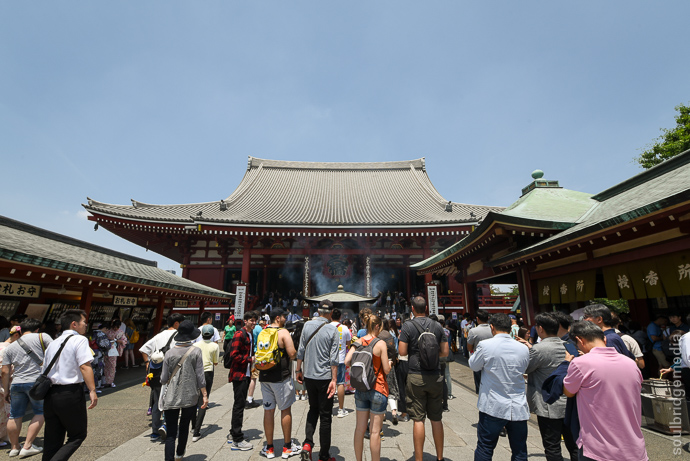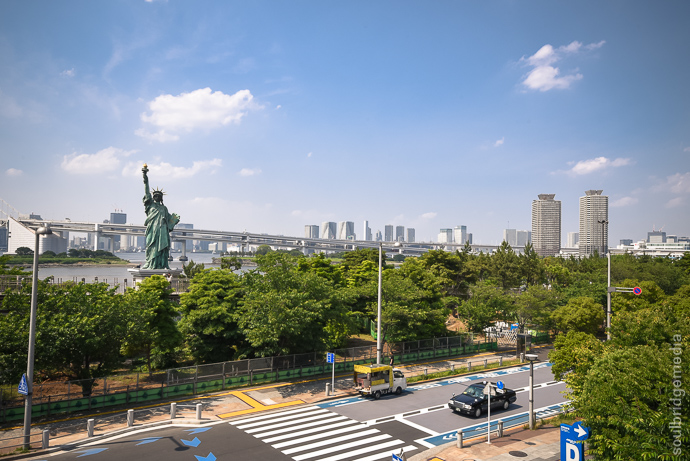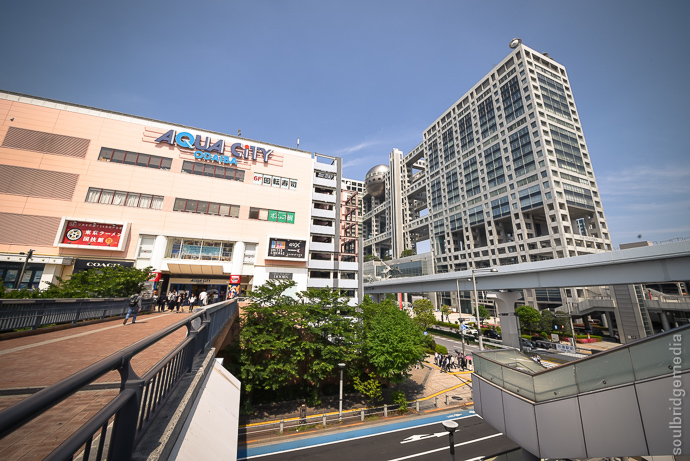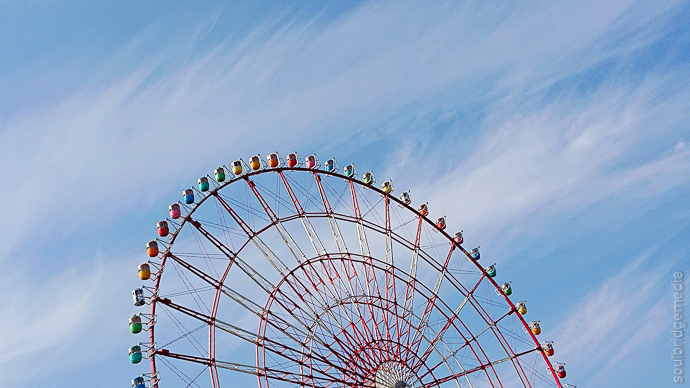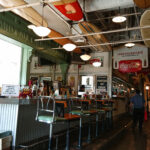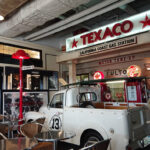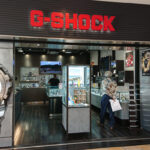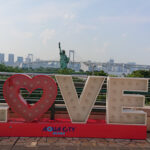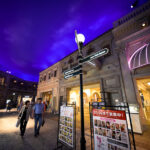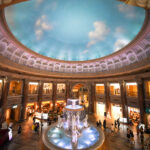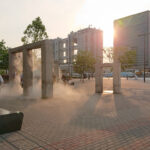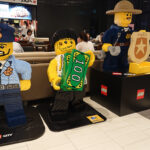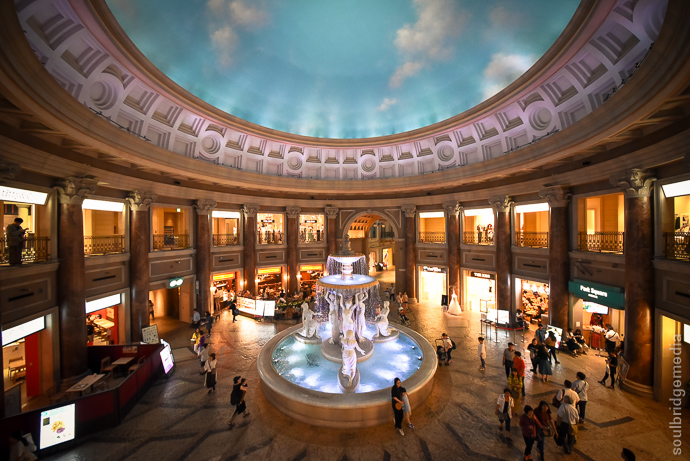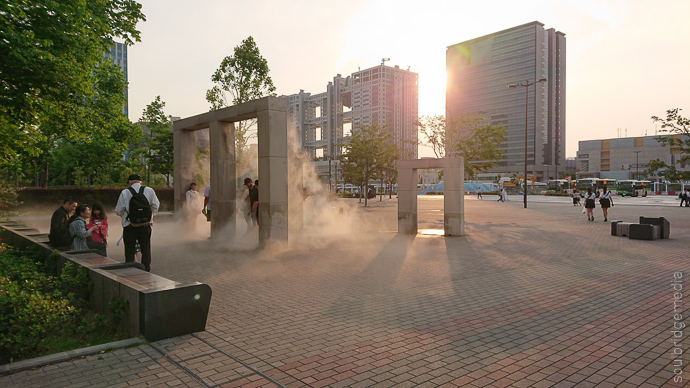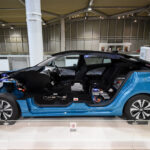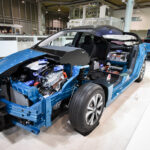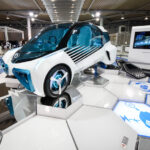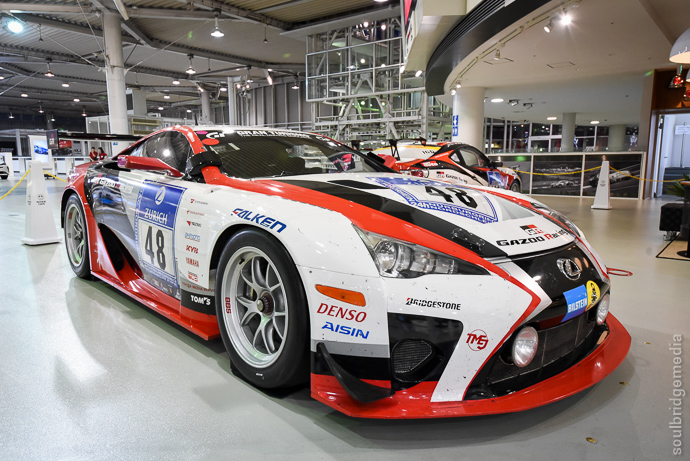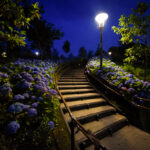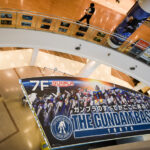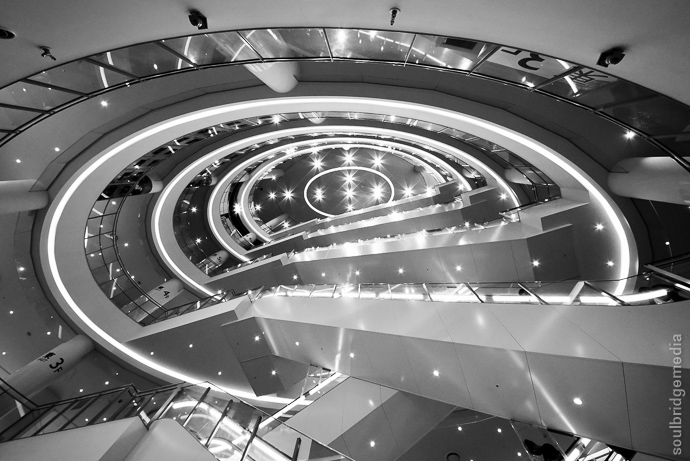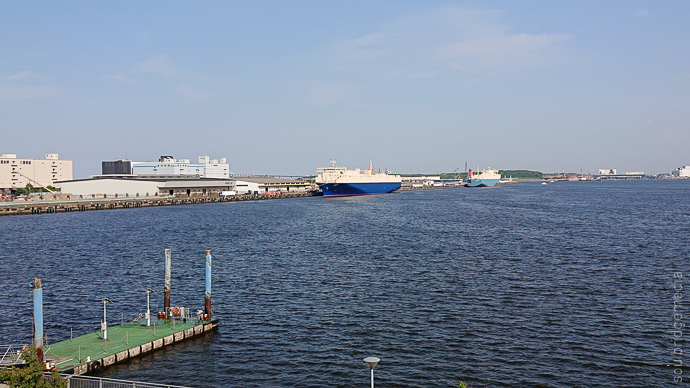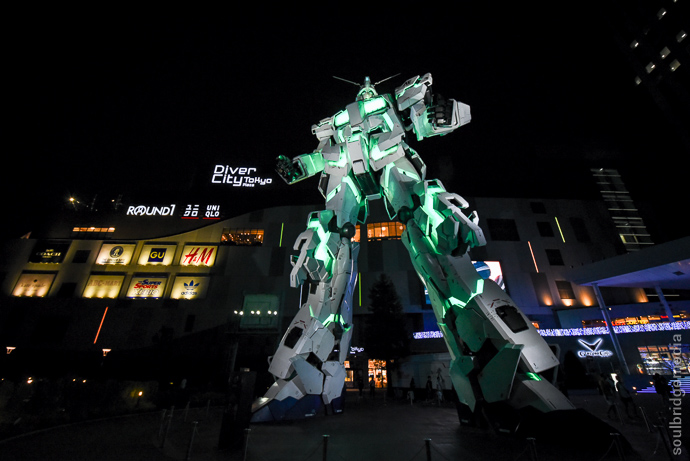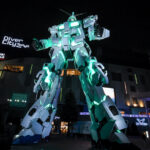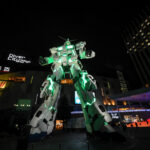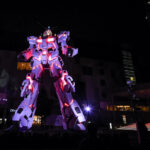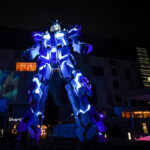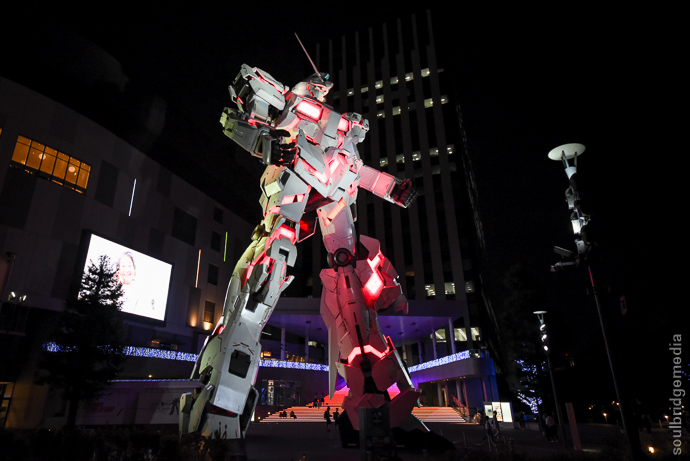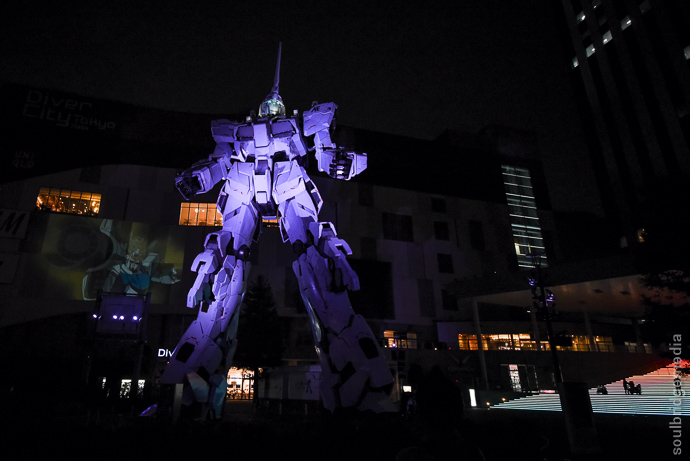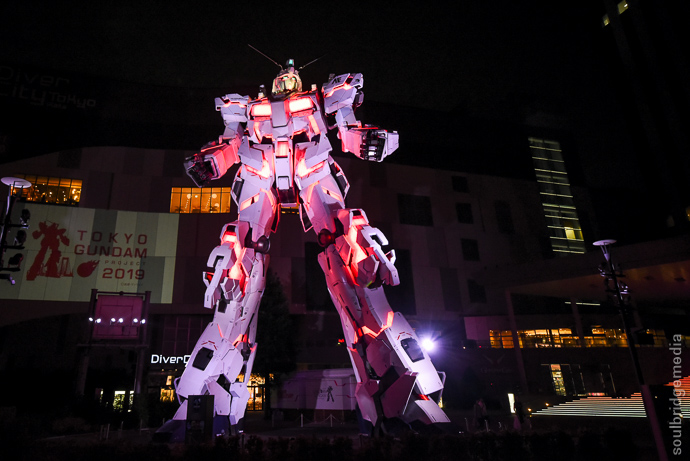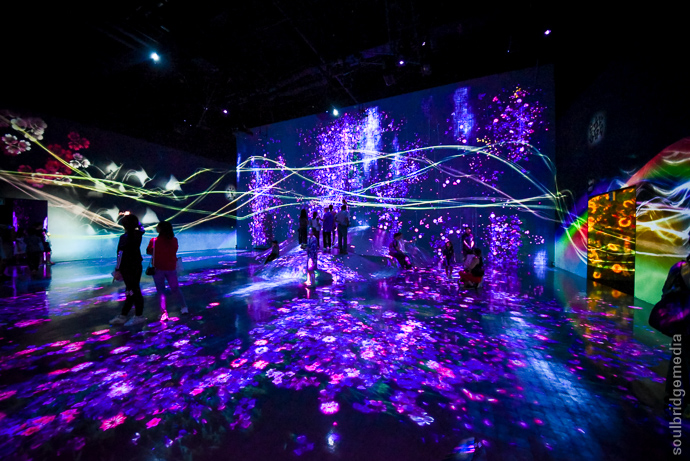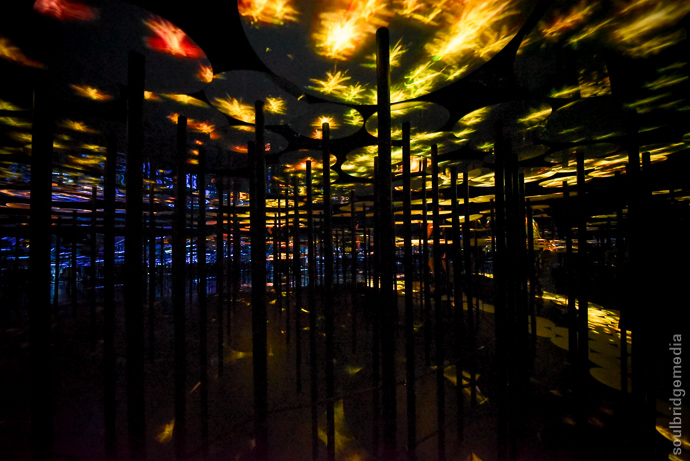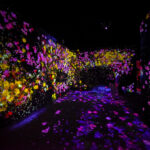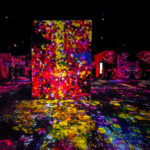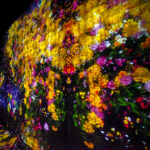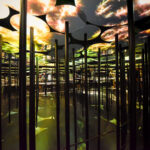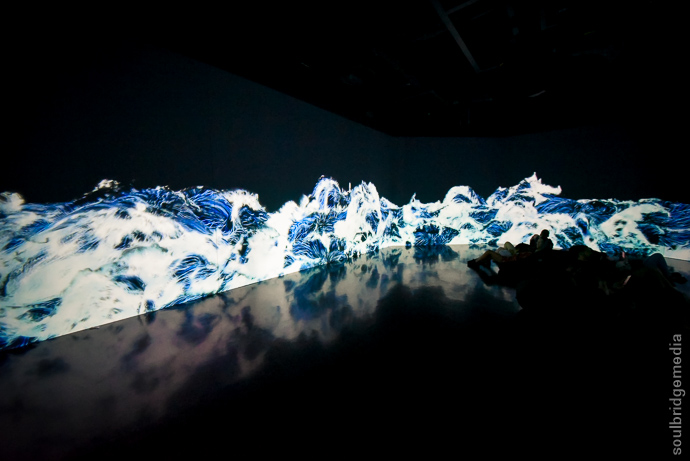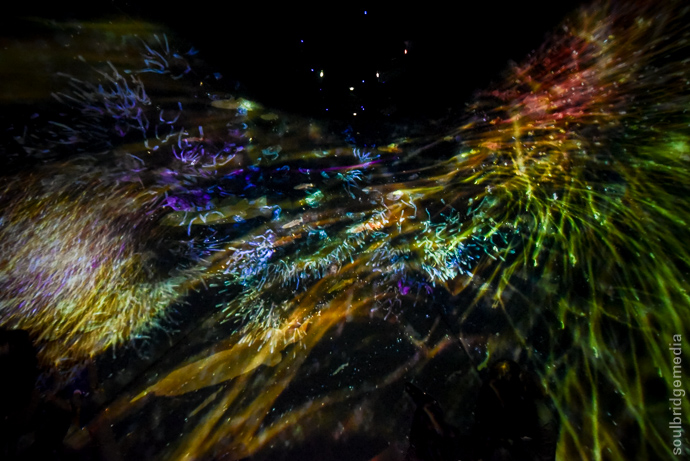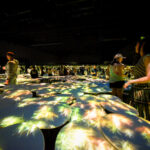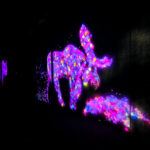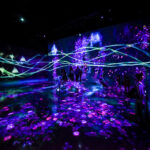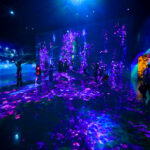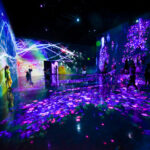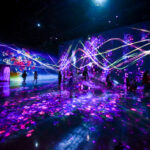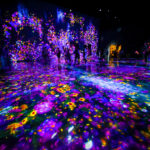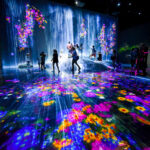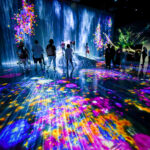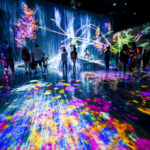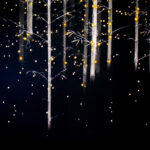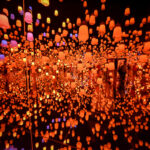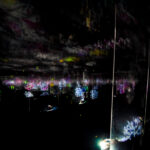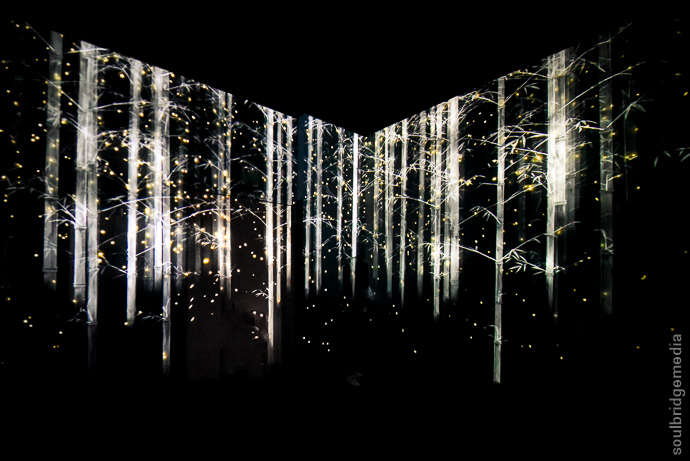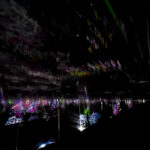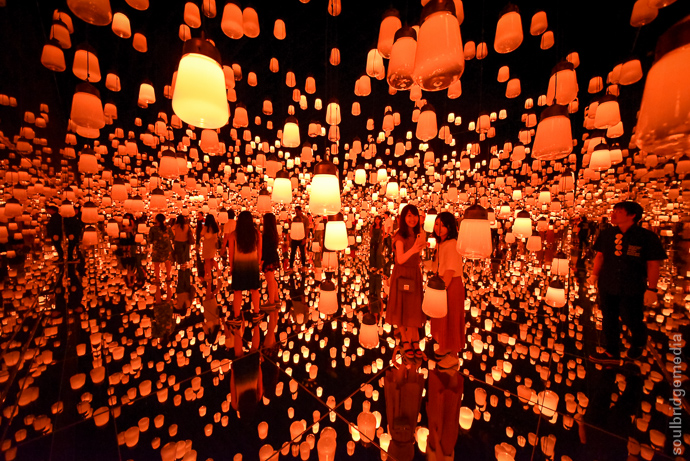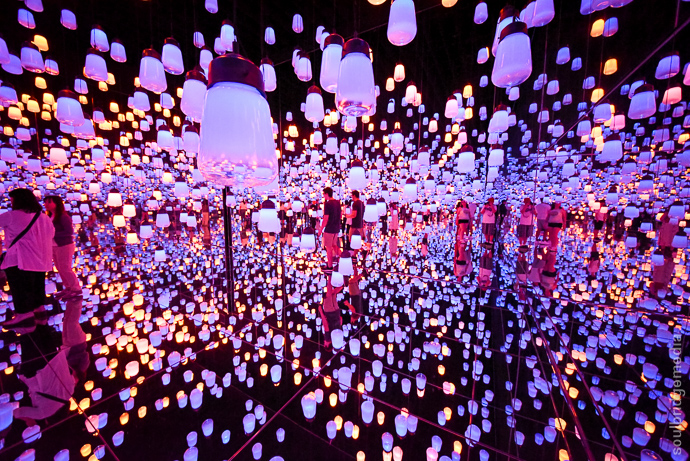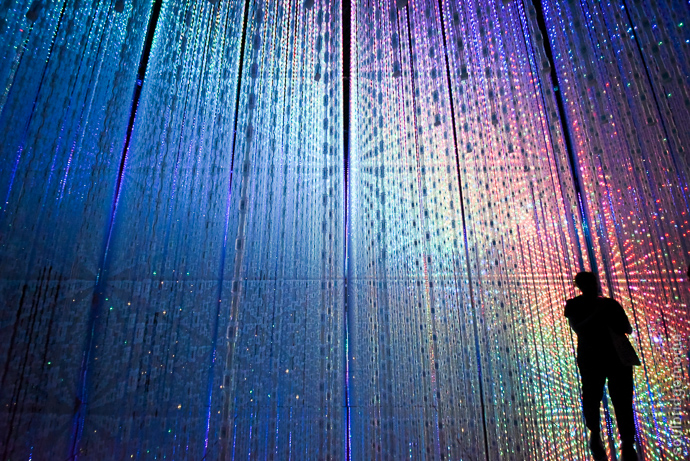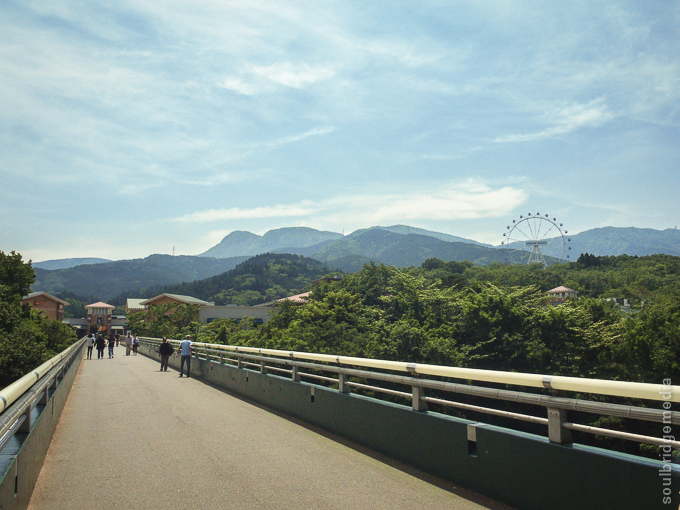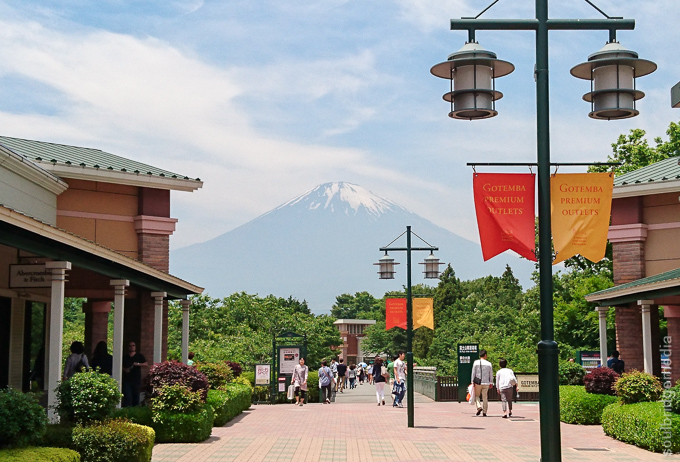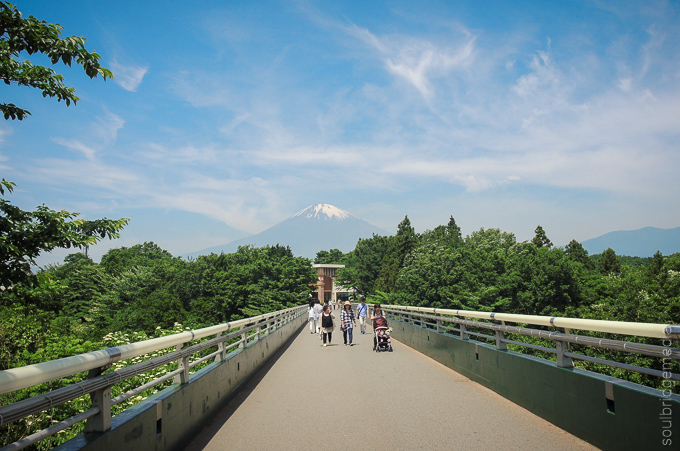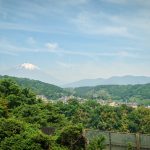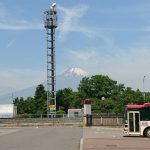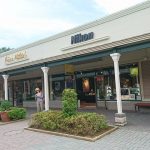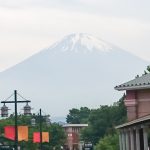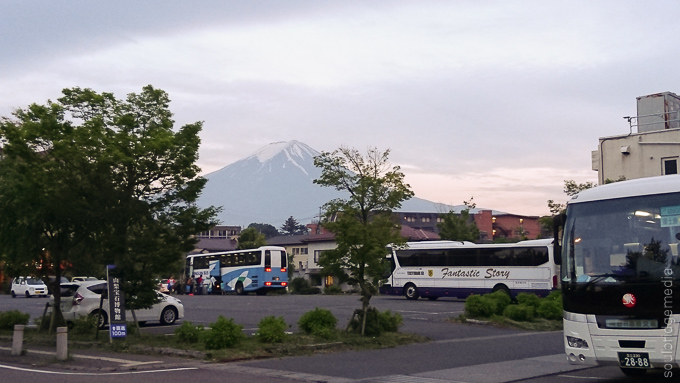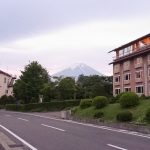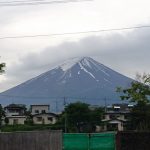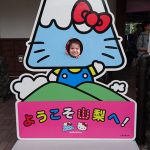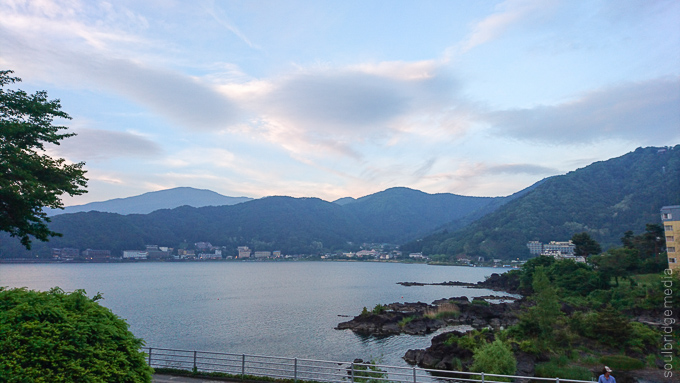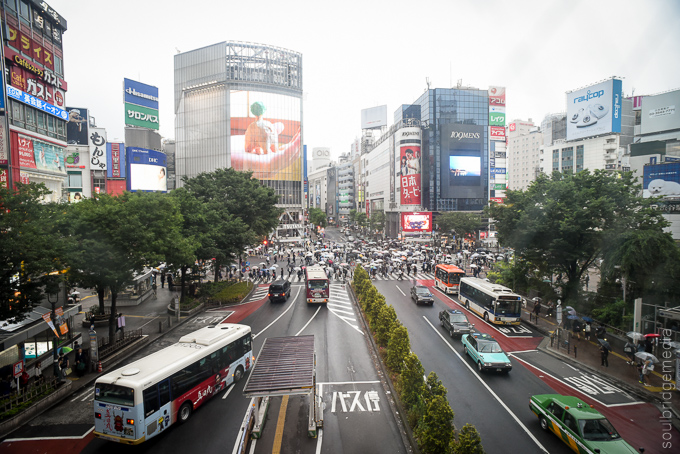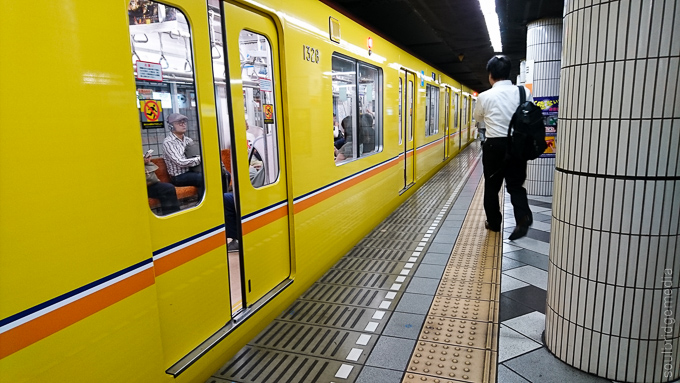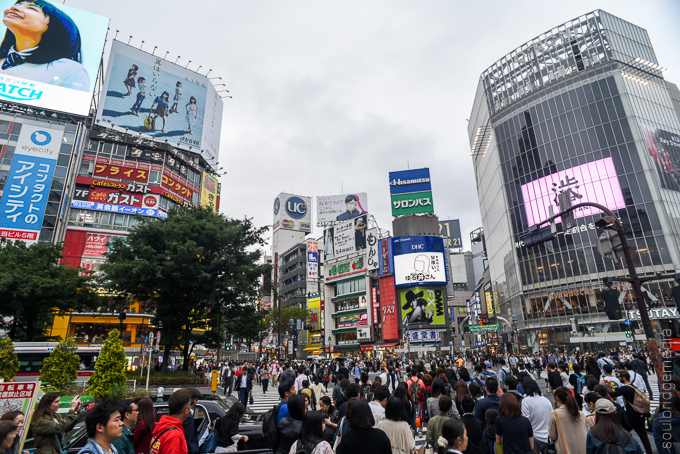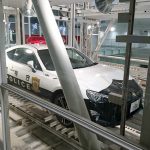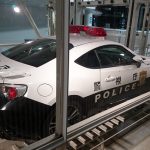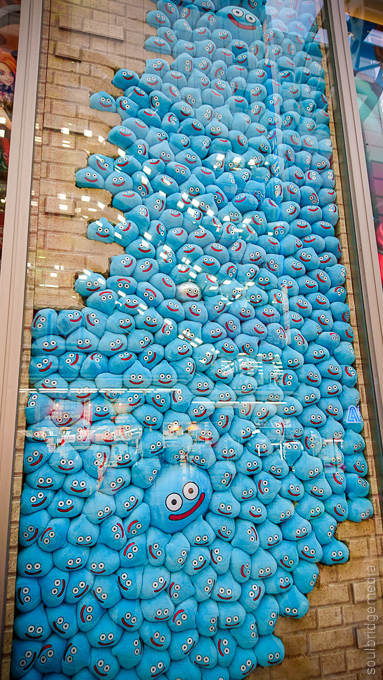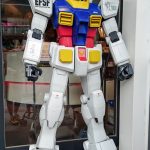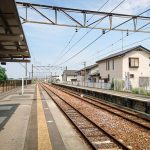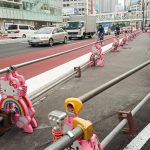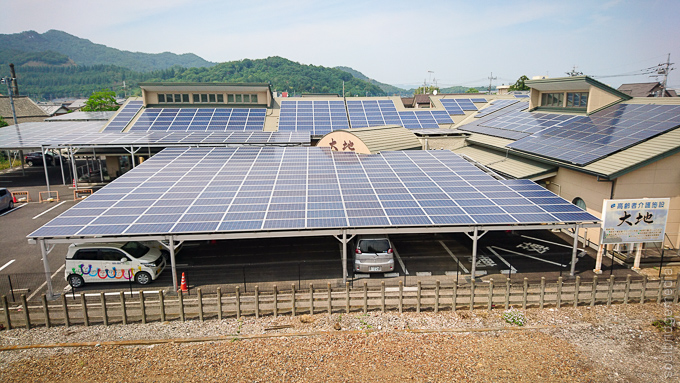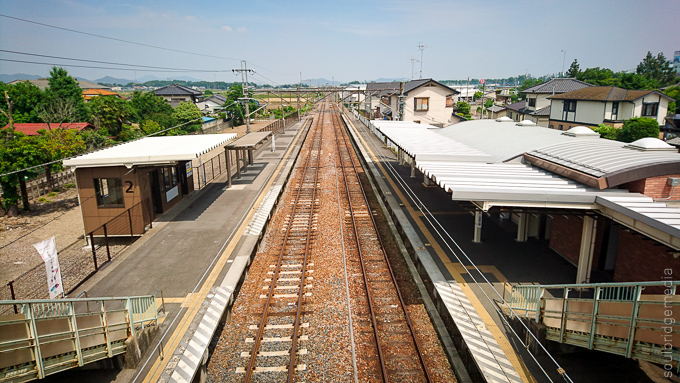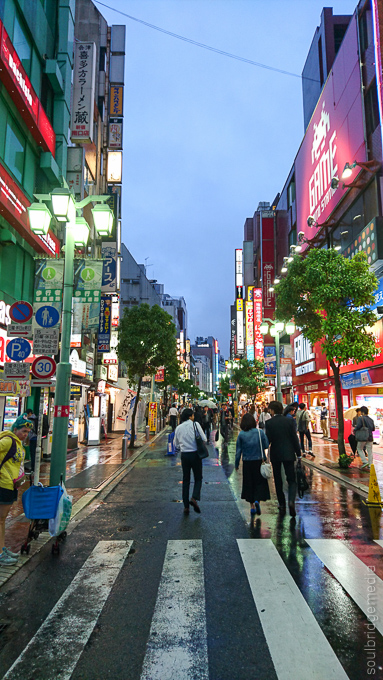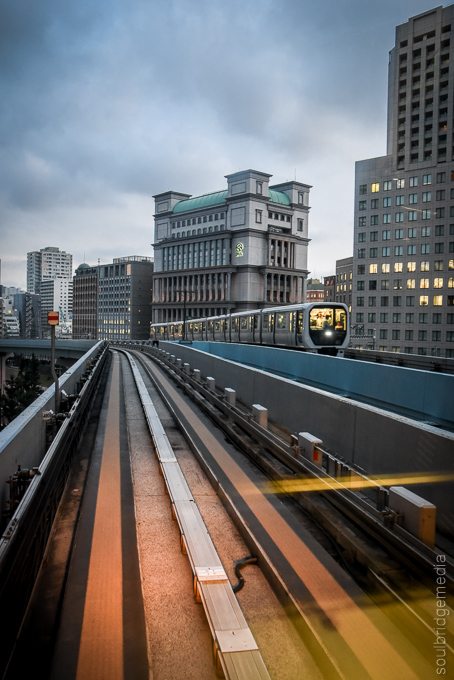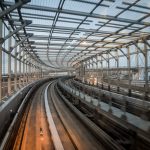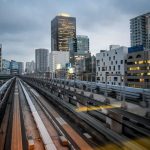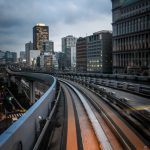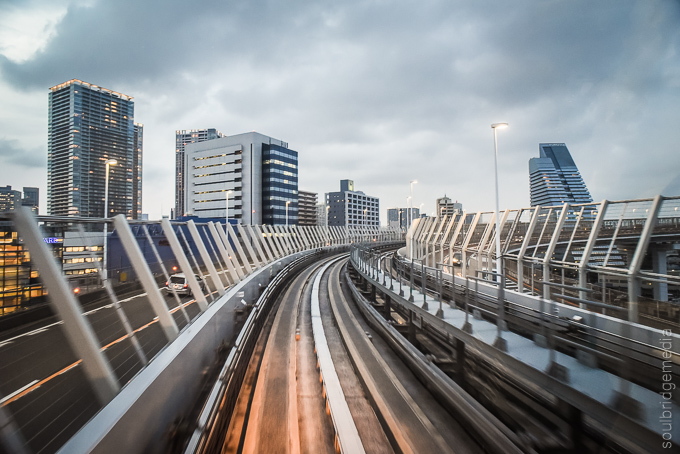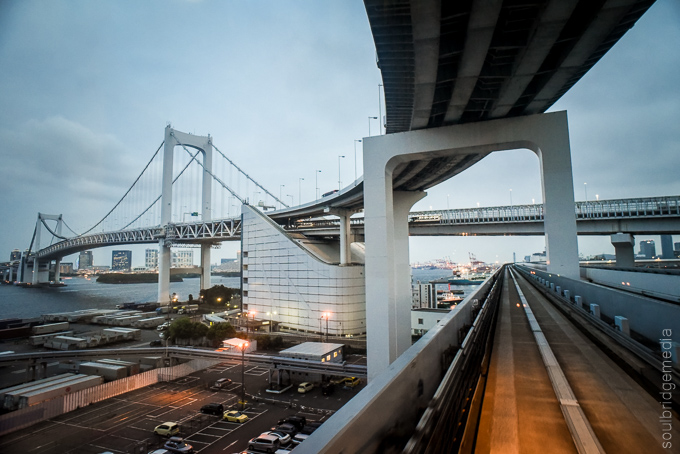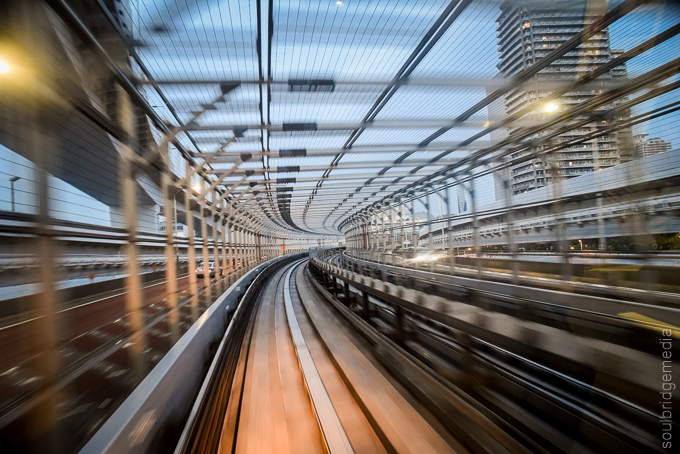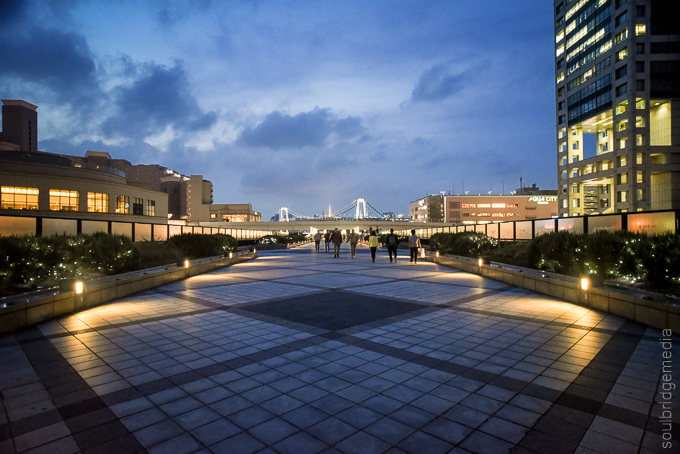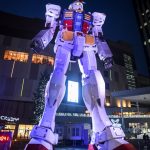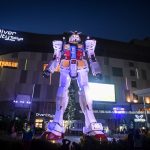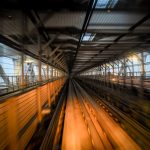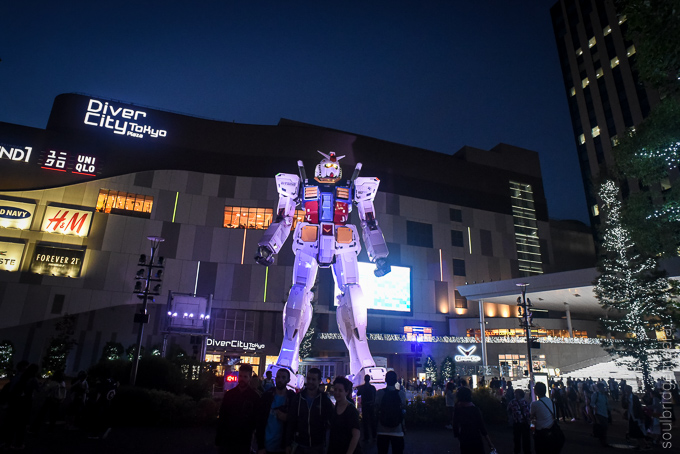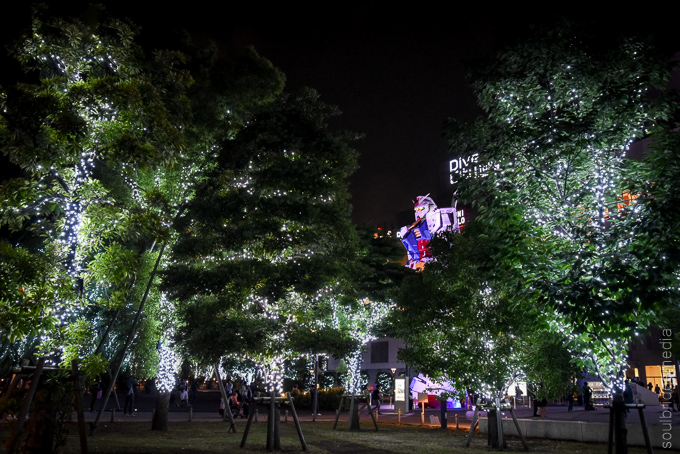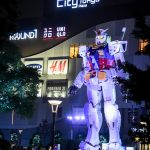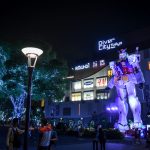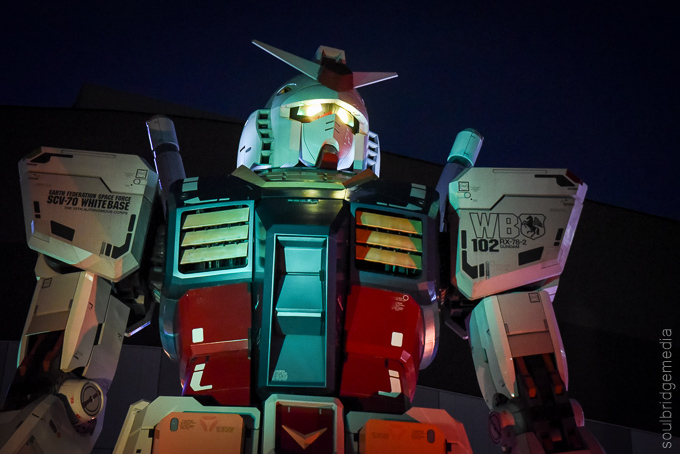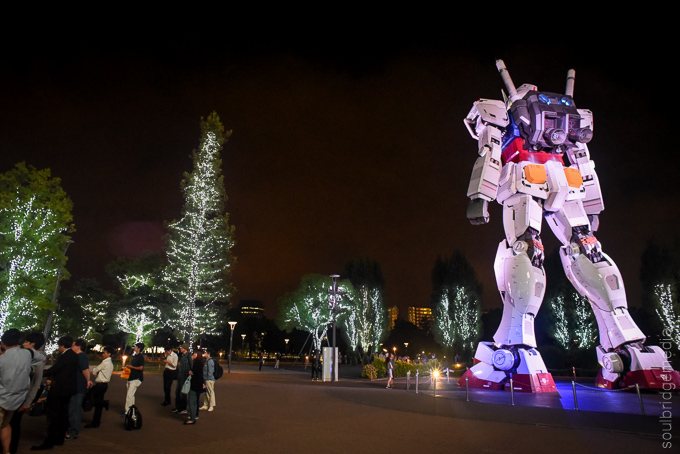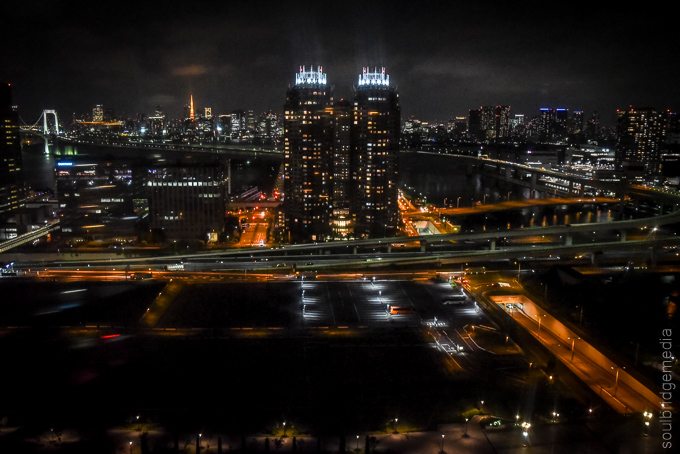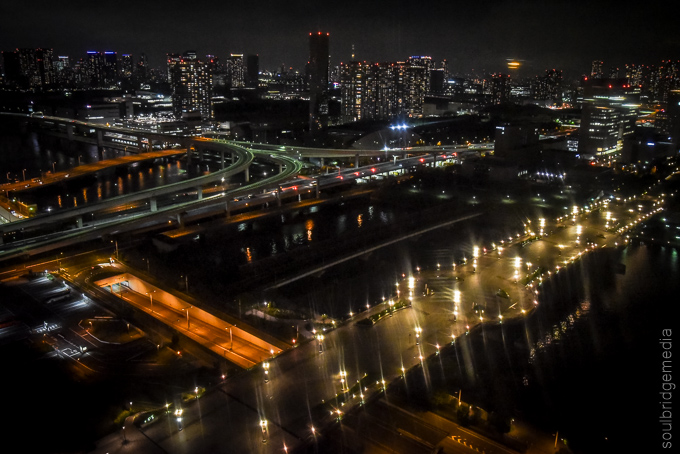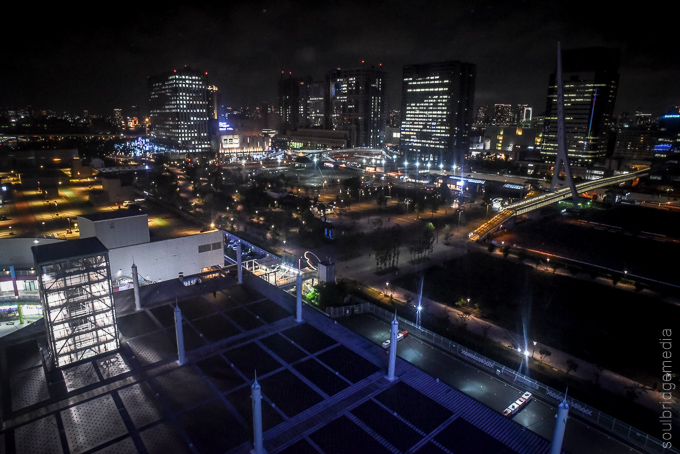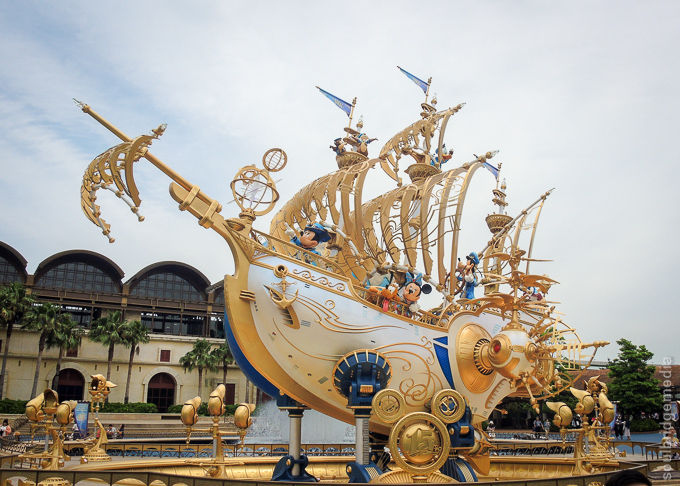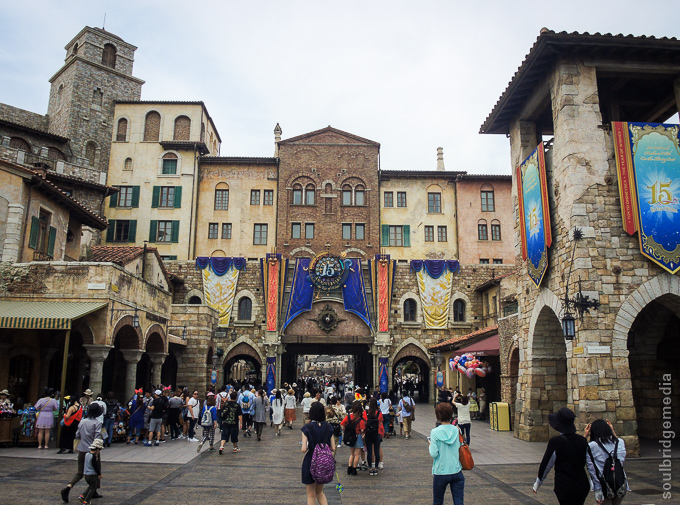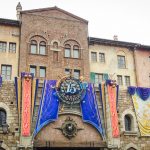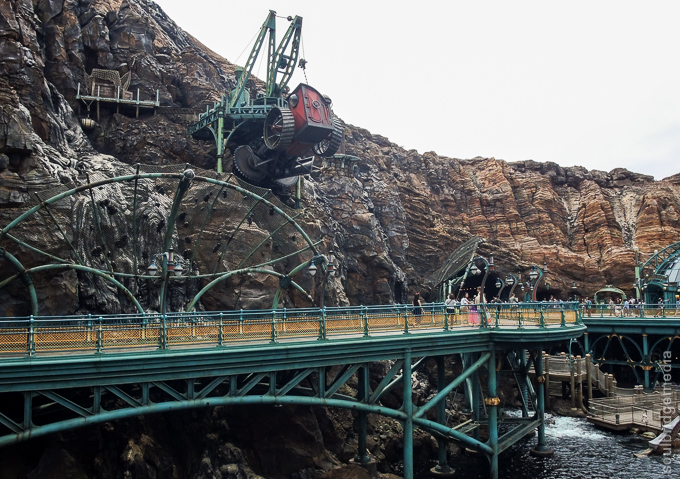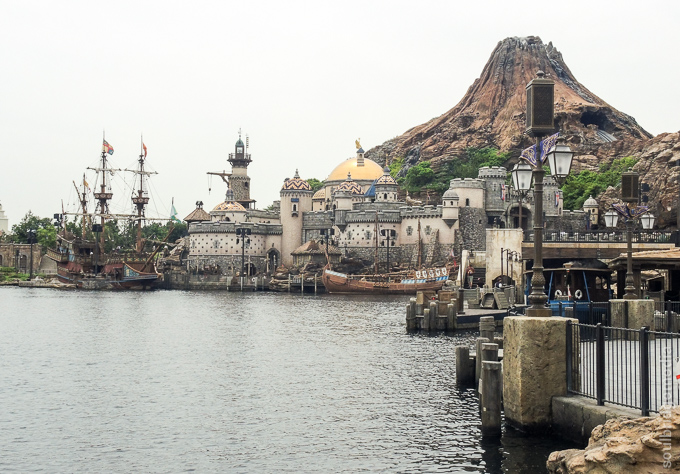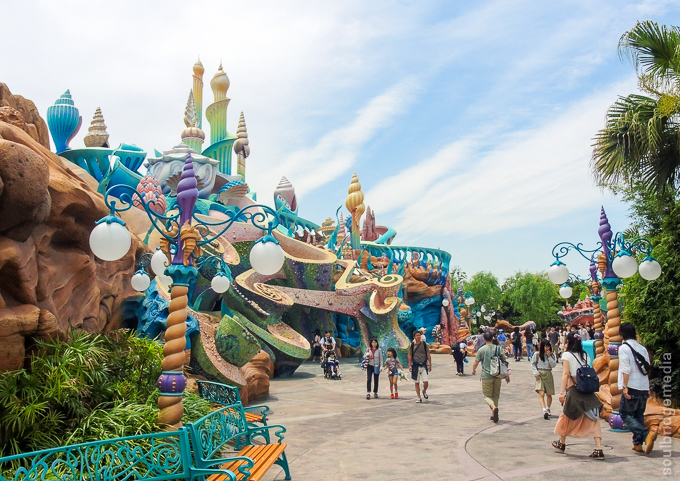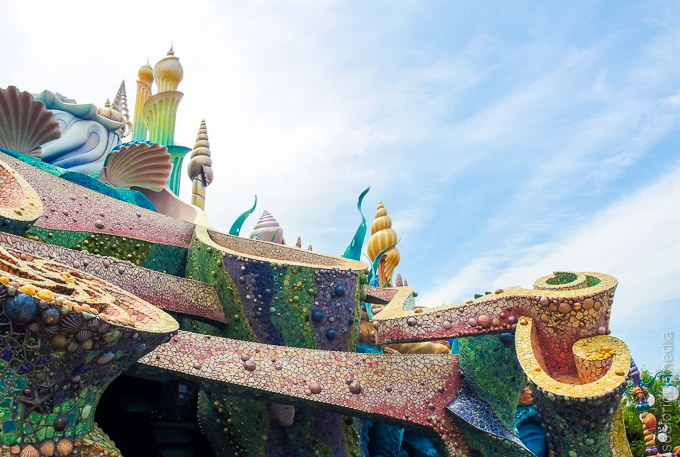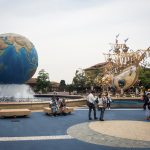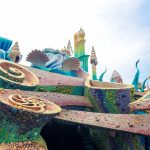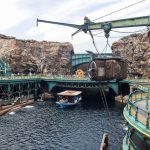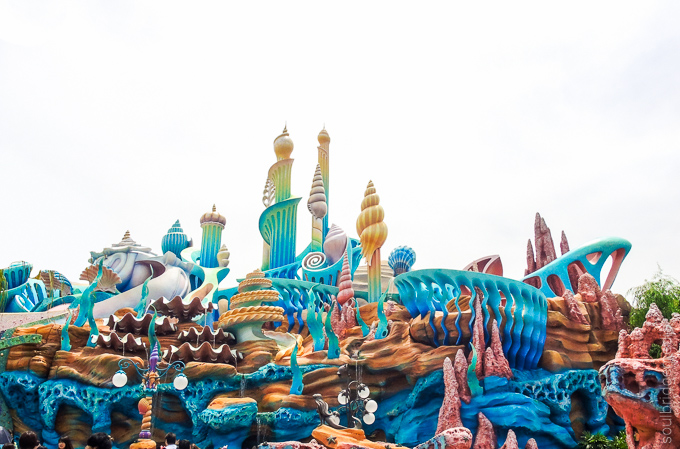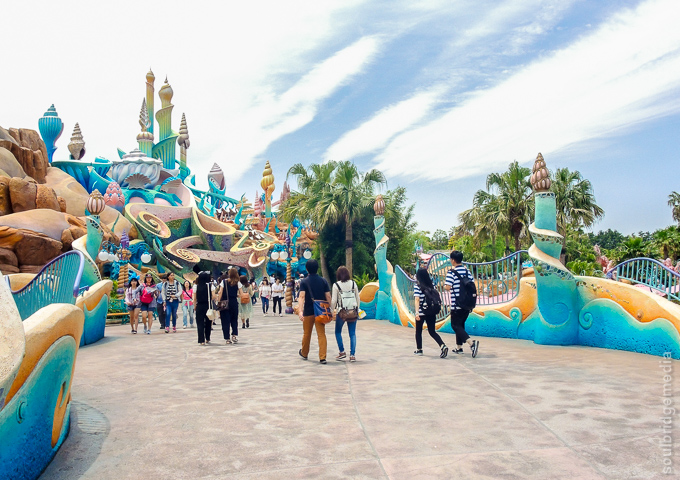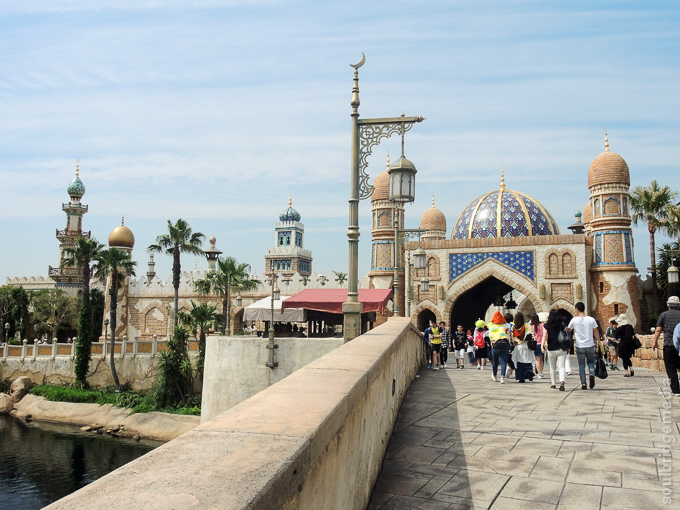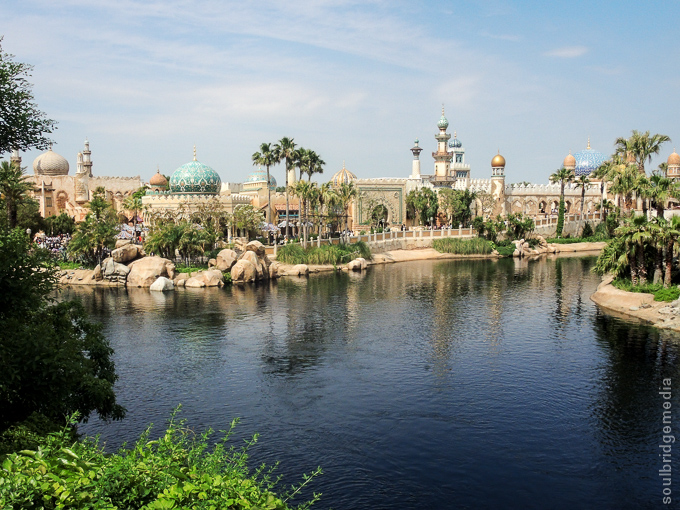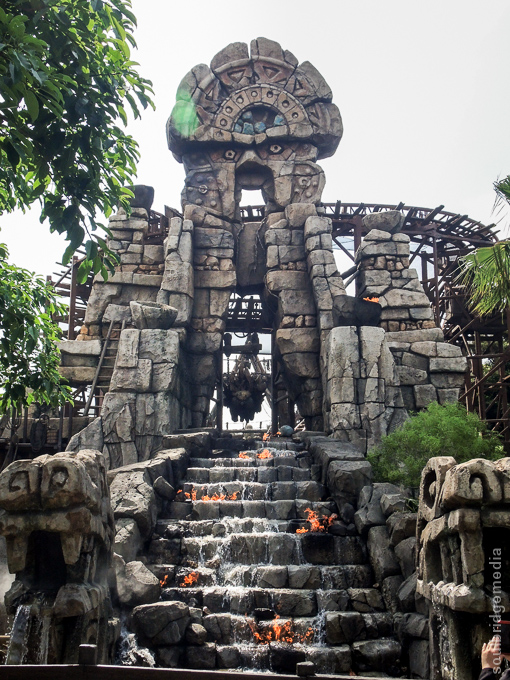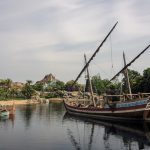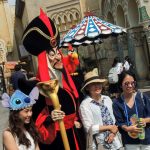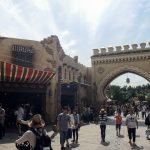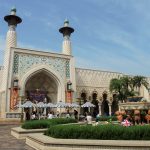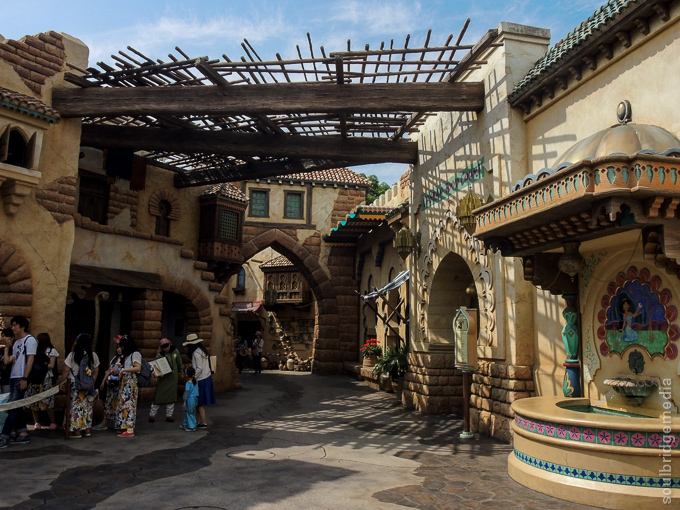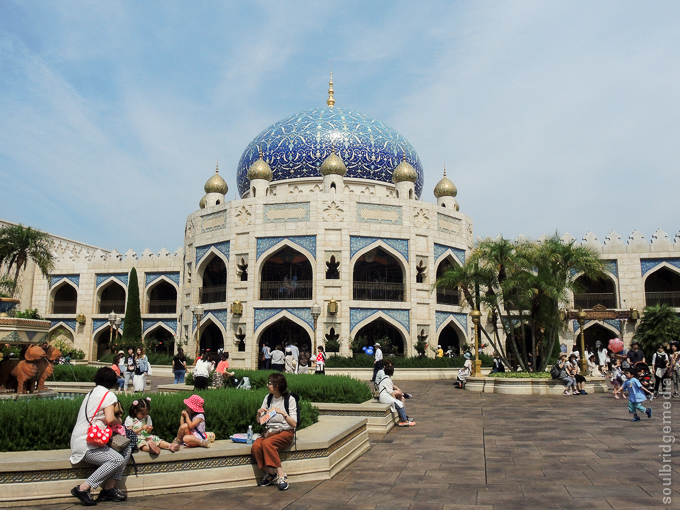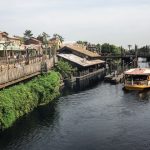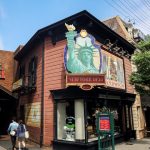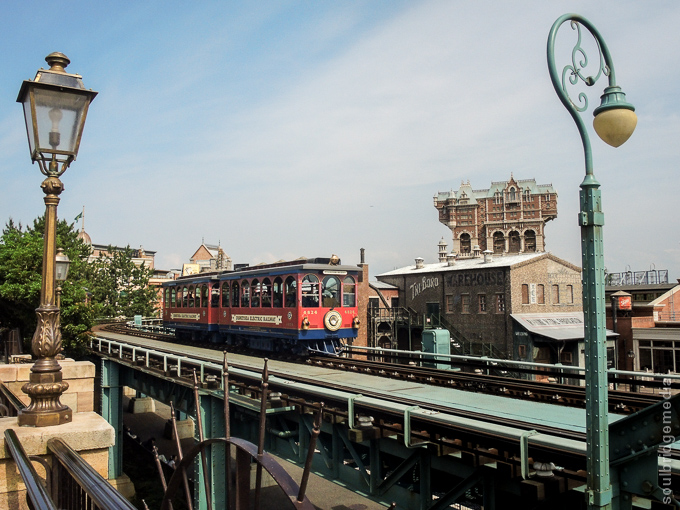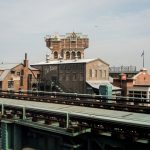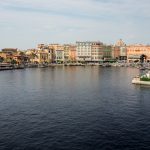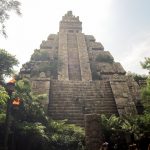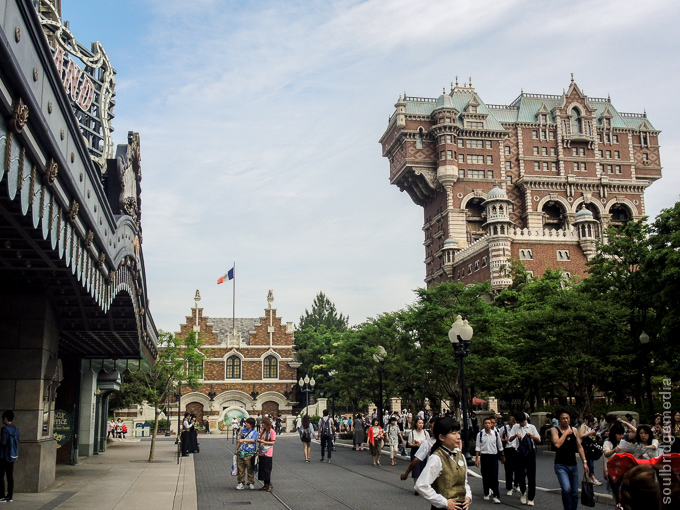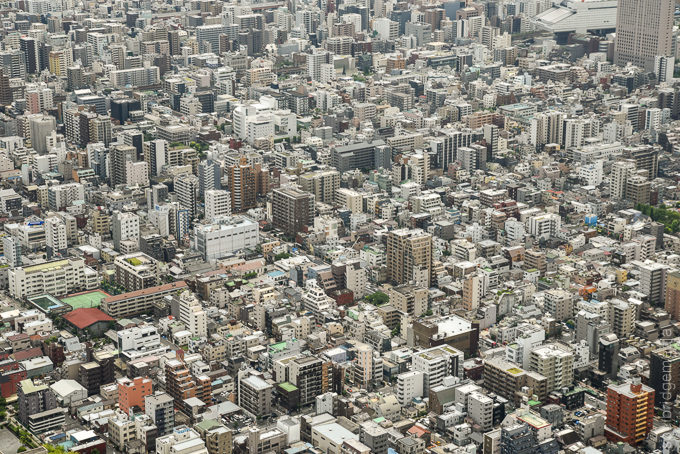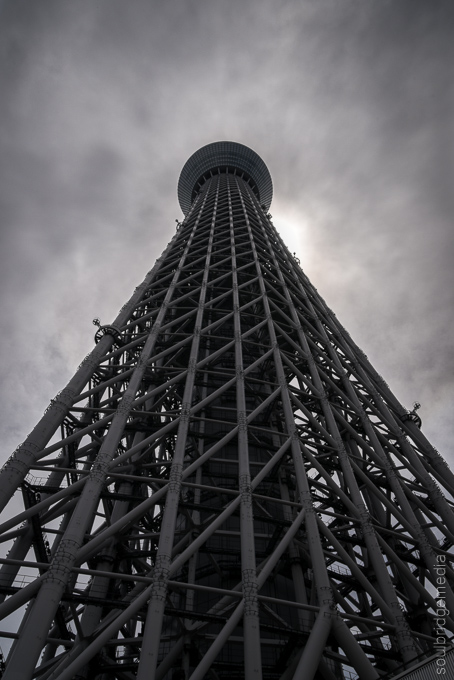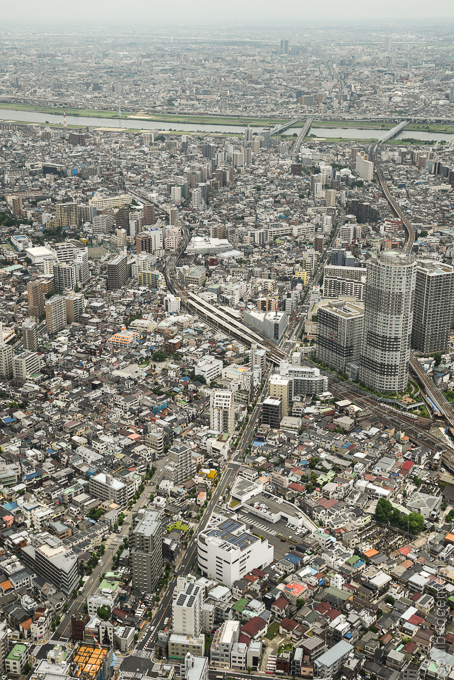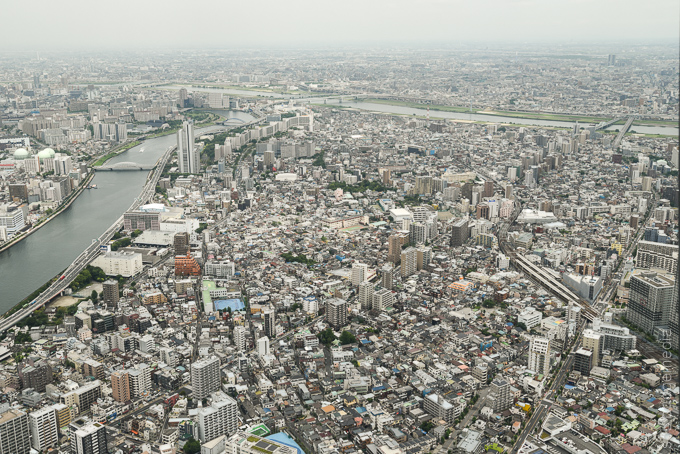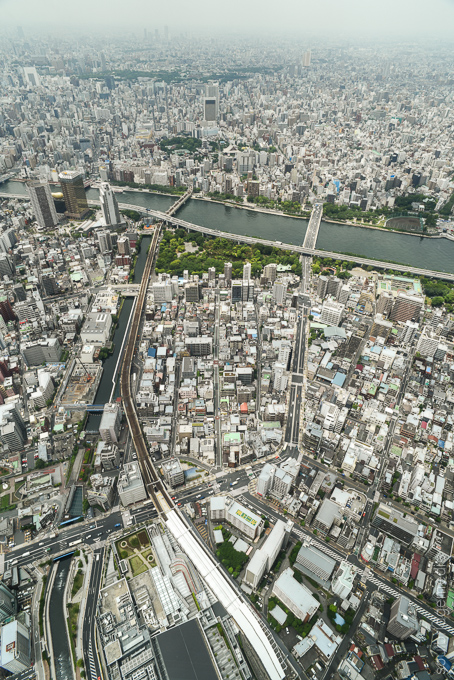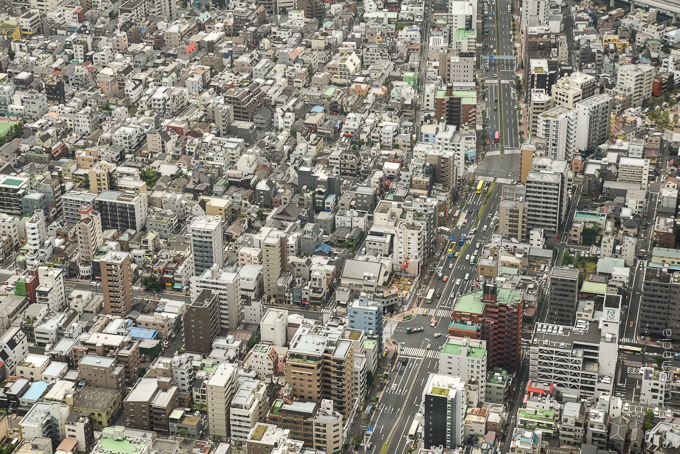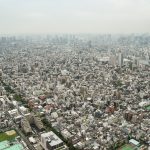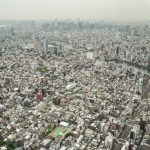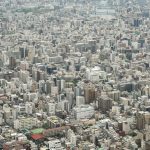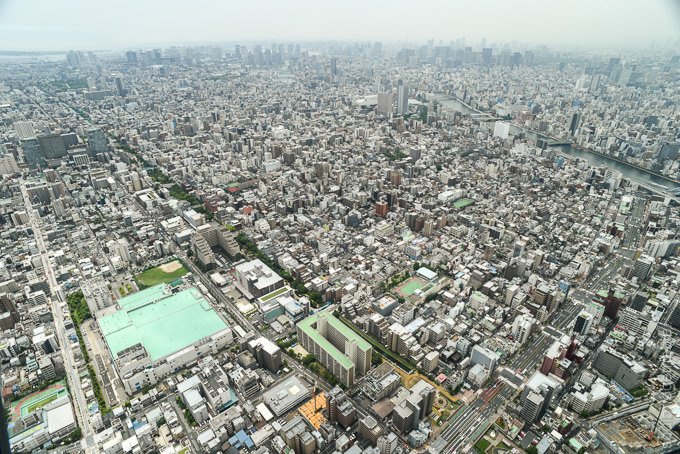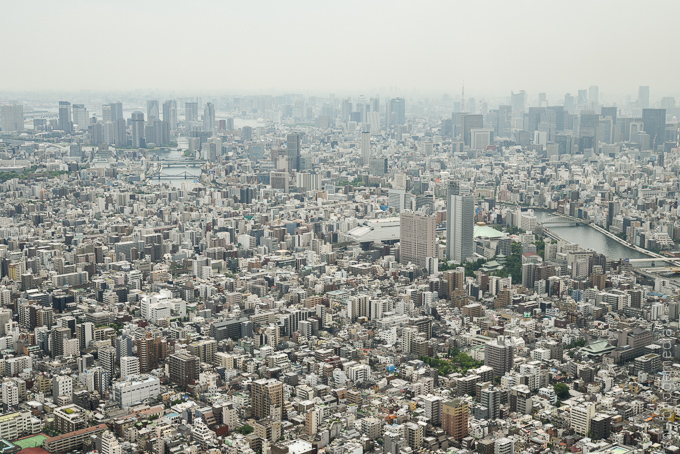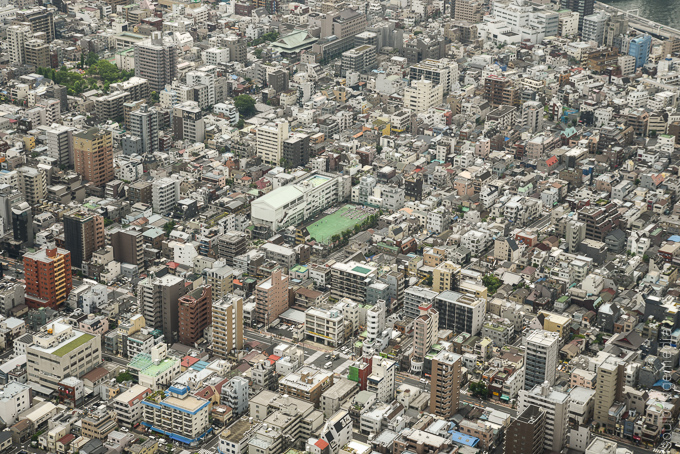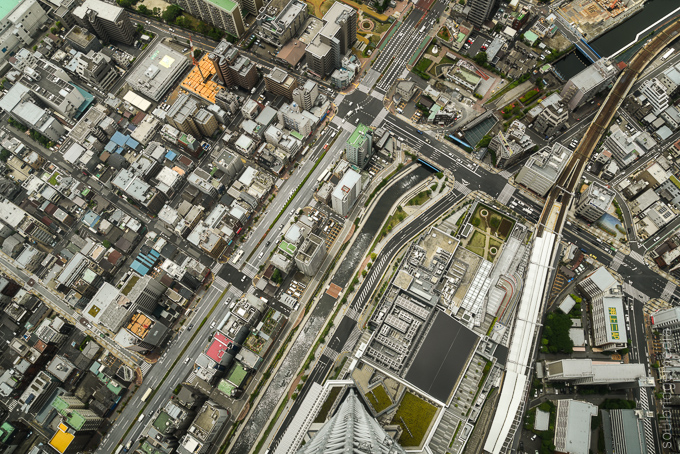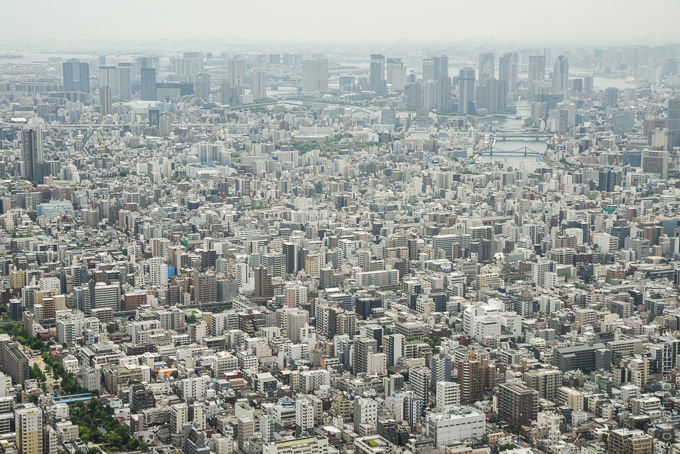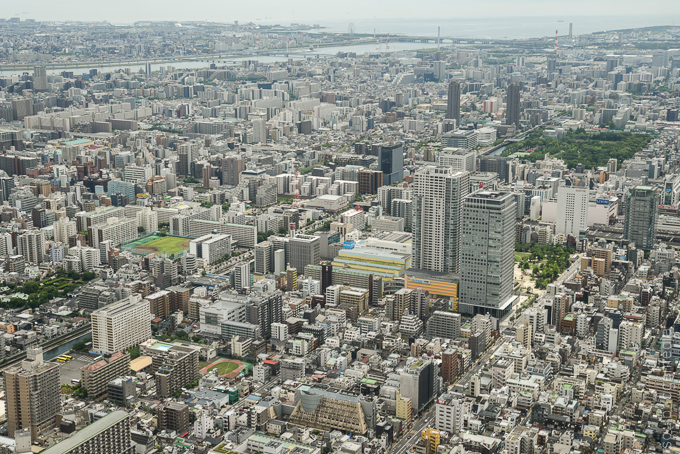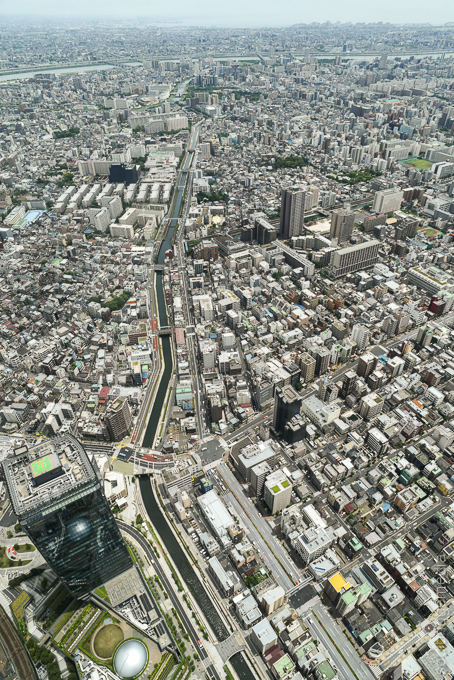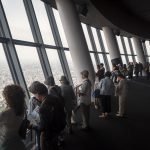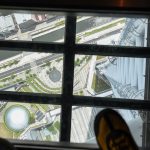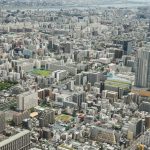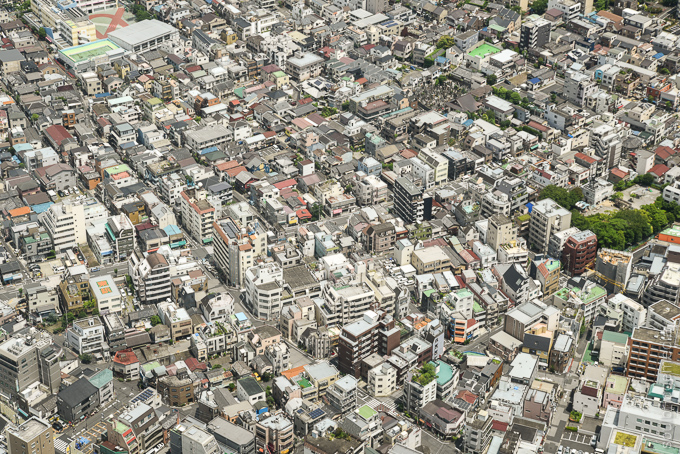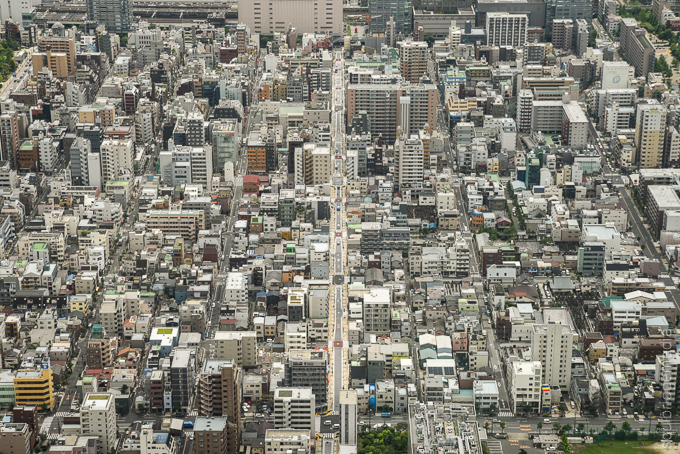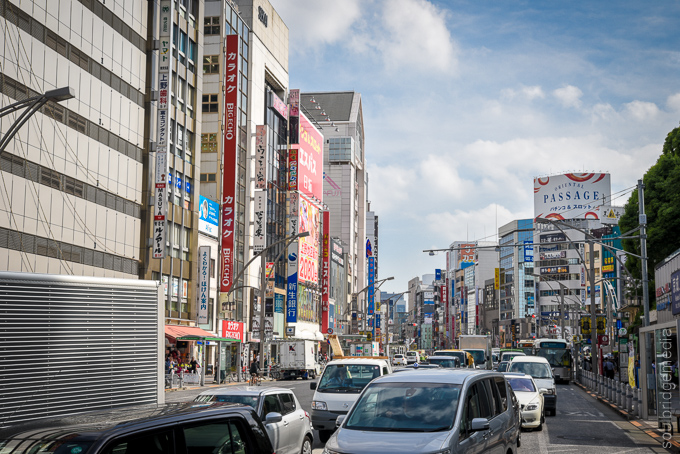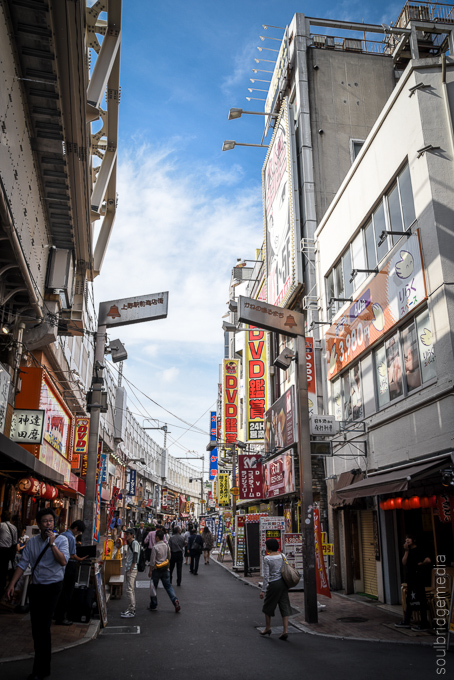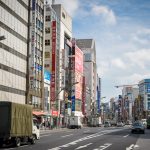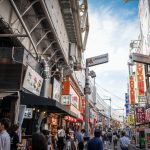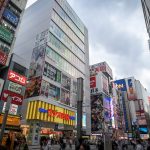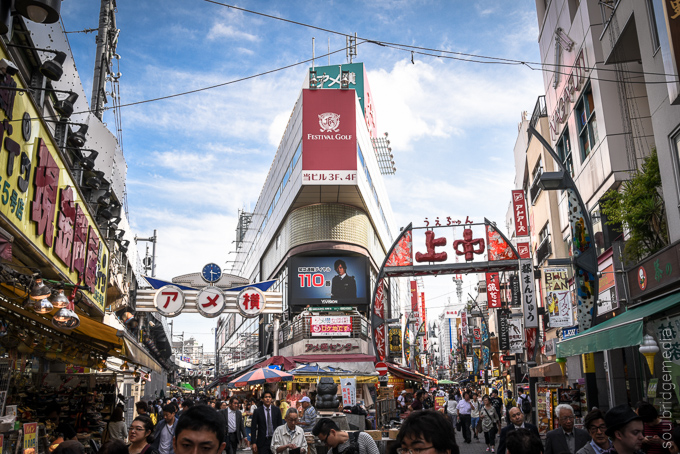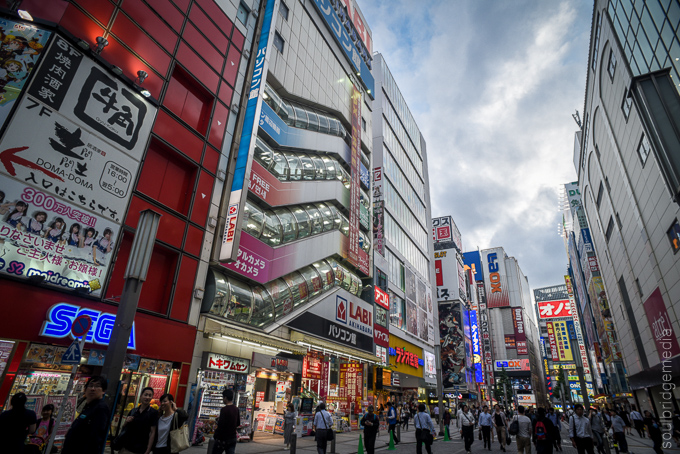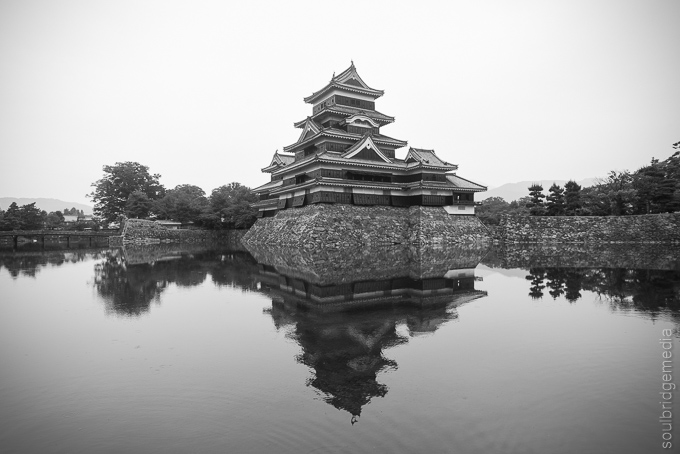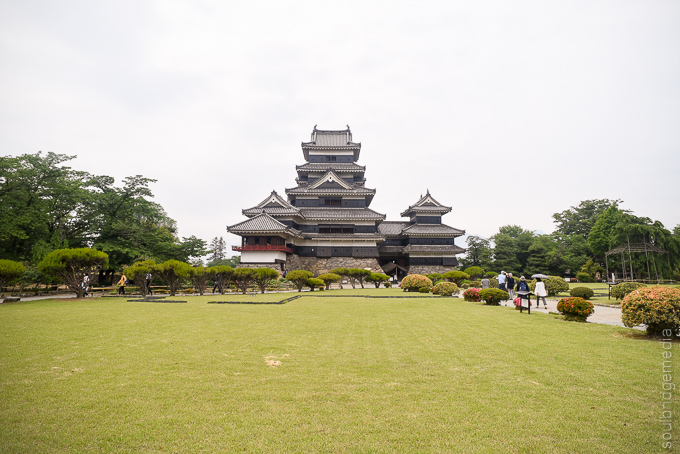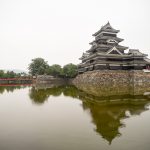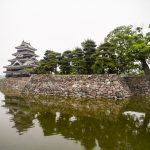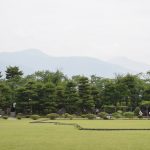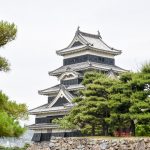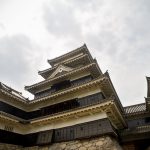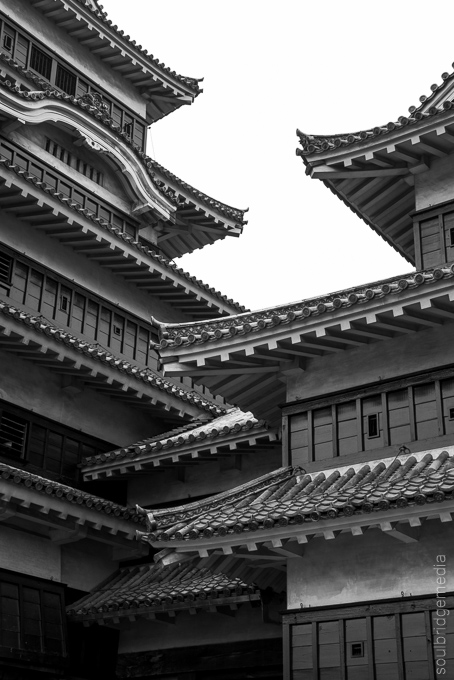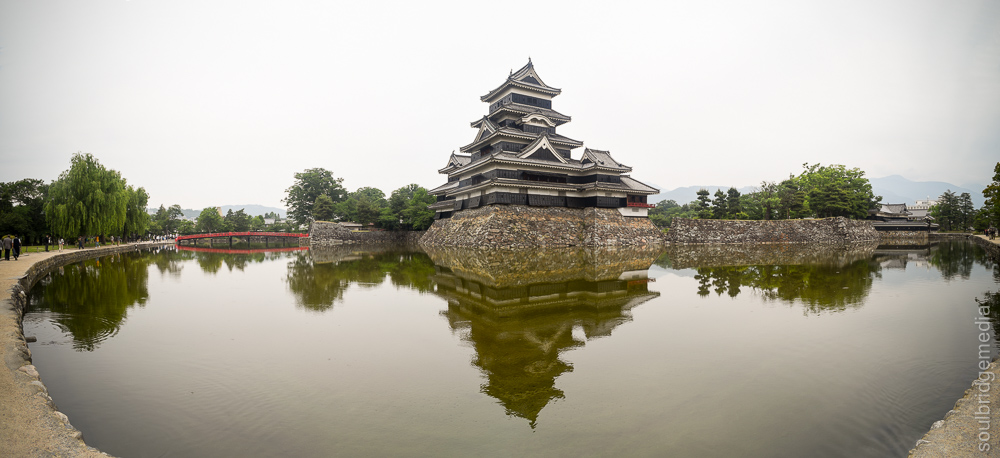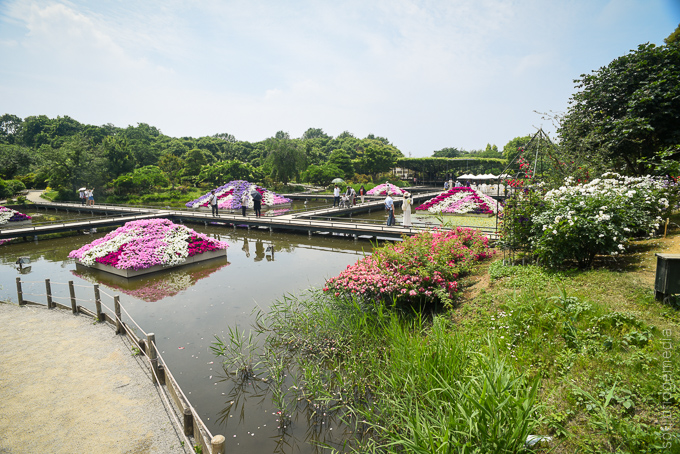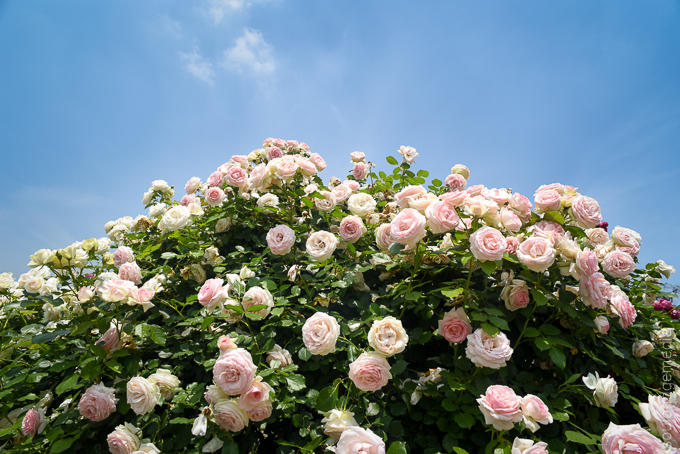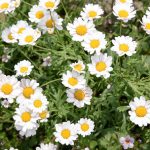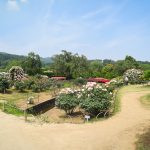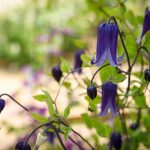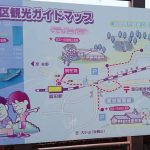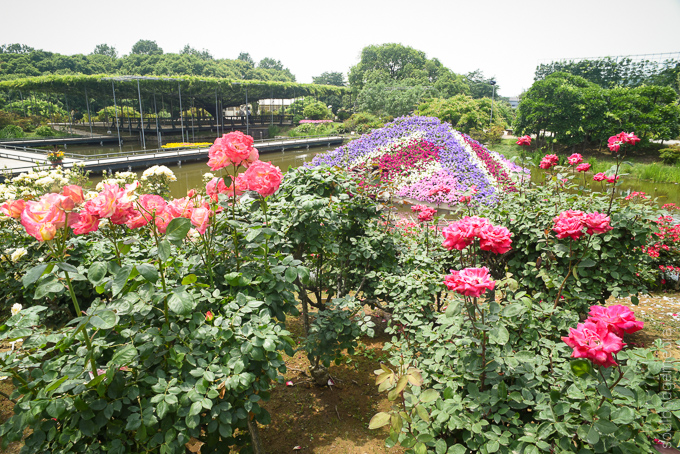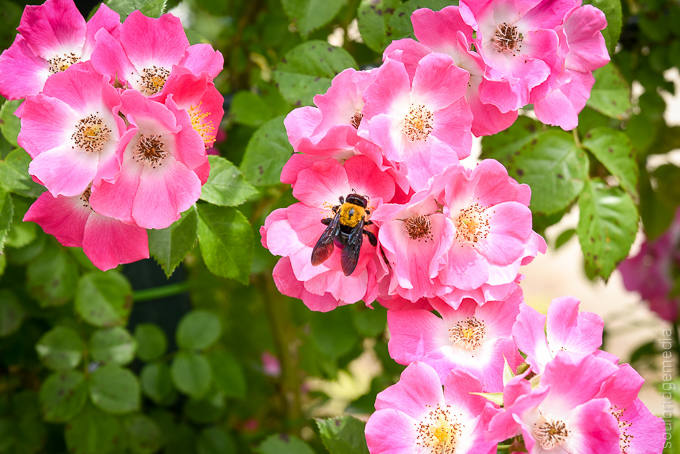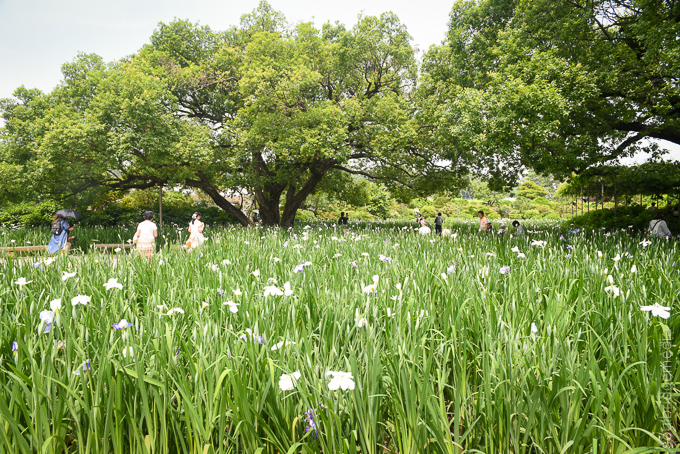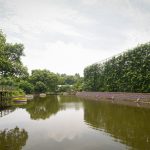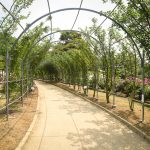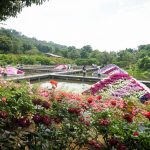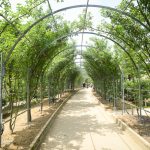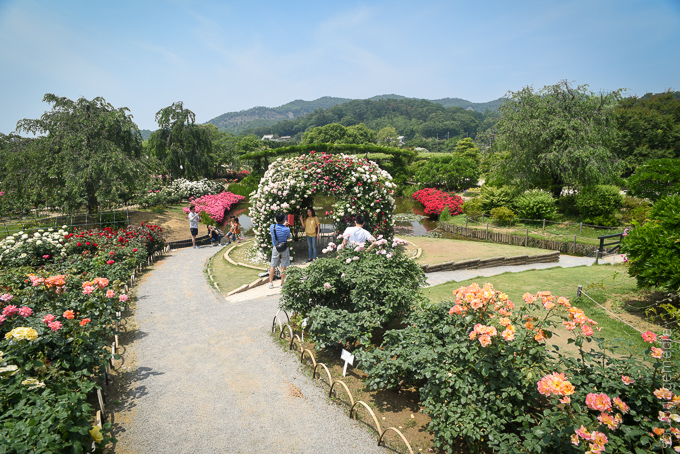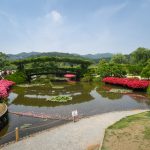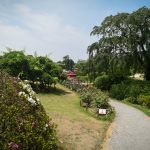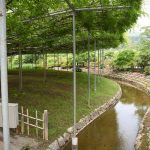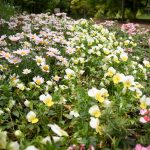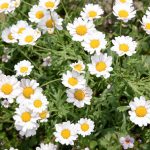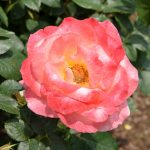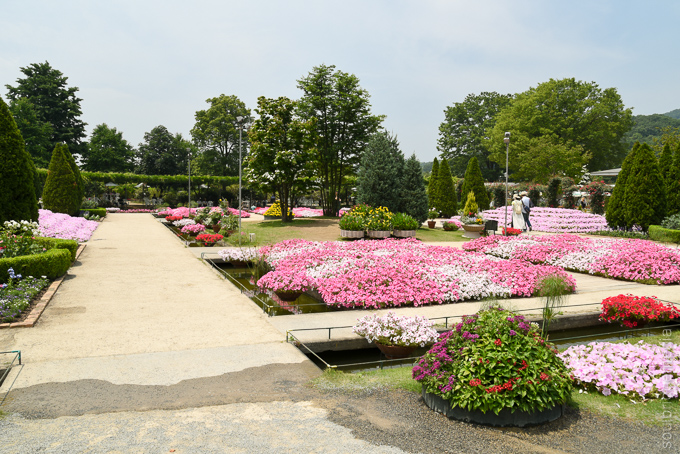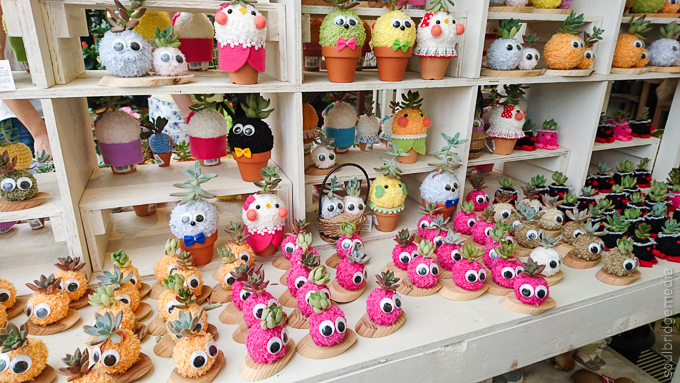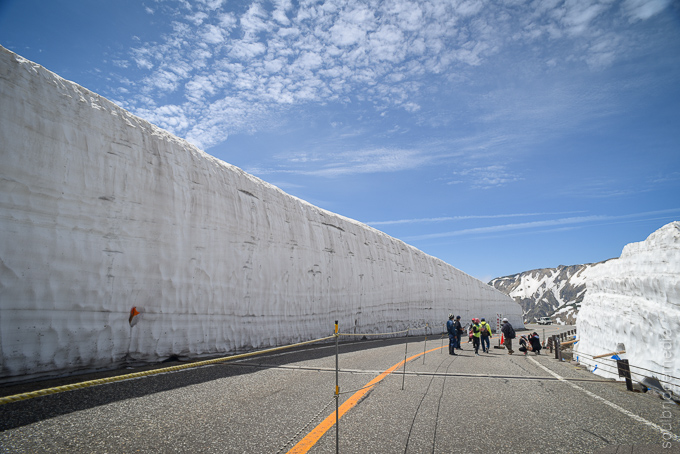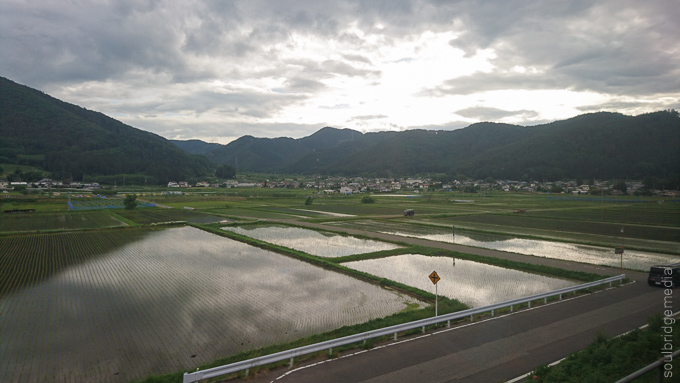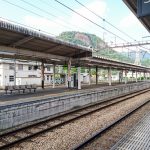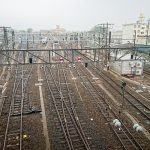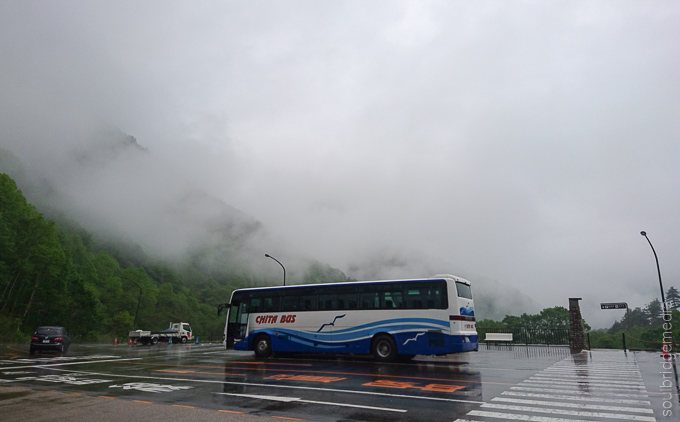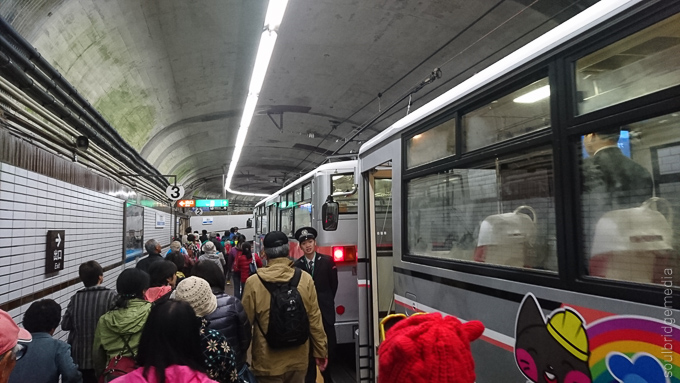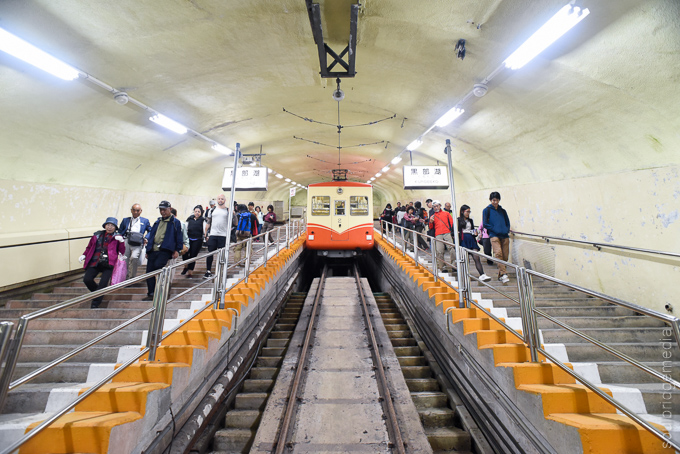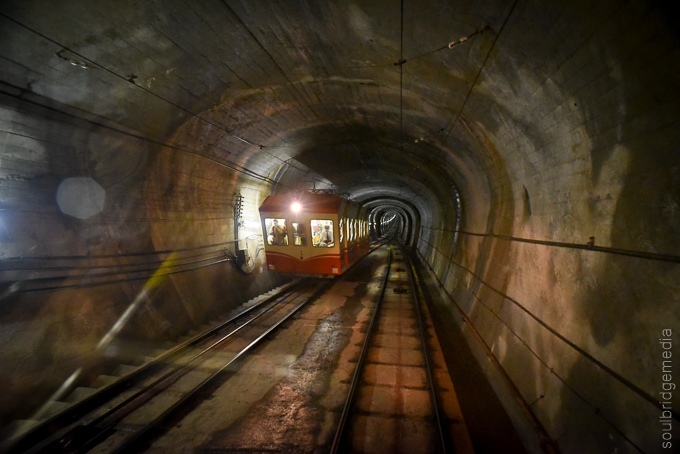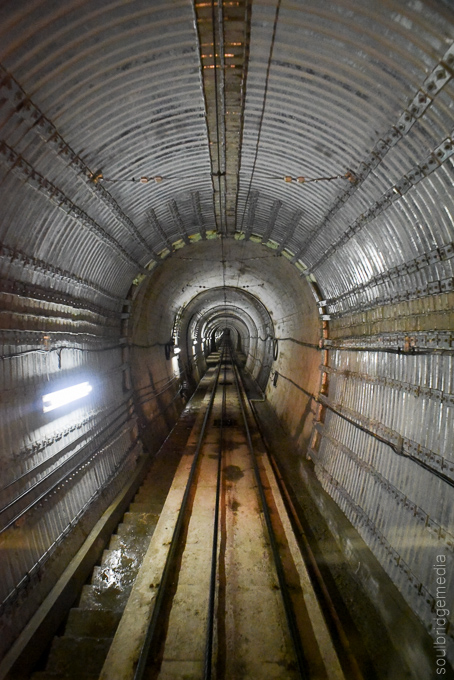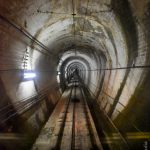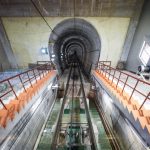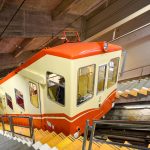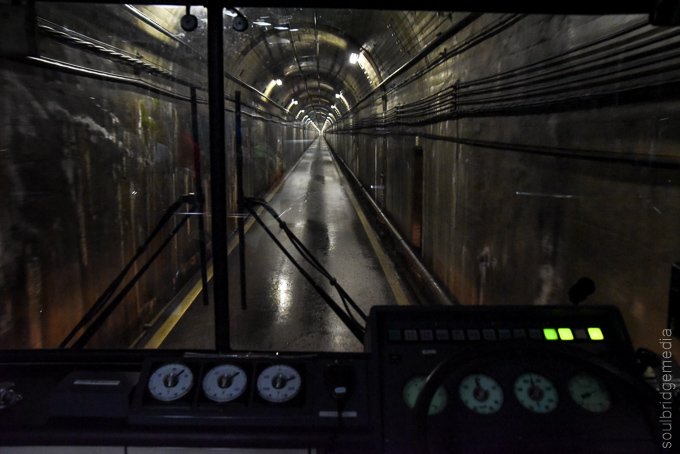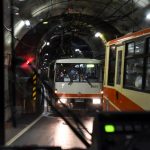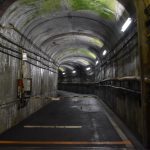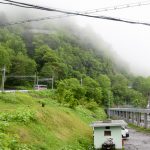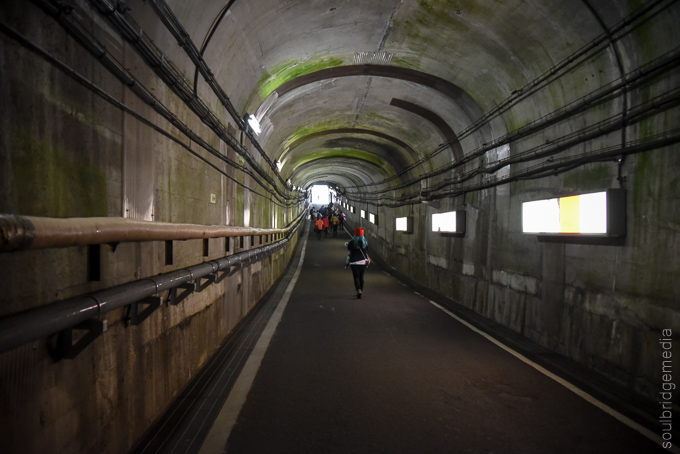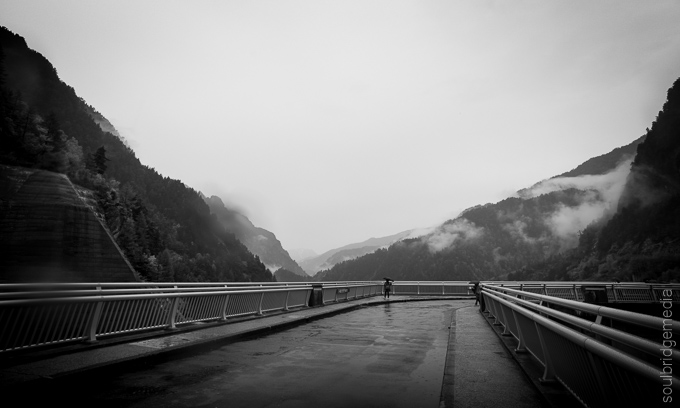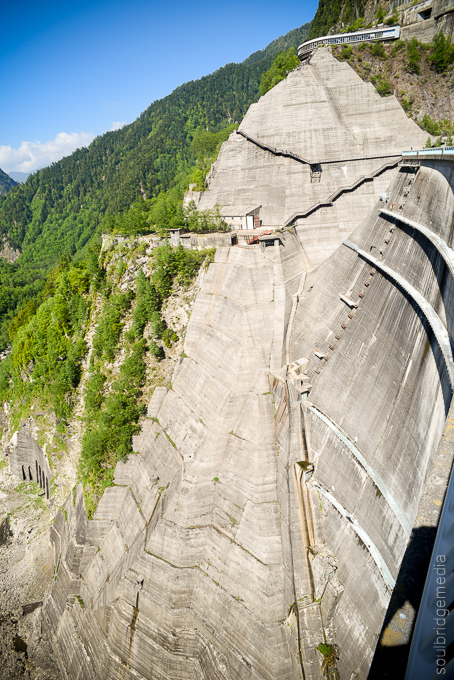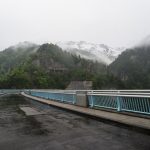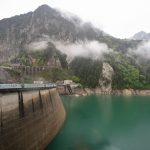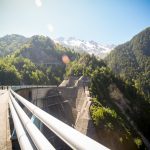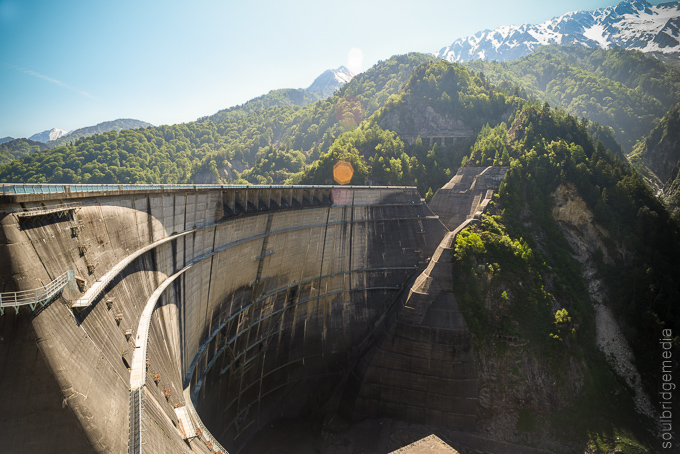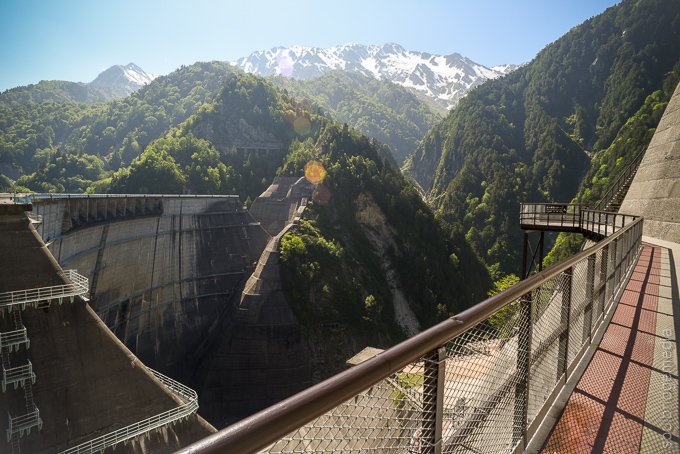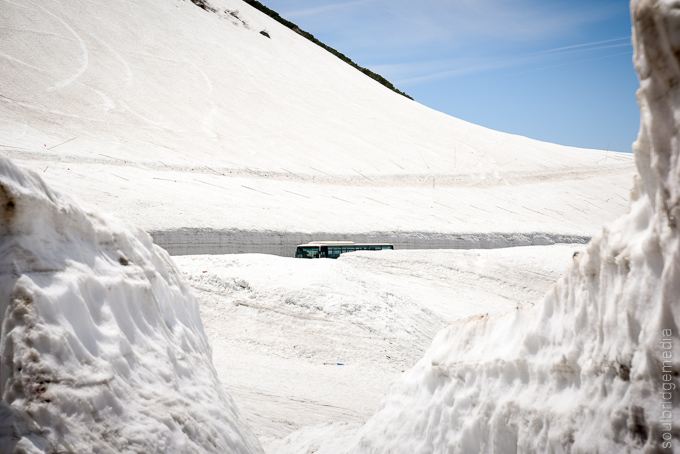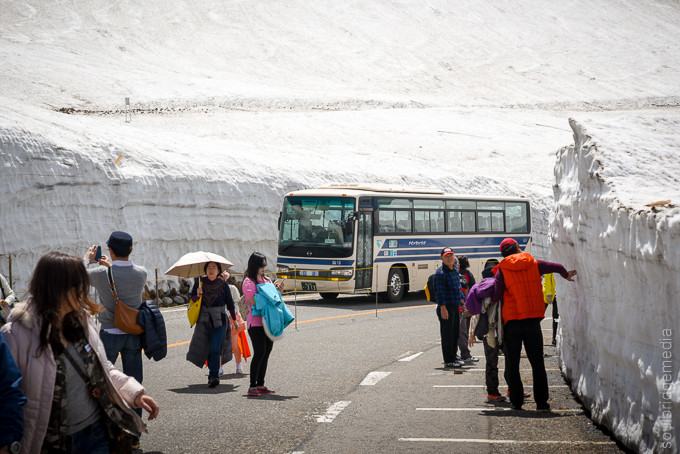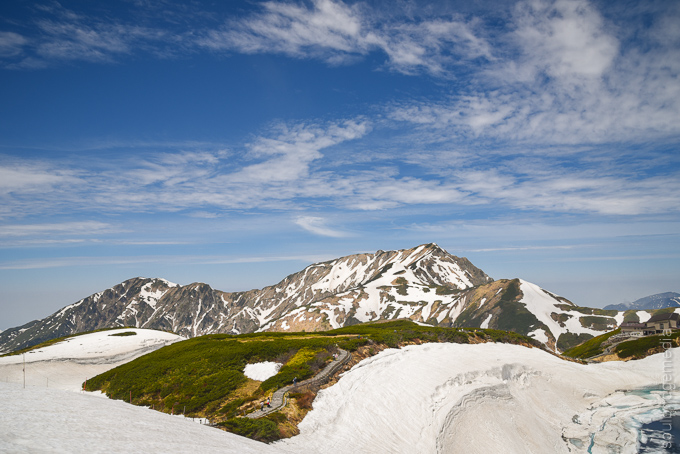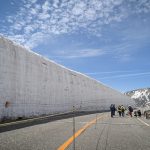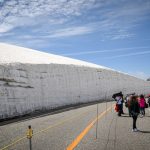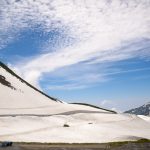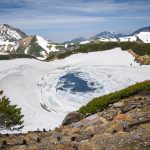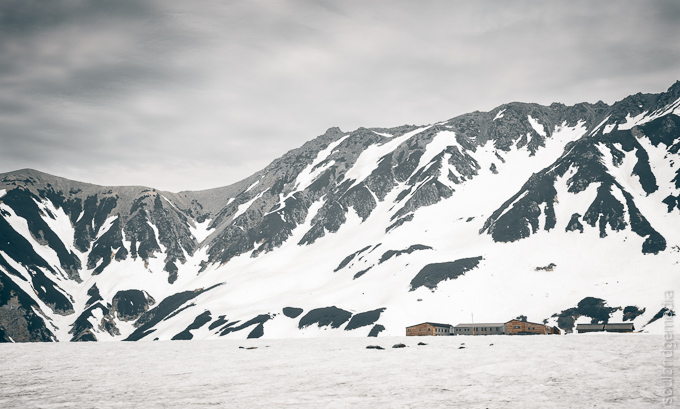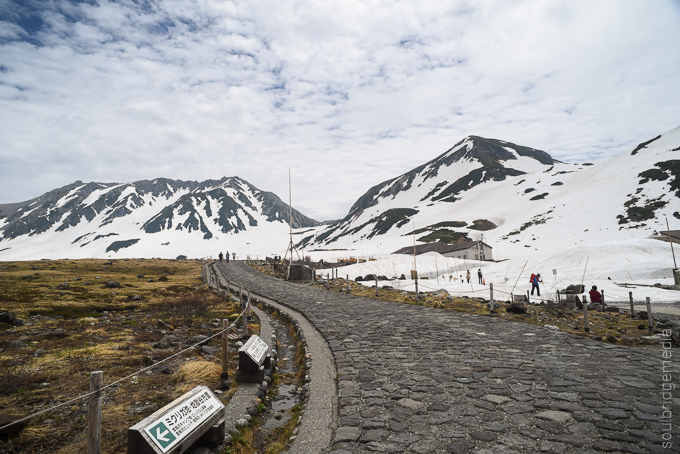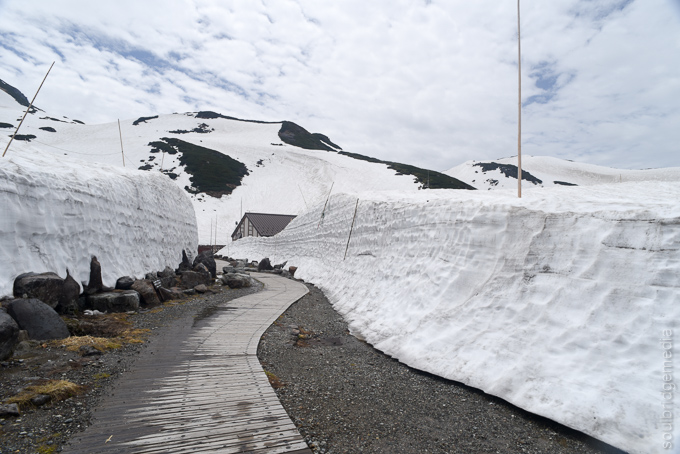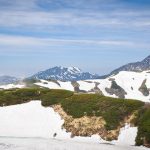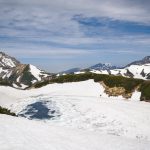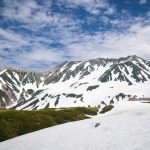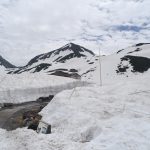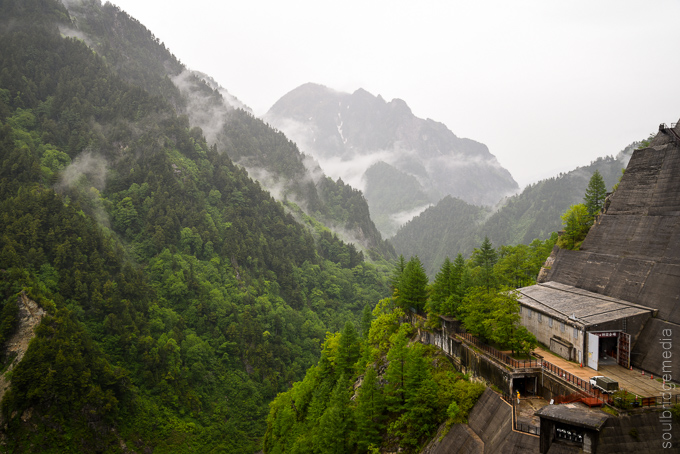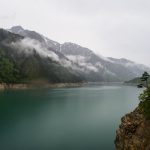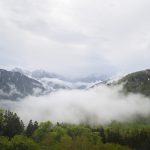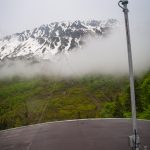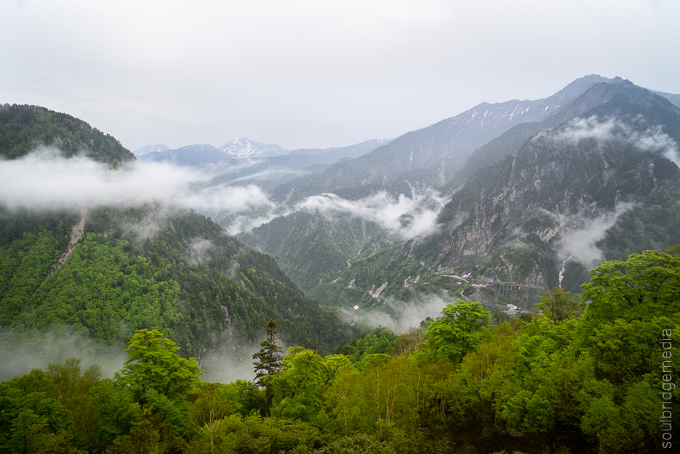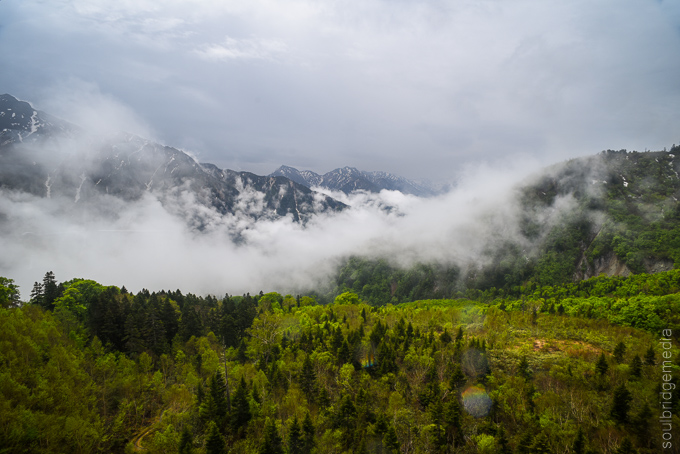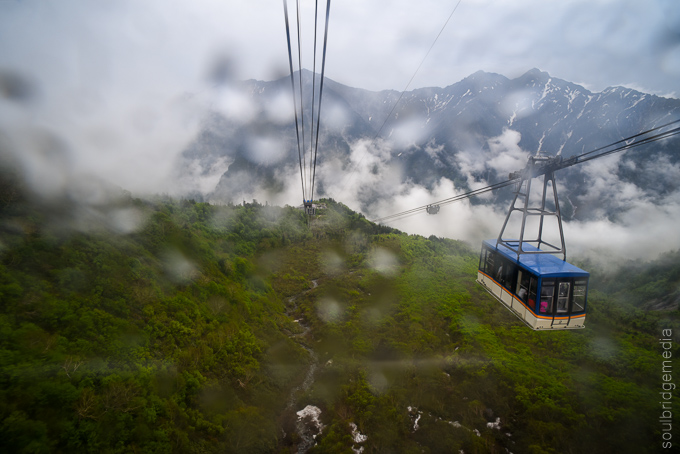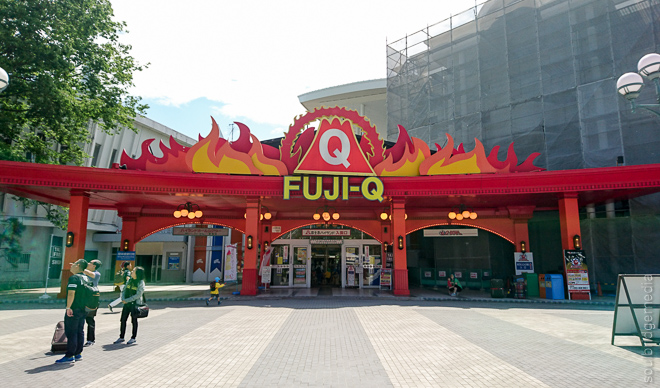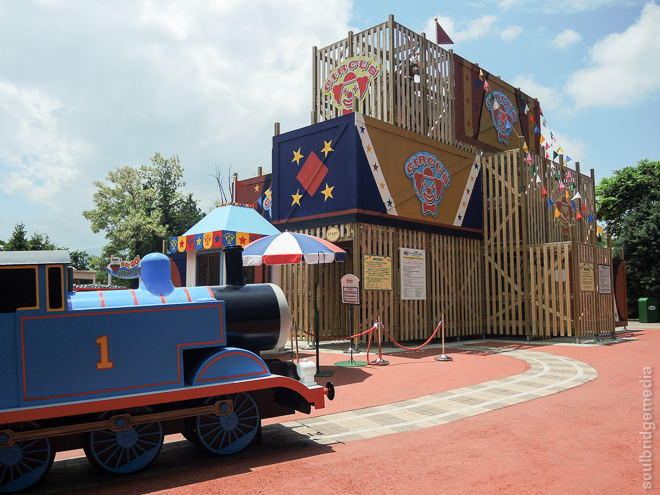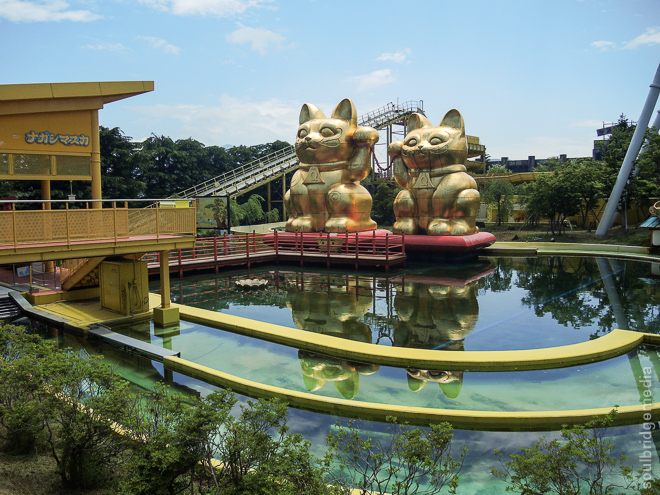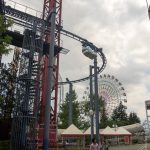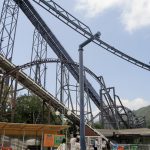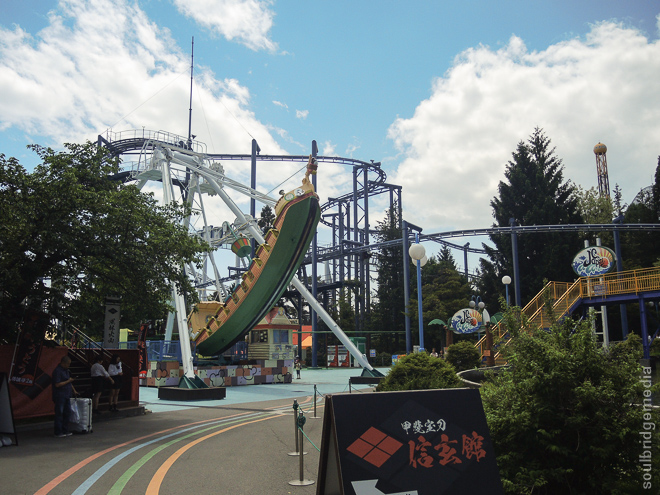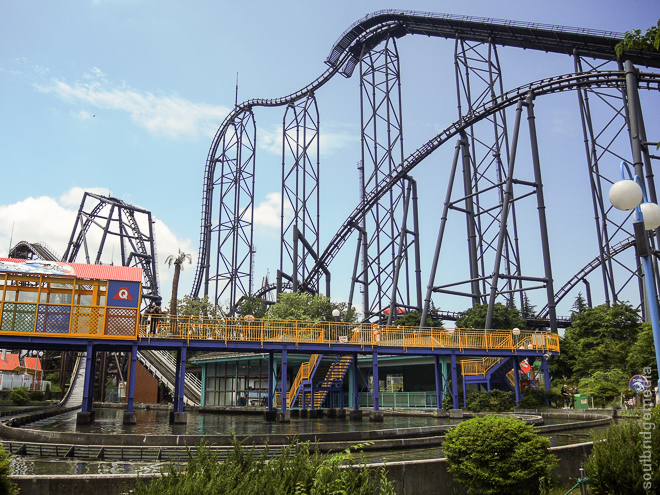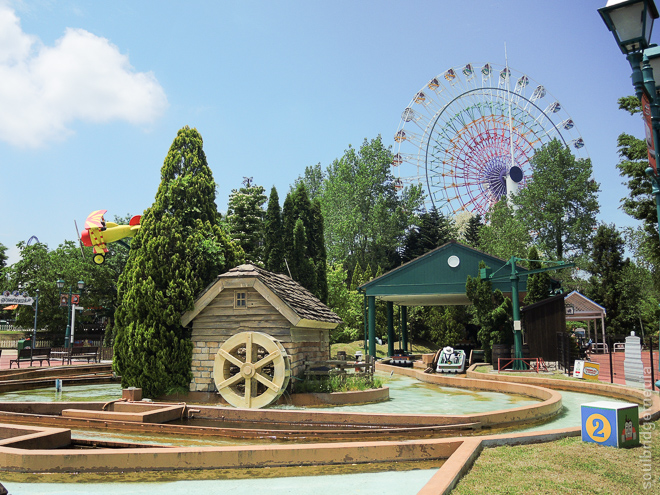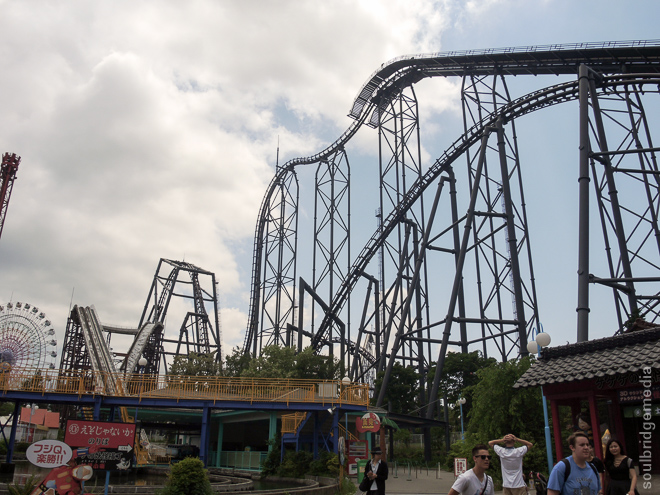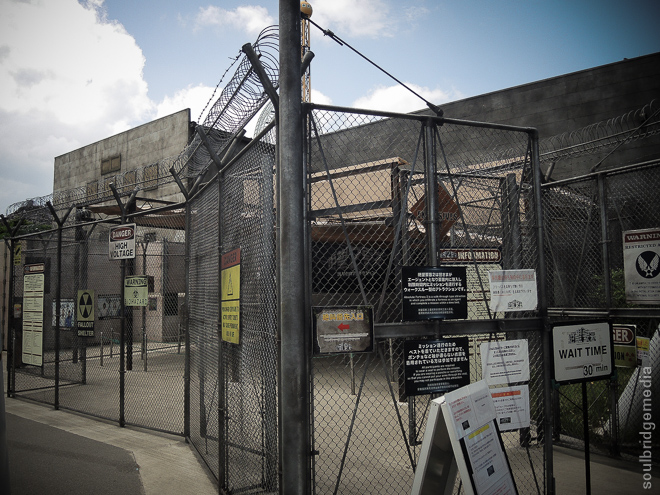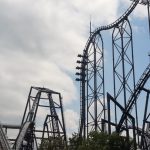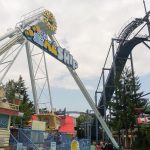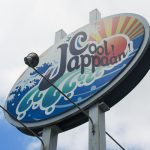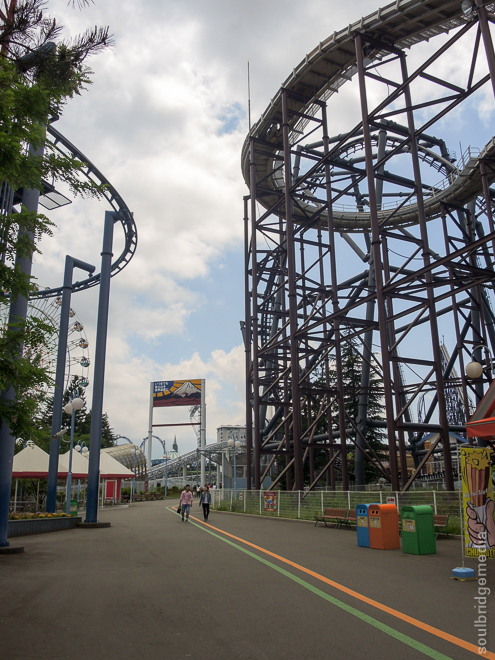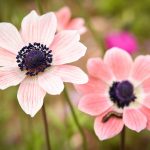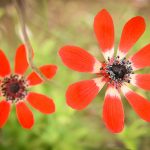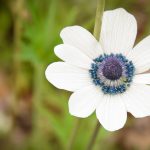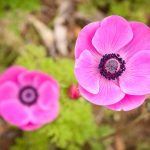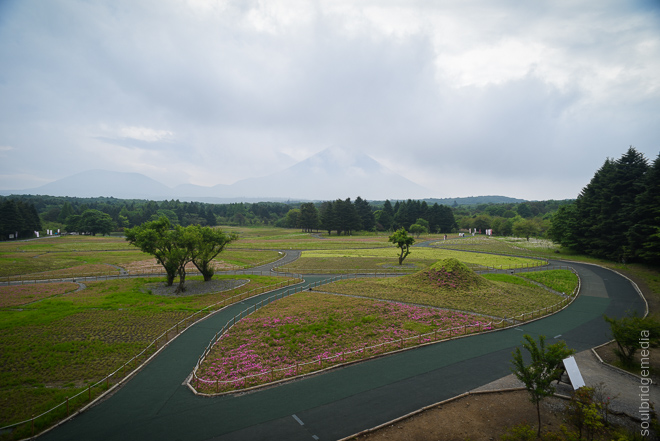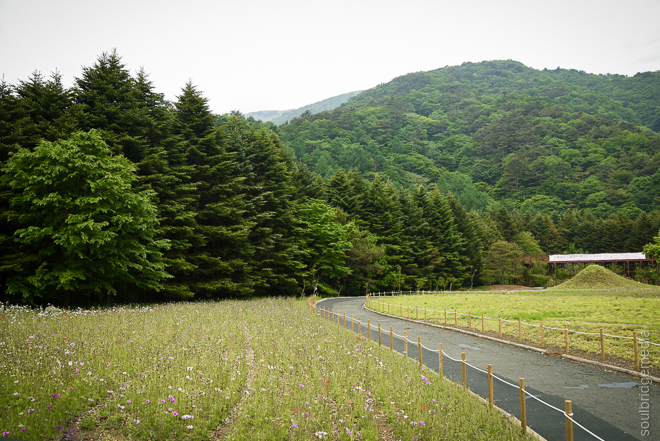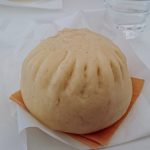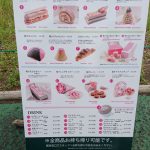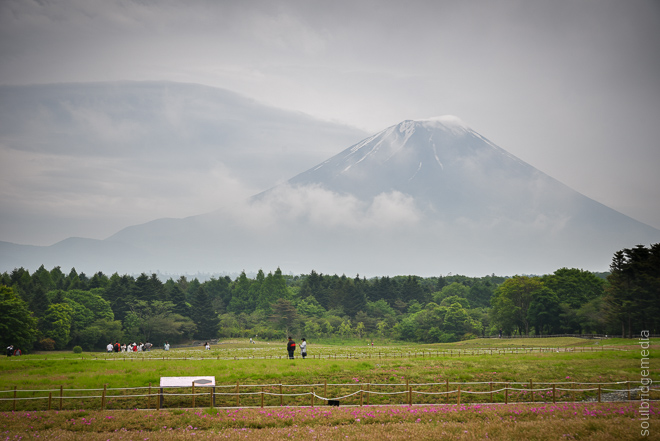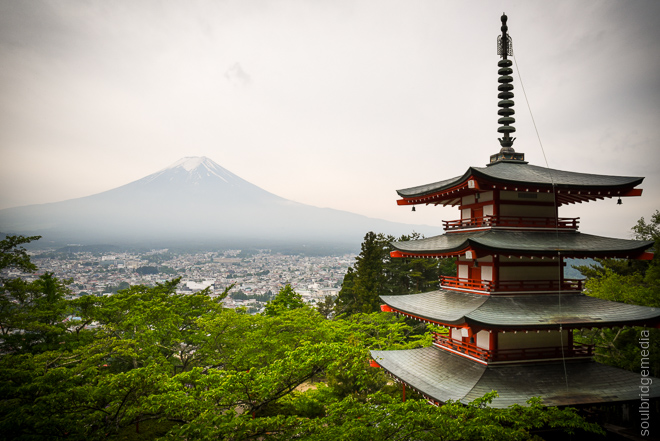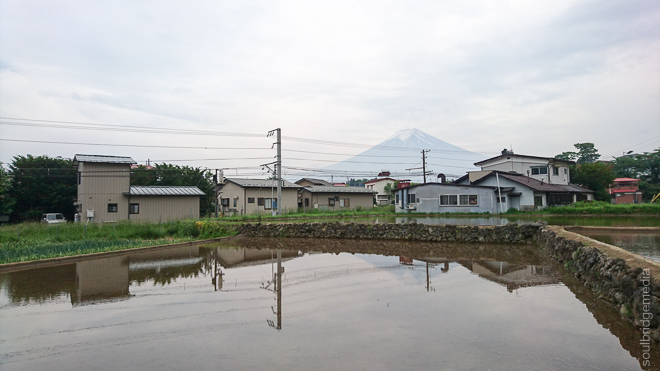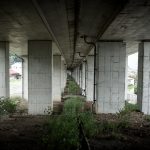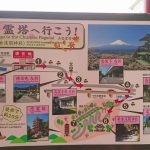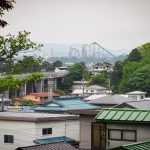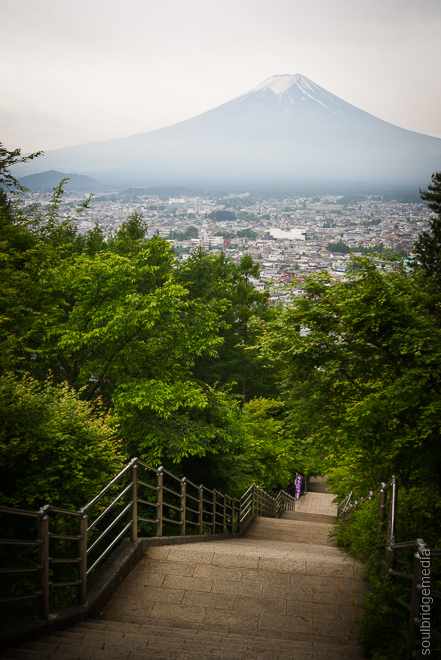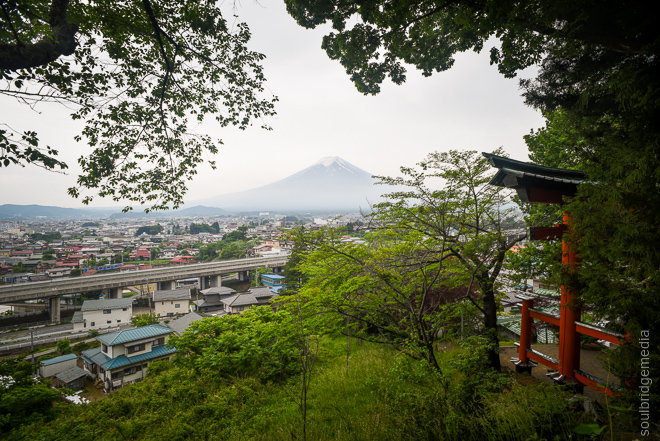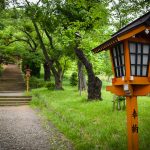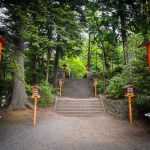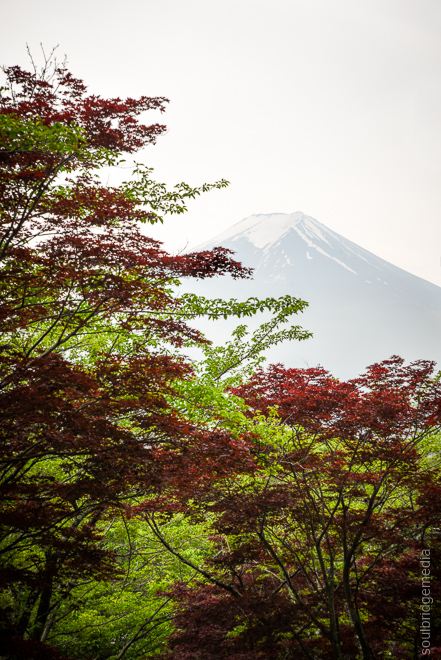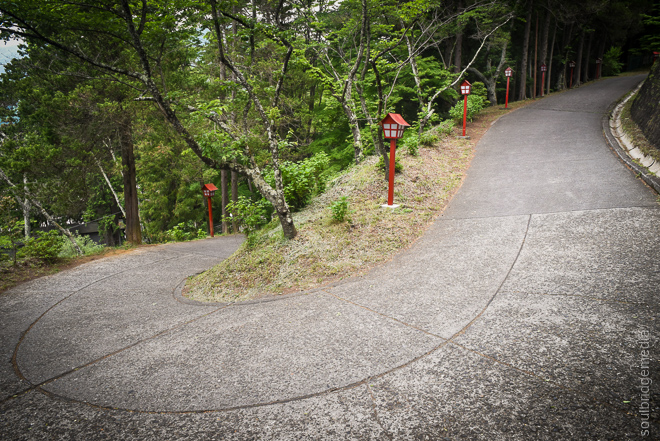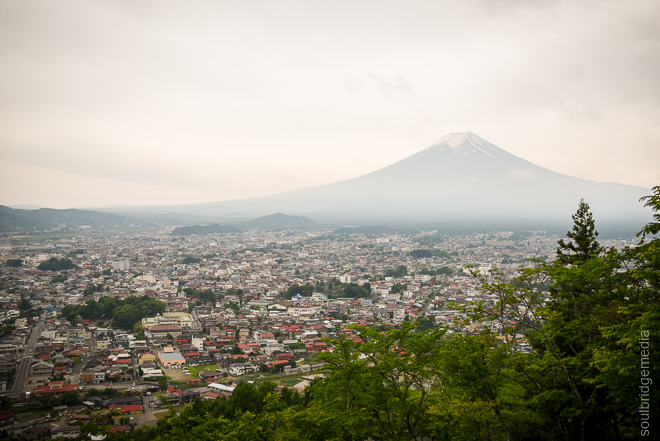So as it turns out I’ve completely forgotten about the final entry for the 2019 trip, maybe subconsciously because it hurts too much to think about how things were in the before times and the completely life upheaval of the last few years, it really does feel like a lifetime ago. On the plus side its hard to not look back at the photos with fondness in my heart so here’s a big photo dump of one the best things you can do in Tokyo… wandering! 😀
Fast forward to the present, prices for flights have had some good buys, the hoops you have to jump through for travel have become alot less and in a wonderful stroke of luck, things actually went my way and aligned for a quick getaway a few months ago…. more on that soon!(…ish? lol)
Akihabara / Shibuya / Harajuku
(click for big)
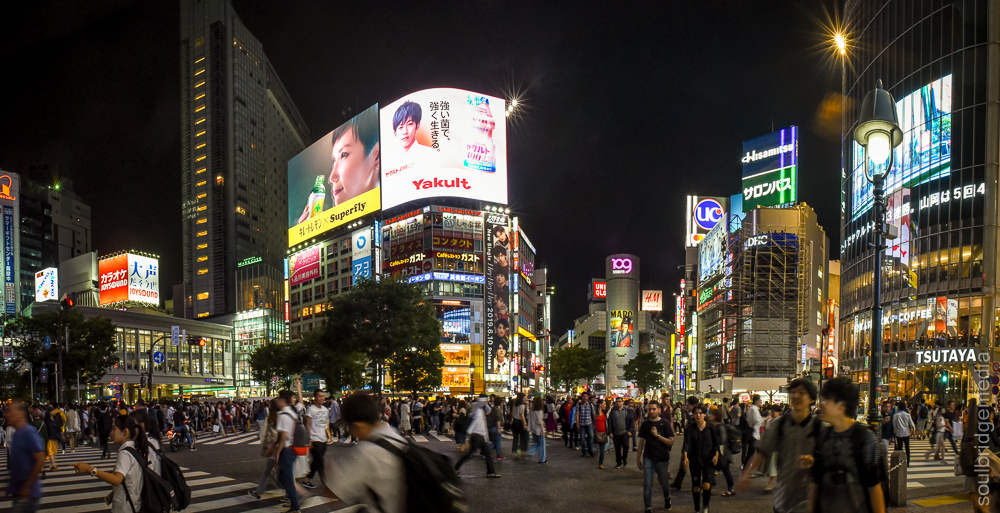
(click for big)
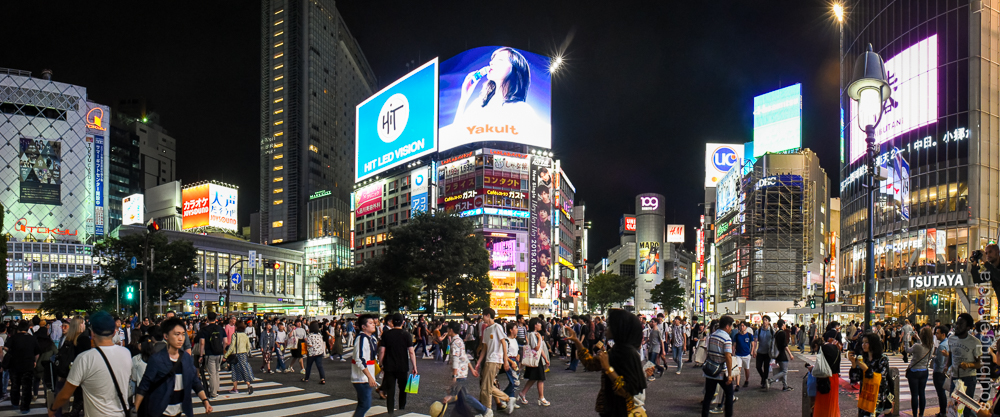
There are several large markets around Tokyo though depending on time of year, day and location, they can be cancelled with little notice so its always good to have alternative options up your sleeve. A lesser known one but one of the biggest is held in the car park of the Oi Racecourse.
Getting there: there is a direct line from Tokyo station to Tachiaigawa station. After that, its about a 15min walk.
From the station there are small lanes with a scattering of quaint shops which lead out to major roads where its easy to follow the trickle of people coming and going from the venue.
The carpark is mostly covered which makes it far more pleasant during the sweltering July heat. For those from Brisbane, I liken them to the Rocklea markets due to the vendors covering both end of the markets scale from small businesses with quality products and marketing to the Marie Kondo mum that grabbed the junk drawers and the kids toy box and poured them on to a tarp. Due to this wide variety, there are bargains to be had and there is a lot of stuff you simply wont normally see about.
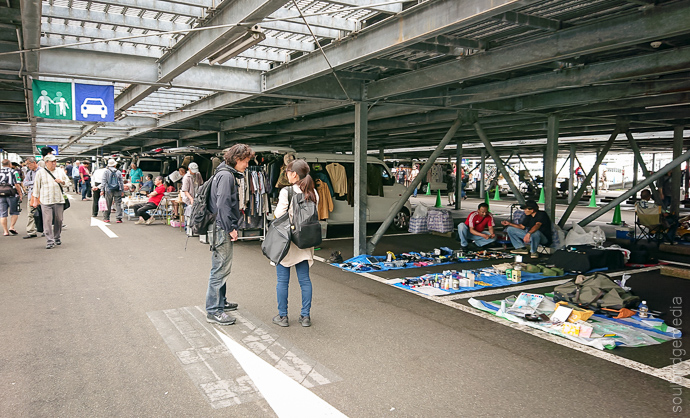
Travel tip: while quite large its still possible to cover the whole venue in an hour or 2 walking at a slow amble even with a modest sized crowd
Travel tip: food and toilets are on site
—–
Meguro Mipig Café
There wasn’t much we wanted to see in the Shinagawa area but to make the trip to the markets worthwhile we chose to take a slight detour to Meguro for the Mipig café on the way back. If you weren’t planning on venturing out that way, don’t fret, there are several mipig locations across Tokyo (:
Getting there: From Tachiaigawa station, change at Oimachi station then on to Meguro station or you could easily make the trip via Shibuya station if you’re coming from any other direction. From Meguro station it’s a direct route along Meguro dori Ave. however due to a couple steepish hills, the walk can feel a lot longer even though its under 2km. Being on a major road, there are however frequent buses if you want to save time and effort.
The Meguro location is a small two level store with reception area downstairs and the petting room upstairs via a small narrow staircase.
Travel tip: you must purchase a beverage on top of the session fee. Your order is taken once you’re seated.
Most people sit on the floor as chairs are limited, after the drinks are delivered the pigs are released and are free to roam the room. Don’t worry if they don’t initially come to you, the handlers will lead them to everyone for a chance to pet and hold at least one. The pigs are very tame, friendly and inquisitive but they are still pigs with hooves so take care if you have any exposed skin.
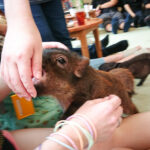


Travel tip: there is no food for the pigs, you can not feed them and you must remain seated for the session.
Ahh 2019 BC, the before times, Before Covid. If we knew that year was going to be the last time we could travel overseas for a few years we probably would’ve made it more of a special occasion, but as things would have it, we were lucky to even get away for the short time we did, but I think you’ll agree 5 days in Japan is better than no days!
With time against us, we chose to minimise lengthy travel and kept activities mostly to central Tokyo, setting up camp at the APA Hotel in Akiba. The short walk to the Akiba station took us past curry and ramen restaurants, a bakery and 2 conveniences stores. Couldn’t have asked for more ….except maybe for better weather!
As this was a quick visit with several rehashed stops from previous trips, the dialog in these blog entries will also be brief but there will still be plenty of piccies!
Travel tip: as always, look at the multi-day pass for JR rail options to save money on transport
Asakusa
Not sure how we’ve missed it in our previous trips, especially when we were at the Tokyo Skytree just across the river on the one prior, but apparently Asakusa is quite the tourist spot and its not hard to see why. It has the perfect tourist blend of site seeing starting with the 1000+yo Kaminari gate at the entrance to the Sensoji temple and other shrines, and souvenir shopping with Nakamise street, an outdoor market style set up of small shops and eateries leading to the temple. There is also a closed in mall on your way to Nakamise in the same vein as many others where its just one long mall with high glass ceilings. The stores here are less touristy and cover the usual, electronics, clothing and health varieties, there are also several restaurants.
Travel tip: check the events calendars, especially around spring, for food, music, traditional and shrine festivals
Asakusa is also home to Sanrio Gift Gate for more kawaii Hello Kitty and friends merch than you can wave two peace signs at. The store is only a couple minutes’ walk from Asakusa station and sells Asakusa specific items and other exclusives not found at other Sanrio stores.
Travel tip: allergy sufferers beware! There’s A LOT of incense and ceremonial burning at the shrines
Odaiba
No Tokyo stop is complete without the obligatory visit to Odaiba, be it for the shopping, the mega ferris wheel, games arenas and now, Teamlabs Borderless (more on that later). Depending on the time of year there’s usually some sort of installation or lighting display along the walk paths and green spaces around the major hubs. Aqua City hides the illusive Statue of Liberty replica (and an official GShock store 😉 ). Diver city and Venus Fort/palette town are also worthy stops for shopping and games, Venus fort especially if you have a hankerin for outlet discounts. The huge Toyota city building is always interesting with its future tech, concept displays and race memorabilia.
Travel tip: If you arrive via Aomi station, exit towards the water to take in the sea breeze and ocean view off the palette town pier.
Travel tip: Regular JR passes or other discount passes aren’t valid on the Yurikamome line. The JR Tokyo Wide pass will at least get on to the island with the Rinkai line stopping at Tokyo Teleport station. If you plan on seeing more of Odaiba, there is an unlimited day pass option, purchasable at any stop on Odaiba.
As night falls, the full size Gundam comes alive with half hourly light, sound and (partial) movement shows. If, like us, your last trip was before 2017, you may notice he’s looking a bit different, that’s because it’s a WHOLE NEW ROBOT! Its now a RX-0 Gundam Unicorn which replaces the old RX-78-2 who has found a new home at Yokohoma and gotten a pretty huge upgrade(!). The new guy still lights up and transforms his head during the shows and is still one of the coolest landmarks in Tokyo.
Teamlab Borderless
This exhibition initially started out as a short run event but it proved so popular that its still going many years later and rightly so. Put simply, its digital art projected on to installations but with such a vast lay out, evolving imagery and no maps it quickly becomes very immersive. The pics only tell part of the story as its hard to depict scale or capture the ebb and flow of each of the MANY rooms. Stand outs would definitely be the floating lanterns and the waterfall.
The exhibit boasts a rotation of displays not just over each moment but also over different days and seasons.
Travel tip: Budget at least a few hours, some exhibits like the floating lanterns require lining up and have a time limit so you might need a couple tries to get that perfect photo.
Travel tip: hours are slightly less than other museums (around 11-5pm) and tickets are not available for purchase at the venue, they need to be purchased via the website.
Photo tip: a lot of the rooms are quite large and some are maze like, between other visitors and restrictive installations, shooting space can be quite limited so an ultra wide angle lens is a wise choice. Being one big light show, its pitch black darkness in most rooms and some of the images move fast enough to trip up a slow shutter compensation so be prepared to push the ISO. Of course a tripod would be ideal but they are prohibited, if you have been out and about with one, you will be asked to store it in one of the paid lockers along with all medium to large size bags.
Gotemba Premium Outlets
Japanese retailers were really ahead of the curve, how do you get people to come to your stores? Make it a train station and they come right to your door, genius! The same goes for out of the way outlet malls like Gotemba, previously we spent a bit of time navigating a few different trains and a courtesy bus to get there but this time we tracked down a direct service from the Yokohama CAT station. For around 1700Y one way (discount for return trip) we didn’t have to worry about dragging our luggage through stations and finding a seat on a train. Plus it was on the way to the 5 lakes area anyway so it’s a win-win 😀
Travel tip: Bus routes, costs and departure locations for Yokohama can be found here
Travel tip: There are storage lockers on site (to the left of the main entrance from the bus stop, near the toilets)
Travel tip: Remember to grab a coupon discount booklet from the information booth
Travel tip: Remember to check the departure times when you arrive so you can plan your day accordingly as services dwindle later in the day.
Photo tip: On a clear day, keep an eye out for Fuji-san when crossing the walk bridge between the two mall sections.
Kawaguchiko
Coincidentally, the Outlets had a bus that goes to where we needed to be next, Kawaguchiko, luck or crafty planning? 😉 Same deal as before, door to door station service, no faffing about.
At Kawaguchiko station there are two bus services (red or green) which run in roughly clockwise and anti clockwise routes around the southern side of the lake. These cover most of the affordable hotels and some of the local attractions. They run every 15-30min for only a couple bucks but having arrived late afternoon amongst a couple busloads of tourists, the services were struggling to meet demand, so after about 45min of waiting we grabbed a cab to our hotel (Kawaguchiko hotel). The hotel is only about 1km from the station, easily walkable but not so much after a long day with luggage in tow.
Travel tip: If you did have to wait at the station, there are hot meals available from the small eatery inside.
—-
Full Kawaguchiko Hotel review
Its rare that you can get the trifecta when it comes to hotels – good accommodation, good value, good location, usually one of those has to be sacrificed and its usually cost. Being out in the country side, with a lot less options, makes it even harder to score this so if you want the other two you need to pony up on the dinero. If not, manage your expectations, you saving money means corners are cut somewhere and in this case its in the general upkeep of the place.
To me, it felt a lot more like staying at your friends’ beachside place during schoolies, it was more the fact that you were there that mattered than the place where you dumped your bag and crashed out for the night. Sure, the carpet could use a steam clean (or just have new runners laid) and the window sills and the like could do with a vacuuming but the linen was clean along with the bathroom and for the double room we got, there was a welcomed amount of ample space compared with other places we have stayed at in Japan. In general, it definitely has a mum and pop store feel where they’ve just done the same thing for decades, and its worked, so they haven’t bothered changing anything…at all.
All staff however were the usual Japanese kind of helpful even with minimal English but if you are after a more detailed response, track down one of the younger staff members. Rooms were quiet with minimal foot traffic, though being at the end of a hall helped. Bicycles and paddle boats are available for hire on the lake (not related to the hotel).
We didn’t get to try the in house catering, the restaurant was booked out (and had to be booked in advance) but not to worry, there are plenty of eating places within walking distance. Exit the hotel and go right^, there are a couple buildings that look like they have or more so, HAD a restaurant but we couldn’t tell for sure as they weren’t open at all over the days and nights we were there. Further along there’s a small Asian takeaway but keep walking along the scenic waterfront till you get to a large intersection where the road hooks to the right*, here you’ll see a Lawson’s amongst a string of restaurants and souvenir shops. We went with the Indian place across from Lawson’s with no regret, good portions and reasonable prices.
^ – look over your right shoulder, you might be lucky enough to see Fuji off in the distance
* – following this street with a couple back street zig zags will take you back to Kawaguchiko station which is about a 15min walk. Reasonably easy but some of the streets are narrow with no footpath so navigating this with big luggage could be a little difficult, a cheap taxi ride might be the way to go for some. This route also includes a couple smaller supermarkets if you want more than what a convenient store offers.
Hotel staff actually recommended turning left out of the hotel and to go around the block for restaurants, which on a quiet night was a bit difficult to tell the difference between a hotel and a restaurant (the few along this street all looked like hotels). Eventually you’ll reach a major road, turning left here will lead to a few Japanese style fast food restaurants and a convenience store. It’s a much longer walk, about 15-20min but felt much long with no scenery. Google maps shows a short cut route through some very small “not sure if lane or someone’s drive way” kind of “streets” but it was impossible to navigate these at night as most were poorly lit, if at all.
Overall, the location and the surrounds more than made up for the short comings of the hotel, if we end up out that way again, it would definitely be considered.
—-
Travel tip: if you’re going to air clothing on the window sill, don’t open the opposite one ^_^’ but if you do, make sure you know how to use a tripod like giant chopsticks ;p
Next we try to catch some pink moss (yes pink moss) and a glimpse of Mt Fuji at the Fuji Shibazakura Festival and Chureito Pagoda.
Japan 2016 part #1 – Travelling with a plus one
Japan 2016 part #2 – Yokohama
Japan 2016 part #3 – Gotemba to Kawaguchiko
Japan 2016 part #4 – Fuji Shibazakura Festival and Chureito Pagoda
Japan 2016 part #5 – Fuji Q Highland
Japan 2016 part #6 – Matsumoto, Alpine Route, Snow Corridor
Japan 2016 part #7 – Matsumoto castle, Ashikaga Flower park
Japan 2016 part #8 – Tokyo Skytree, Ueno
Japan 2016 part #9 – Tokyo wandering, Odaiba + Disney Sea
When travelling its pretty easy to get desensitised to the wide eyed wonderment moments of the first couple days where cool alleyways and brightly it intersections blend into one but its always a good idea to snap these simple shots as the magic returns after the smell of ramen and the roar of trains has disappeared. Thankfully there’s a constant reminder with random eye catching ‘gram worthy pics on just about every corner!
Photo tip: Different times of the day yield different results but it’s amazing what twilight and a bit of rain can do to a scene.
Odaiba
Standard ritual for our Tokyo stop is heading over the rainbow bridge to Diver City shopping mall for dinner and to see our 1:1 Gundam buddy, RX78-2. This was sadly the last year he was at this site but the news is not all bad, he has been replaced by a new Gundam Unicorn RX-0! (look out for a future post on this!)
Photo tip: there are some good views from the ferris wheel at Venus Fort but dirty “glass” and movement restricts long exposure shots. Afternoon or early evening would yield better results.
Disney Sea
Its Disneyland with a lean towards ocean related themes and places, its what you would expect from a large theme park but being Disney it was a good choice to take a toddler with plenty of options for height disadvantaged kidlets. We happened to stumble across the 15 year anniversary and a commemorative gold pirate ship to match.
Aladdin fans wishes also come true with middle eastern Agrabah inspired scenes and buildings and of course what would a Disneyland be without a bit of Americana.
—
Japan 2016 part #1 – Travelling with a plus one
Japan 2016 part #2 – Yokohama
Japan 2016 part #3 – Gotemba to Kawaguchiko
Japan 2016 part #4 – Fuji Shibazakura Festival and Chureito Pagoda
Japan 2016 part #5 – Fuji Q Highland
Japan 2016 part #6 – Matsumoto, Alpine Route, Snow Corridor
Japan 2016 part #7 – Matsumoto castle, Ashikaga Flower park
Japan 2016 part #8 – Tokyo Skytree, Ueno
Japan 2016 part #9 – Tokyo wandering, Odaiba + Disney Sea
Little boxes, on the hill side…LOTS of little boxes. You cant go past the Tokyo skytree for one of the best vantage points in Tokyo. At over 600m up you get a good sense of just how vast and dense the city is and it certainly makes for some magic-eye-esque type photos (some of these will definitely be printed up poster size!). We could easily sit there for hours watching the ant farm-like traffic and people go about their day. May not be the best idea for Trypophobia suffers though!
Travel tip: if you have the time and patience, timing your visit for late afternoon will get you day and night shots but of course, everyone else has the same idea. The weather will also play a big part, get the wrong day and your view could be one of thick haze.
Travel tip: There are two viewing decks, the higher one costs extra. Foreign tourists can now also buy a fast pass at a higher price to skip the potentially long queues
—
Ueno, Akihabara
Ueno and its Ameyoko markets are always worthy of a quick stop even tho over the years the dinginess and unique stores have made way for more of a mall feel (think Nakano broadway with narrower walk ways) with a lot of repetition, there are however still some gems to be found to fill your suitcase and your belly. Worse comes to worse, there’s always TGI Fridays 😉
Japan 2016 part #1 – Travelling with a plus one
Japan 2016 part #2 – Yokohama
Japan 2016 part #3 – Gotemba to Kawaguchiko
Japan 2016 part #4 – Fuji Shibazakura Festival and Chureito Pagoda
Japan 2016 part #5 – Fuji Q Highland
Japan 2016 part #6 – Matsumoto, Alpine Route, Snow Corridor
Japan 2016 part #7 – Matsumoto castle, Ashikaga Flower park
Japan 2016 part #8 – Tokyo Skytree, Ueno
Japan 2016 part #9 – Tokyo wandering, Odaiba + Disney Sea
Matsumoto castle
Contrasting to its surroundings, Matsumoto is reasonably flat so getting around town is an easy stroll, even easier if you hire a bicycle, but for short trips, nothing beats taking a walk through some of the alley ways as you make your way to one of the city’s main attractions, Japan’s oldest castle, Matsumoto castle. Also nicknamed Crow castle due to its black walls, it sits proudly beyond a moat with contrasting red railed bridges. Inside the grounds, you can explore the castle itself and surrounding buildings while themed samurai actors will happily pose for photos. Like most castles, it is surrounded by a lot of green space that you could easily spend a relaxing afternoon exploring and picnicking with the family.
Travel tip: Entrance fee is about 5-600Y. Got the goshuincho bug? (ink stamp collecting), there’s one before entering the grounds if you prefer to skip going into the grounds.
Travel tip: the Matsumoto time piece museum is a worthy stop if you like cogs and ticking things
Matsumoto may be over 200km from Tokyo but thanks to a direct line and an express train, you can roll into Shinjuku in about 2.5hrs.
Ashikaga Flower park
When travelling in spring its pretty much a given that a flower park is on the cards. There are plenty of public parks and gardens but if want a truly epic display you’ll need to head to a flower park. There are a few caveats though – you’ll need to pay, the large ones are out of the city and everyone else will have the same idea during the prime viewing times.
Travel tip: Trains from Shinjuku to Tomita station run regularly and take a bit under 2 hours. From Tomita station, its about a 15min walk to the park.
edit: as of 2018 there is now a Ashikaga flower park station which cuts the walk down to under 5min.
Ashikaga flower park is famed for its beautiful displays of wisteria, a hanging type flower which grows in bunches of pinks and purples, the tree itself ends up looking a little like a weeping willow. Just like the pink moss at Kawaguchiko, you can either see the wisteria in full bloom with thousands of your closest friends that you never knew you had, or you can go off peak and wander freely. Due to the timing of our trip we didn’t really have a choice but there are still plenty of other flowers to see even if the wisteria is scarce.
The huge walls and canopies set up for displaying the wisteria are impressive, even without the flowers.
Travel tip: temps can soar even on a spring day in June so pack the sunscreen or snag yourself a parasol, there is very little cover/shade.
There’s a small group of shops at the entrance selling souvenirs, groceries and snacks. Remember to check what the items are made of and if they adhere to Australian quarantine laws, and don’t forget to declare it.
Japan 2016 part #1 – Travelling with a plus one
Japan 2016 part #2 – Yokohama
Japan 2016 part #3 – Gotemba to Kawaguchiko
Japan 2016 part #4 – Fuji Shibazakura Festival and Chureito Pagoda
Japan 2016 part #5 – Fuji Q Highland
Japan 2016 part #6 – Matsumoto, Alpine Route, Snow Corridor
Japan 2016 part #7 – Matsumoto castle, Ashikaga Flower park
Japan 2016 part #8 – Tokyo Skytree, Ueno
Japan 2016 part #9 – Tokyo wandering, Odaiba + Disney Sea
Getting there:
From Kawaguchiko there are several routes but the fastest and most hassle-free trip is sticking with all trains (there are bus routes as well) to keep the luggage dragging to a minimum.
From Fuji-Q > Otsuki > Kofu > Matsumoto takes about 190mins all up.
Most of the routes out in the regions aren’t covered by the standard JR pass, if you wish to use the JR pass you’ll need one for the Kanto Area.
Kawaguchiko station timetable here
Travel tip:
As you leave the built up areas you venture out into the wide rice paddy filled country side, peppered with interesting railways and stations.
We stayed at “Hotel New Station”, a great value and perfectly located business hotel a couple min walk from the Matsumoto station.
Read the full review here.
——
Hotel New Station – Matsumoto
This hotel is definitely one of those “best bang for buck” gems and it really is close to the station. We actually walked right past it thinking it was further along having only power walked for about a minute or two (it was raining). So as usual, being this close to any major Japanese station, you have access to a whole bunch of mod cons ie. food, shopping and amenities. We didn’t bother with the hotel’s in house food service because of this, instead going with the bakeries, convenience stores and one restaurant in particular just outside the station that was so good and great valued that we ate there every day 😀 *
Being half way through our trip the clean underwear situation was getting dire so it was good to have washing machines and dryers on hand. Detergent and other personal amenities are available from reception. The double room was on the smaller side even by Japanese standards but on par for a Japanese business style hotel, with –just- enough room to have two suitcases open and room to get by them.
Contrasting to its mountainous surrounds, Matsumoto is mostly flat so its an easy walk/ride to the major attractions like the castle and the timepiece museum. There is also a large post office a couple blocks away if you need to get cash out.
We used Matsumoto as a jump off point for The Alps/snow corridor so having a close proximity to the station for those early morning starts was a big plus. The station also has direct services all the way back to Shinjuku which was also very handy.
Very pleased with our stay here, wouldn’t hesitate choosing to stay here again.
* – If you want to check it out too, turn right out of the station (don’t head out to the road) follow the row of shops, past the small fence there is a wide shop front with a big colourful sign with pictures of food. Its also next door to an ice cream shop that has a big plastic light up ice cream out the front. The restaurant has combo deals, lunch specials and speedy service which was also handy.
——————————
There’s two lots of planning you’ll need to do, getting to and from and up and down the mountains, all requiring a bit more than “she’ll be right, mate” if you’re only there for the day and want to maximise your time.
First hurdle is catching a train from Matsumoto station to Shinano Omachi station then a bus to Ogizawa which is the start of the Alpine route. Take special note of the return times if you plan on coming back late in the afternoon. The trips on multiple modes of transport up the mountain is a cross between theme park cueing and peak hour Japanese train ride kaos, thankfully the Alpine route website is very detailed with a lot of route suggestions. If you start early enough, you can take your time as there’s something to see at each station stop along the way, but of course, the two major attractions are the Kurobe dam and the Snow Corridor.
The dam, pushing close to 200m in height is the tallest in Japan. There are many vantage points around the wall and sides and if you time it right, you might even get to see them releasing some water. The route up the mountain also includes a walk through some of the tunnels which may spark claustrophobic anxiety or awaken your inner urbex-er depending on your disposition.
Speaking of tunnels, the trolley buses and funiculars are just 2 of the 7 fun and unique modes of transport that you will ride on your way up the mountain.
Once at Murodo, you have hiking fields to explore and a short walk to the snow corridor which, even at the end of the season around May-June there is still plenty of snow cover with the corridor easily towering over large buses.
The Japanese Alps are no different than other snowy mountains around the world this time of year, weather swings from warm sunshine, to showers, to haze to icy winds all in the space of an hour or two. The upside of this is, if its raining on the way up, there’s a good chance you’ll have some sun at stops on the way down. Just take a look at the photos we took of the dam, icy drizzle in the morning, sunshine in the afternoon!
Travel tip: take clothing layers you can add/shed along the way and wear waterproof shoes/boots if you want to explore the fields around Murodo. Check the live webcams in the days leading up to your trip to get an idea of what to expect.
Japan 2016 part #1 – Travelling with a plus one
Japan 2016 part #2 – Yokohama
Japan 2016 part #3 – Gotemba to Kawaguchiko
Japan 2016 part #4 – Fuji Shibazakura Festival and Chureito Pagoda
Japan 2016 part #5 – Fuji Q Highland
Japan 2016 part #6 – Matsumoto, Alpine Route, Snow Corridor
Japan 2016 part #7 – Matsumoto castle, Ashikaga Flower park
Japan 2016 part #8 – Tokyo Skytree, Ueno
Japan 2016 part #9 – Tokyo wandering, Odaiba + Disney Sea
Fuji-Q Highland
So what do you do when you’re staying within a gyoza throw of a rollercoaster theme park with Guinness world record breaking rollercoasters? Go to Thomas the Tank engine land instead of course! ^_^’
It does seem a little odd having the mayhem of a rollercoaster theme park in amongst tranquil lakes and temples with a Mt Fuji backdrop, ah Japan the land of contrasts, but like they say… when in Rome… I mean, when in Kawaguchiko….
It was our last day in the little lake side town so after checking out we spared the luggage drag and taxied directly to Fuji Q.
Travel tip:
There are storage lockers at both entrances, the biggest size is -just- big enough to fit a large suitcase that’s pushing it’s weight limit. However make sure you get dropped off at the main entrance (near the hotel) if you want to use these large lockers.
As mentioned we were mostly there to give the little one her first foray into theme parks, this did work in our favour as a lot of the rides aren’t included in the gate ticket price (Y1000-2000 extra for each ride) and while the park was quite empty first thing in the morning, there were still line ups for the main attractions. Thomas Land however was included in the price and line waits were minimal if at all, most being “hop off and straight back on”.
Like most large theme parks, food and amenities are easily accessible, the eatery near Thomasland directly catering to the youngsters with kid friendly meals, pizza, pasta, chips etc in small portions.
If you’re not into roller coasters, its not a complete loss, there’s apocalypse style “haunted houses”, 4D movie style experiences and a selection of tamer rides.
Update: Thomas world has since added a bunch of new rides and activities while the park itself has a few extras namely the winter wonderland activities and rides during the cold seasons.
Quick stop equals quick blog post! Next we finally get to the main event, the purpose of the whole trip, SNOW in the Japanese alps! 😀
Japan 2016 part #1 – Travelling with a plus one
Japan 2016 part #2 – Yokohama
Japan 2016 part #3 – Gotemba to Kawaguchiko
Japan 2016 part #4 – Fuji Shibazakura Festival and Chureito Pagoda
Japan 2016 part #5 – Fuji Q Highland
Japan 2016 part #6 – Matsumoto, Alpine Route, Snow Corridor
Japan 2016 part #7 – Matsumoto castle, Ashikaga Flower park
Japan 2016 part #8 – Tokyo Skytree, Ueno
Japan 2016 part #9 – Tokyo wandering, Odaiba + Disney Sea
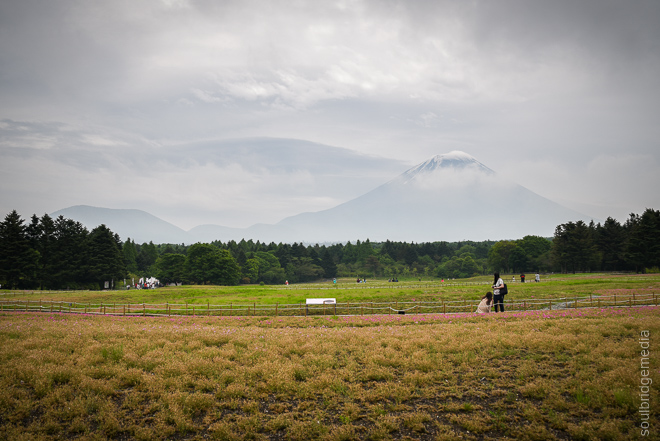
The shibazakura aka pink moss, like the cherry blossoms (sakura), only bloom for a short period each year can be seen in several locations around Japan, though possibly no where quite as prominent as the Fuji Shibazakura festival near lake Motosuko with Mt Fuji as a backdrop. Even though the shibazakura sprouts for the better part of a month, if youre on either end of that window the display can be rather lacklustre. Unfortunately this was the case for us, we caught the tail end of the season, but on the plus side crowds were minimal.
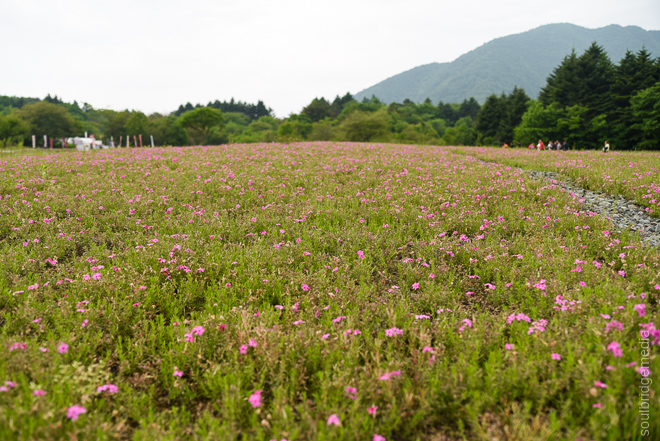
Getting there:
A ticket to the event which includes entry and a round trip bus ticket can be purchased at Kawaguchiko station for around 2000Y (at one of the small outdoor booths closer to the road, not in the station itself. Keep an eye out for signage)
One or two buses leave each hour depending on the time of day (same with returns) with the first one around 8pm. Since the trip takes about an hour, it’s a good idea to get there as early as possible, especially if you’re going during the peak weeks. We noticed an influx of people around late morning.
More info: http://www.japan-guide.com/e/e6919.html
Stay up to date with festival news from the official site: http://www.shibazakura.jp/eng/access/
While the pink moss is the star of the show there are alot of other types of flowers in a variety of colours, shapes and sizes. The fields are vast and even with minimal coverage they are still quite beautiful.
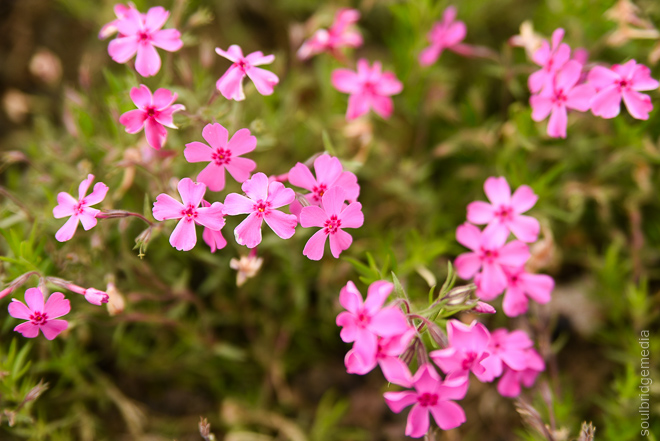
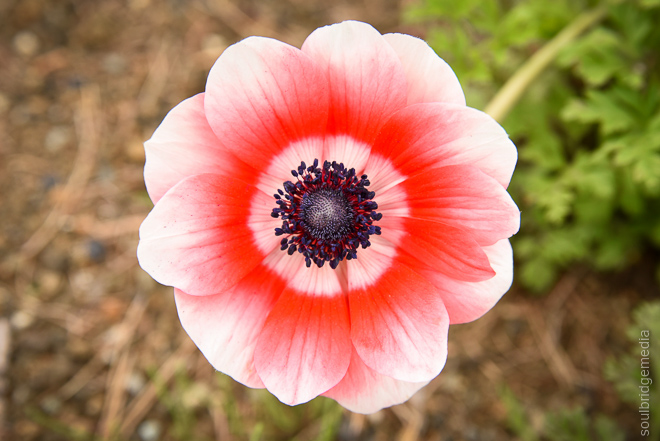
To the rear of the area there are a couple raised viewing decks which would certainly come in handy when things get crowded.
The fields are surrounded by large forest trees which are a sight themselves.
Finally, what would a Japanese flower festival be without some delicious food? There is a sizeable food court area featuring rows of tents with themed meals and snacks alongside local staples like noodles and monster sized pork buns. Back towards the entrance there is also a small area selling souvenirs.
We found a few hours here was enough time to leisurely stroll around, have a bite to eat and spend some time trying to find the right people-less angle to get a good photo. Not an easy task even with sparse traffic.
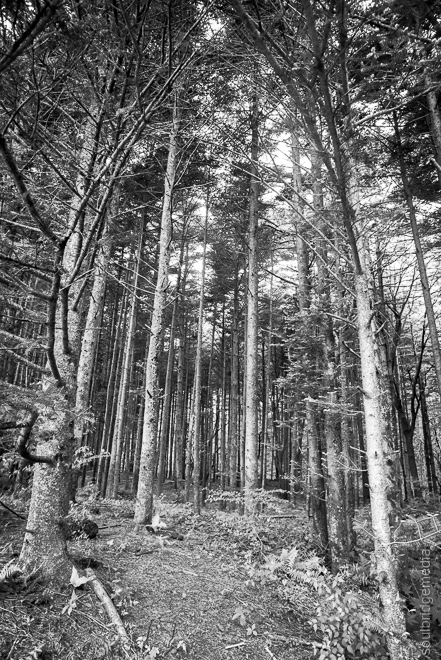
Travel tip: The area is up in the mountains and the festival itself is in a large open area with no shelter, couple that with the time of year, a hoodie, rain jacket and pants is a must even if it’s a little warm when you leave Kawaguchiko (if that’s where you’re staying). Wind and rain (very heavy mist) can come out of nowhere unexpectedly.
—
Chuerito Pagoda – Arakurayama Sengen Park
Of all the classic photos of Japan, the Chuerito pagoda in Arakurayama Sengen park would easily be in the top five. Mostly known for THAT view its hard to resist the trek up the mountain if you’re staying in Kawaguchiko.
Getting there:
Train from Kawaguchiko station > change at Fujisan station > Shimoyoshida station, then its about 1km walk to the start of the park via small lanes and backyard rice paddies, just follow the signs. Grab a quick photo of the map at the station to help with reference along the way. Oh and don’t be alarmed with the rolling thunder and screaming off in the distance, that’s just a few hundred people defying death over at Fuji Q Highland!
Travel tip: the walk up the mountain is via several steep flights of stairs or a winding access road (which doesn’t seem to be open to the public), there are also some bush walking tracks near the top so sturdy footwear is the way to go.
Photo tip: there are several vantage points along the route for photos – the gardens near the shrine, look out points along the way and of course the pagoda money shot. Ideally you’d want to go when the blossoms are blooming but as you can see the views can be just as nice off season.
Travel tip: there’s free wifi at the pagoda so you can hit the ‘gram even if you don’t have a local sim.
If you came up via the stairs, we recommend going down via the road for a change of pace and scenery (and a bit easier on the knees). Finally, remember to keep an eye on the time, the train services tend to thin out in the evening.
Next up, our last day in Kawaguchiko at Fuji-Q Highlands!
Got questions? We got answers! If not, we’ll make them up! Give us a yell on facebook.
Japan 2016 part #1 – Travelling with a plus one
Japan 2016 part #2 – Yokohama
Japan 2016 part #3 – Gotemba to Kawaguchiko
Japan 2016 part #4 – Fuji Shibazakura Festival and Chureito Pagoda
Japan 2016 part #5 – Fuji Q Highland
Japan 2016 part #6 – Matsumoto, Alpine Route, Snow Corridor
Japan 2016 part #7 – Matsumoto castle, Ashikaga Flower park
Japan 2016 part #8 – Tokyo Skytree, Ueno
Japan 2016 part #9 – Tokyo wandering, Odaiba + Disney Sea

